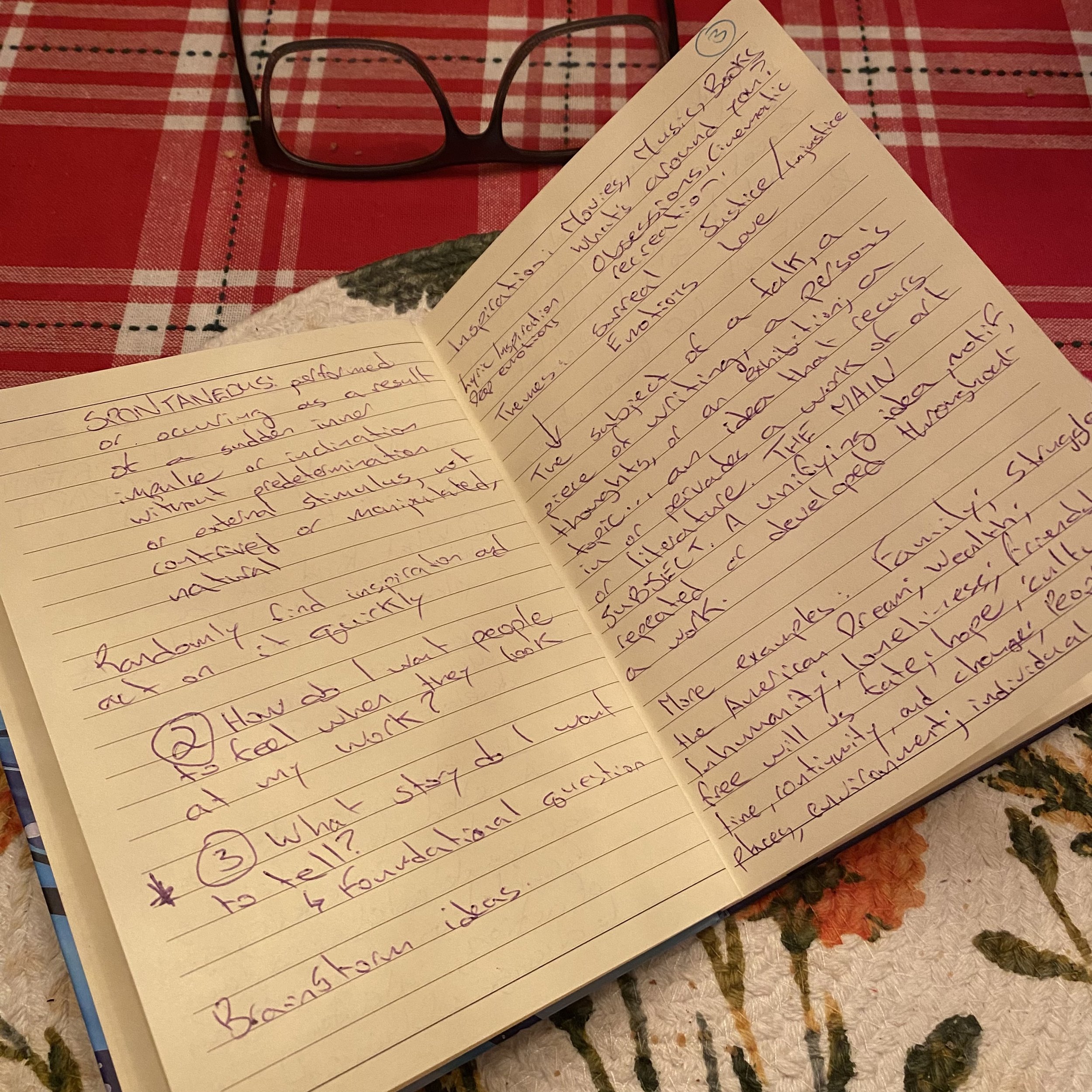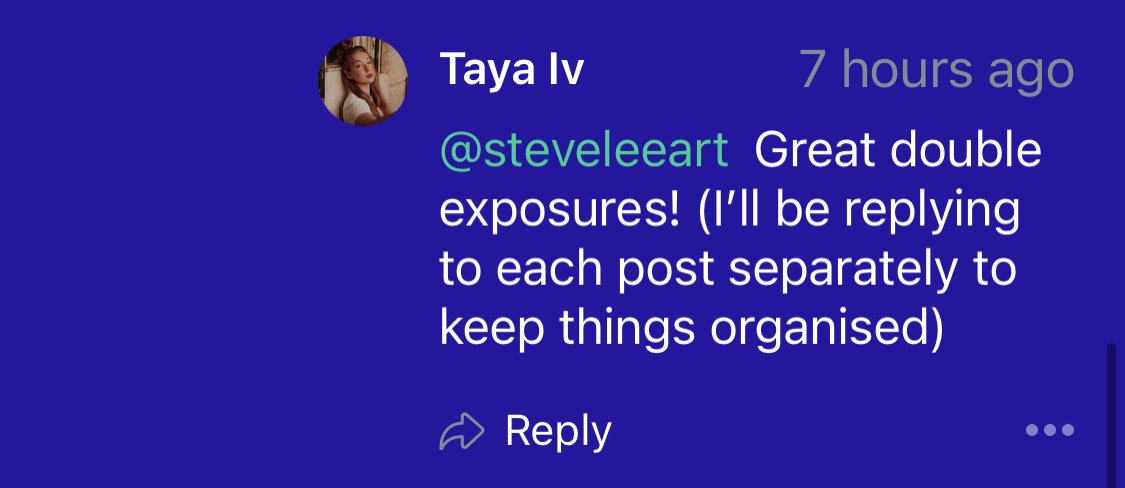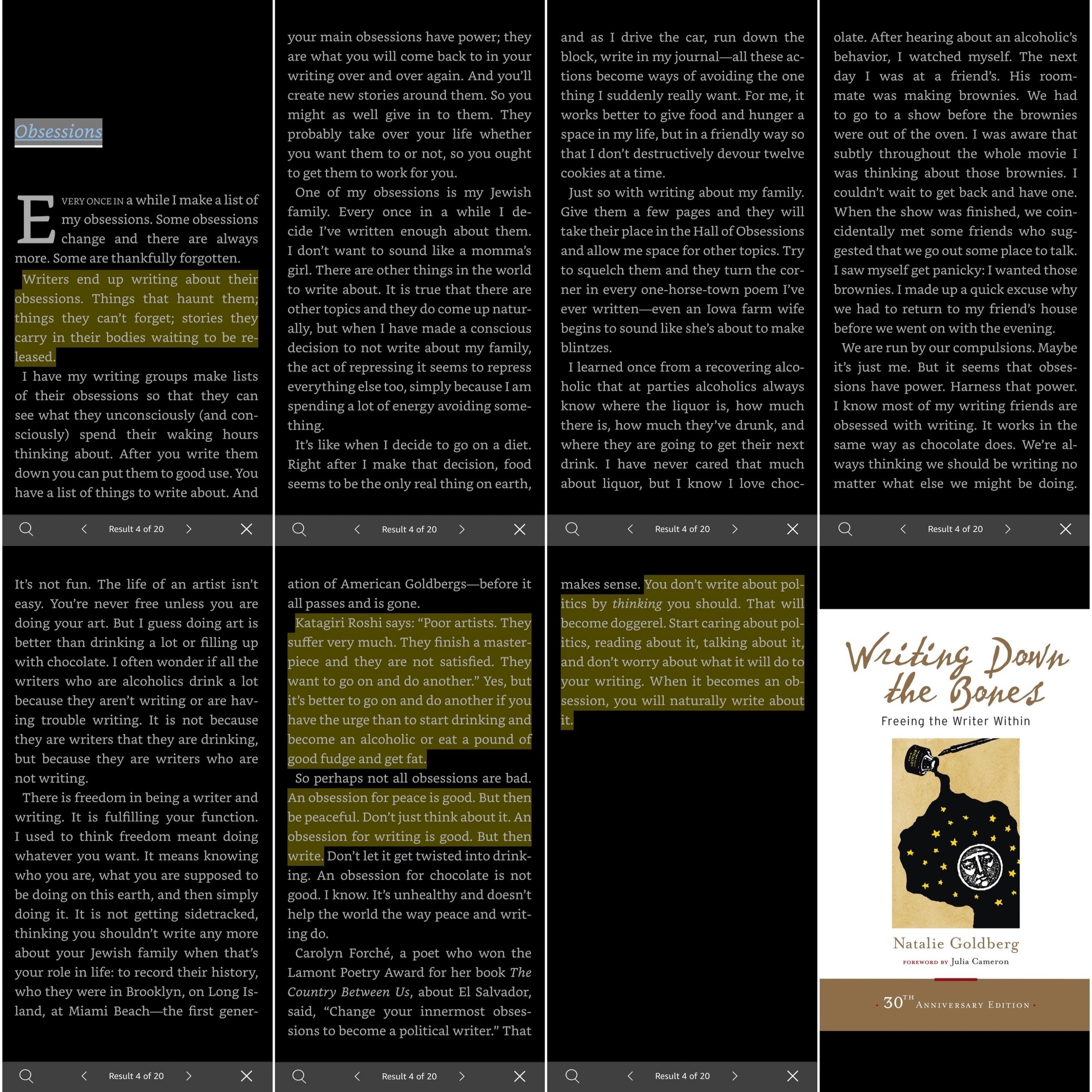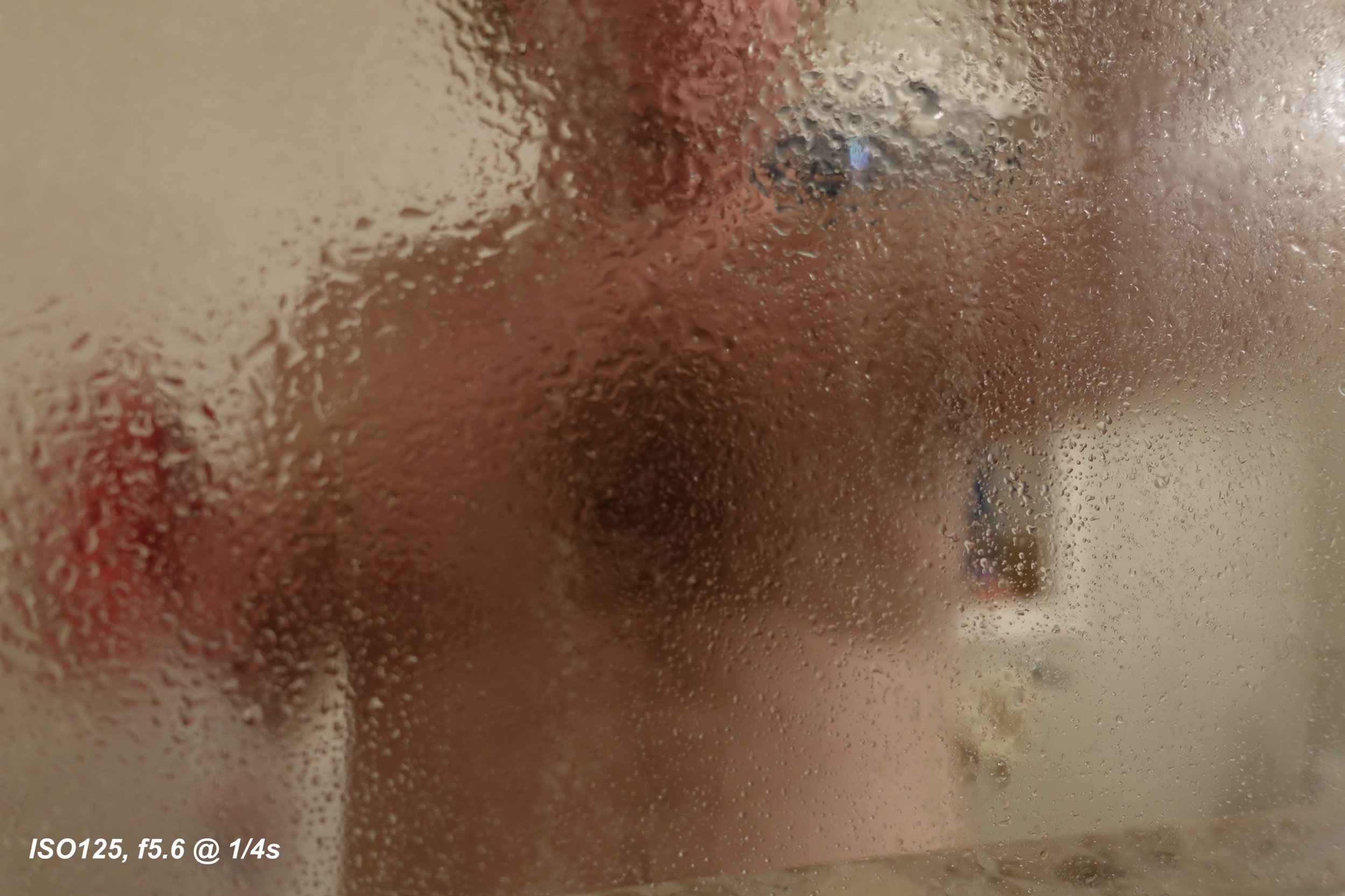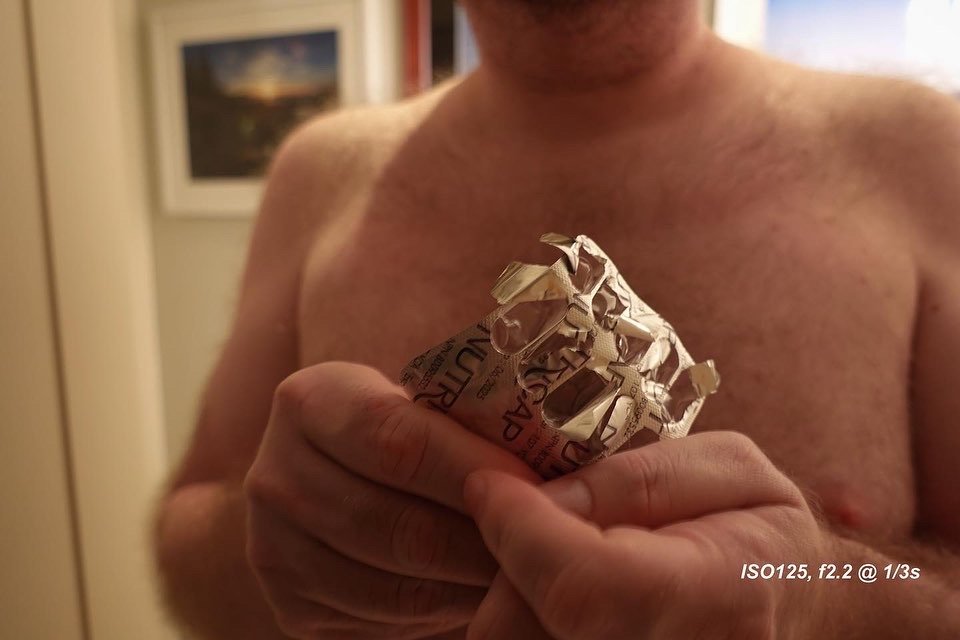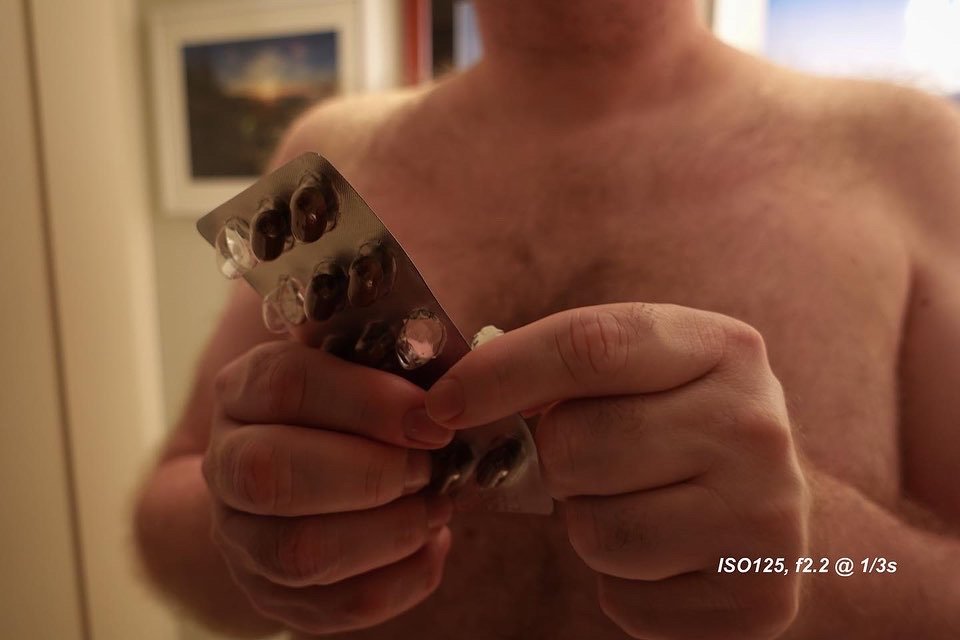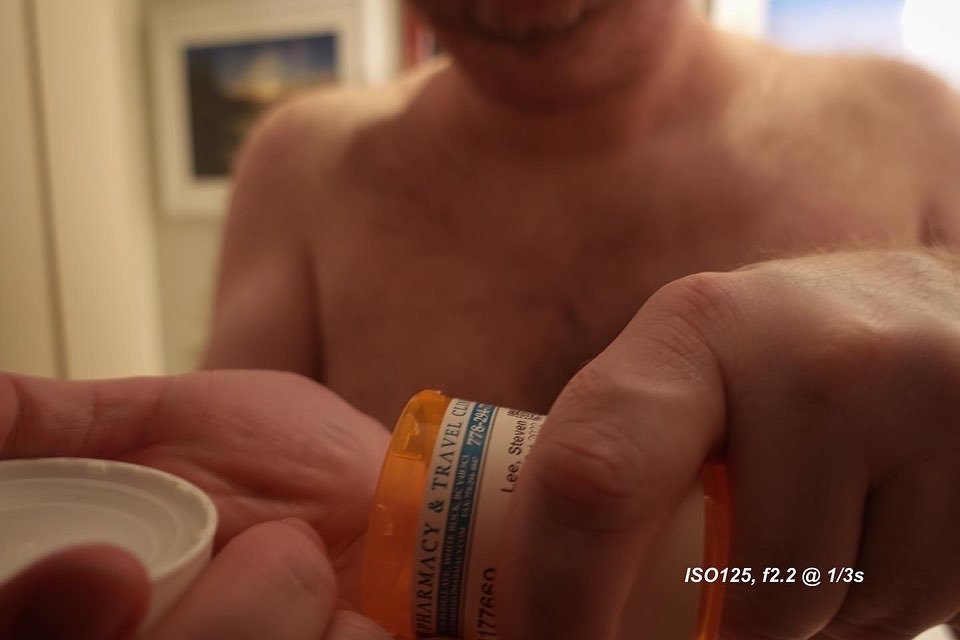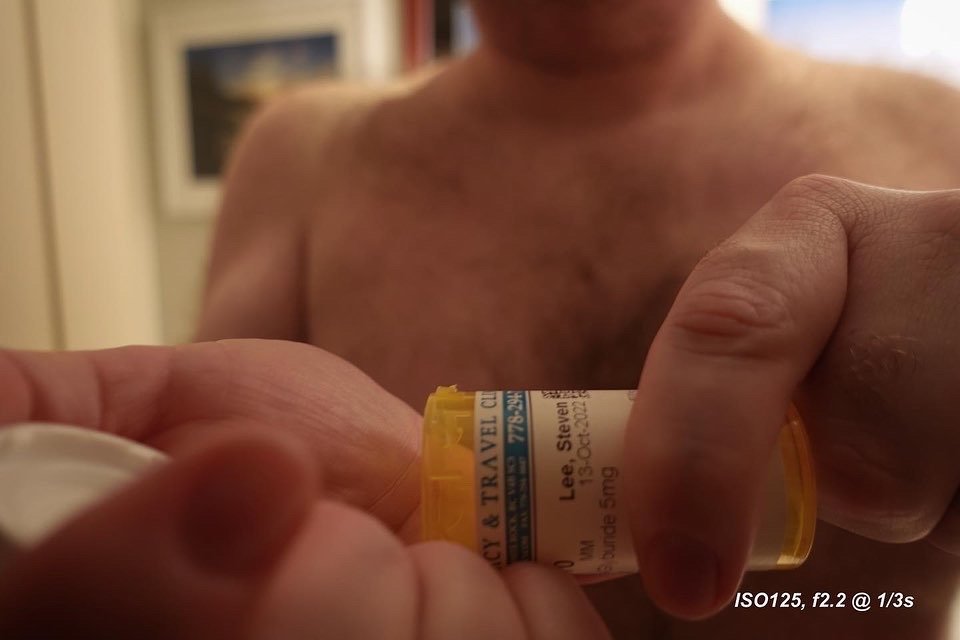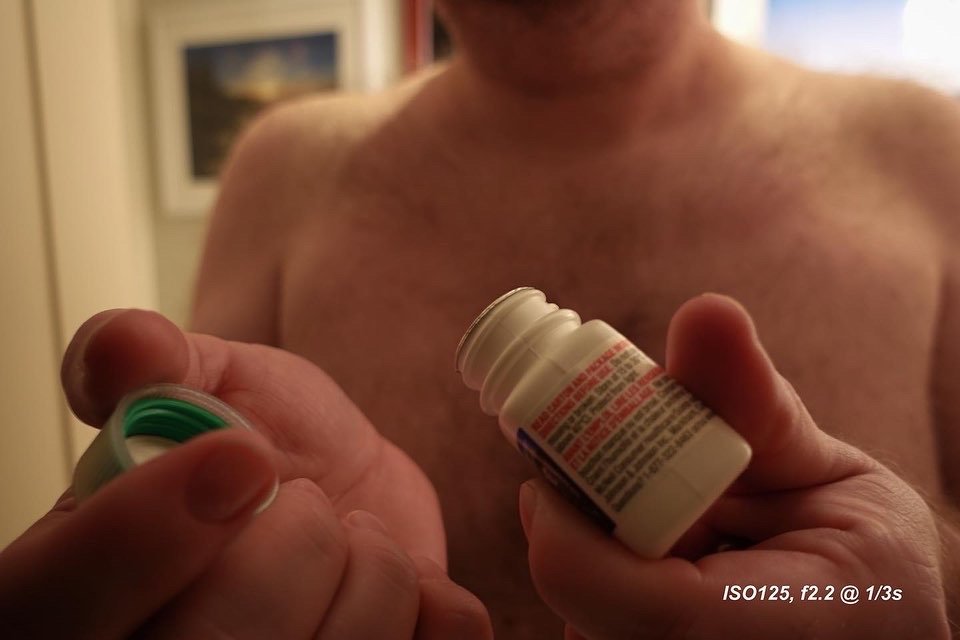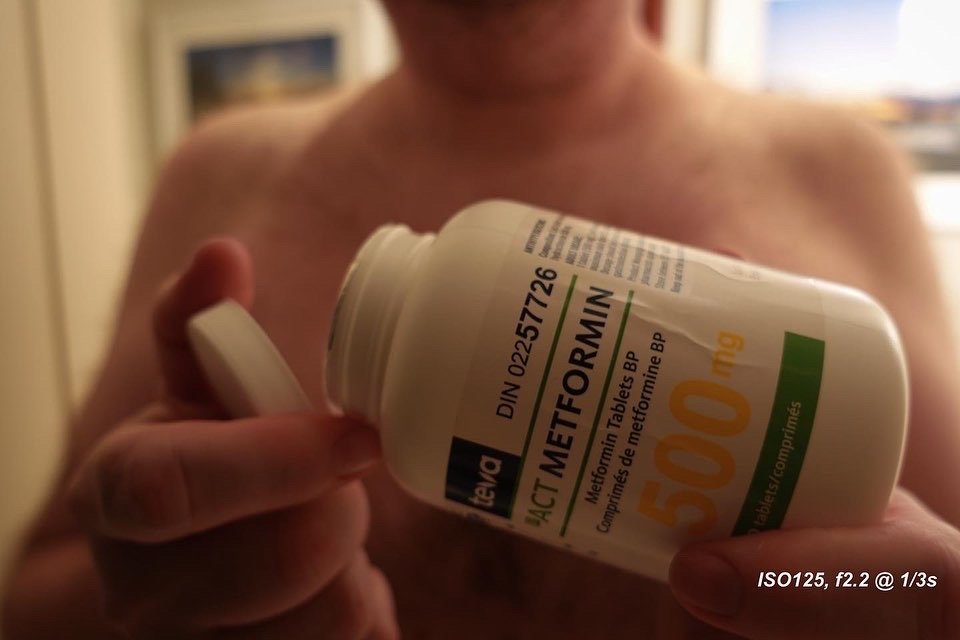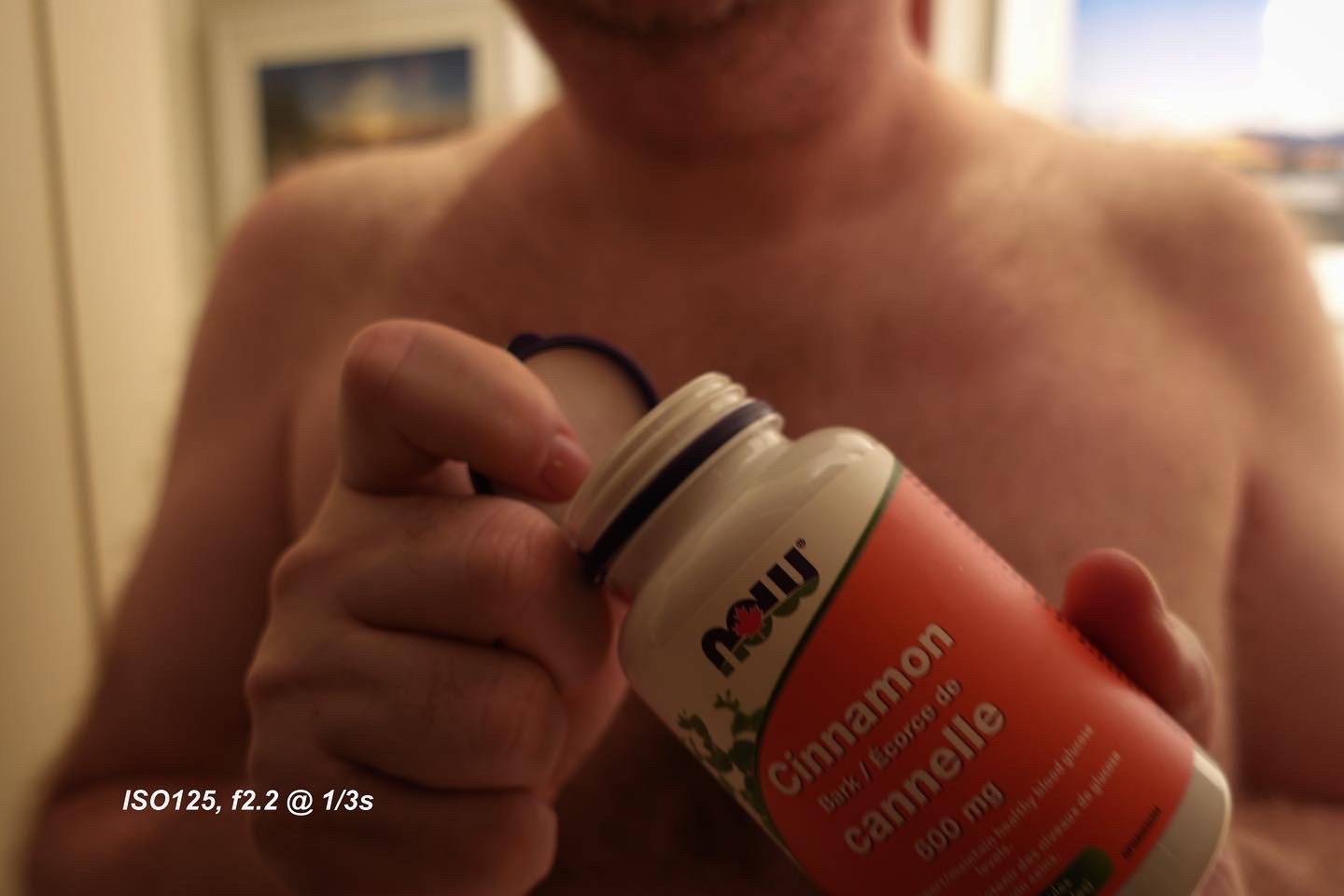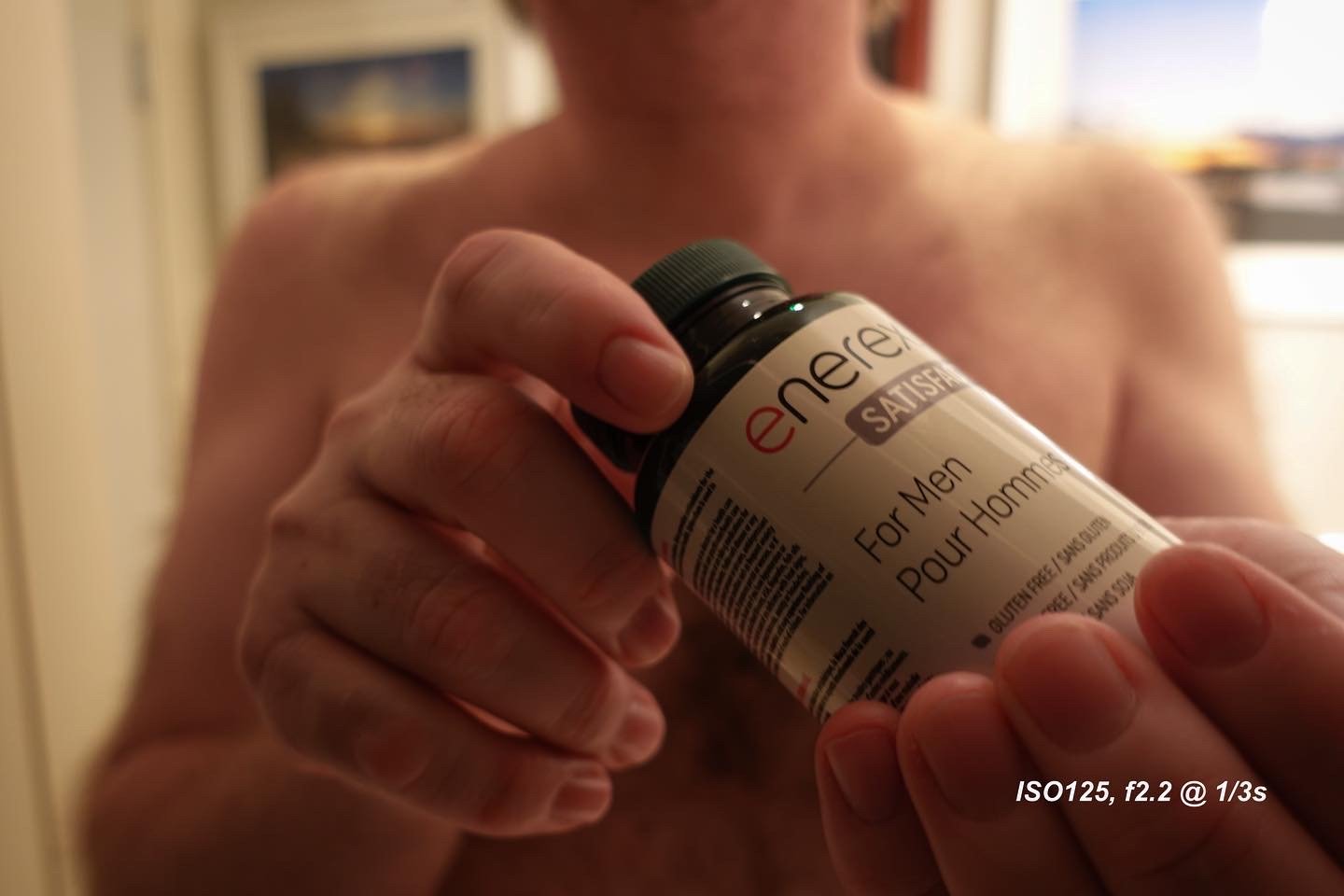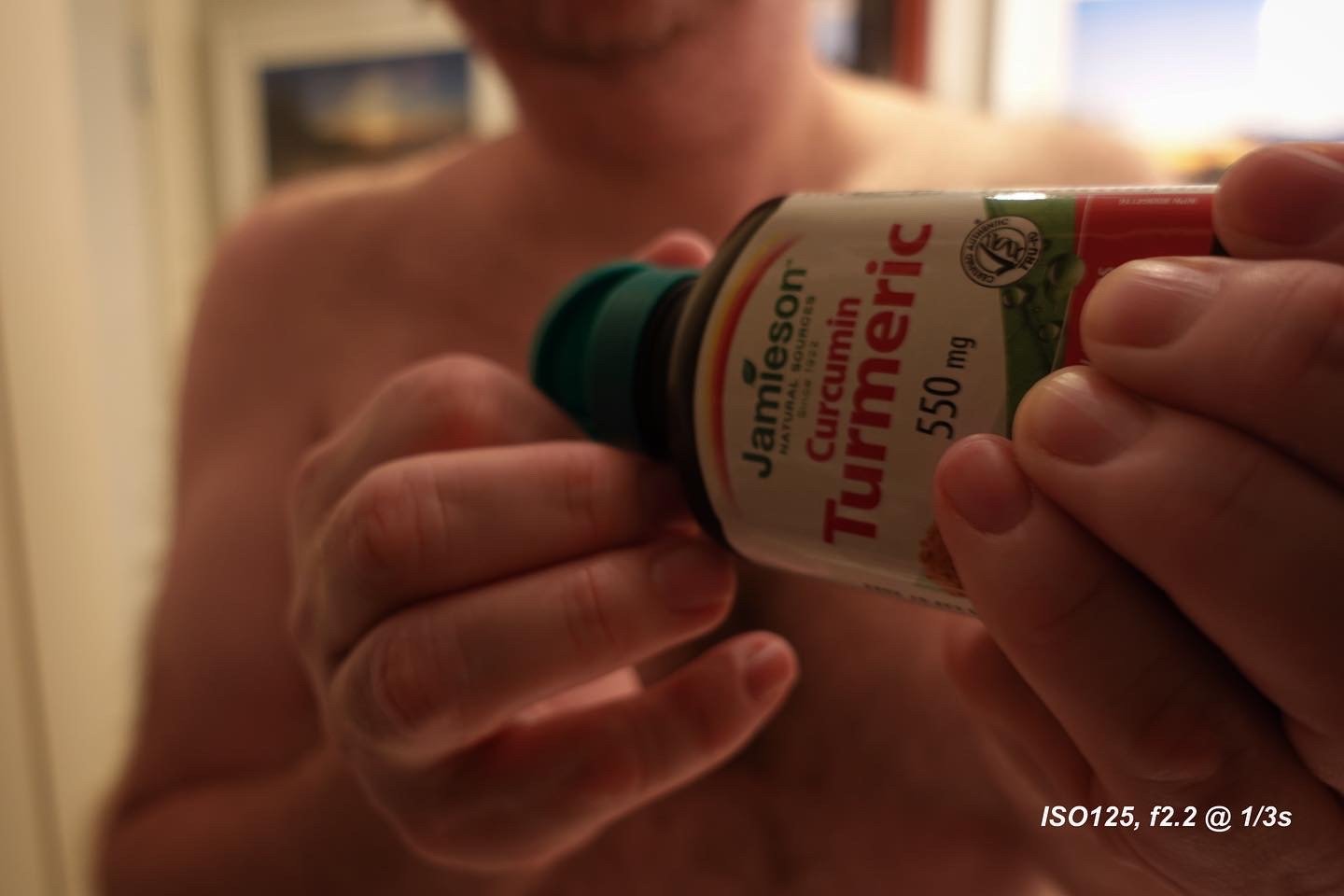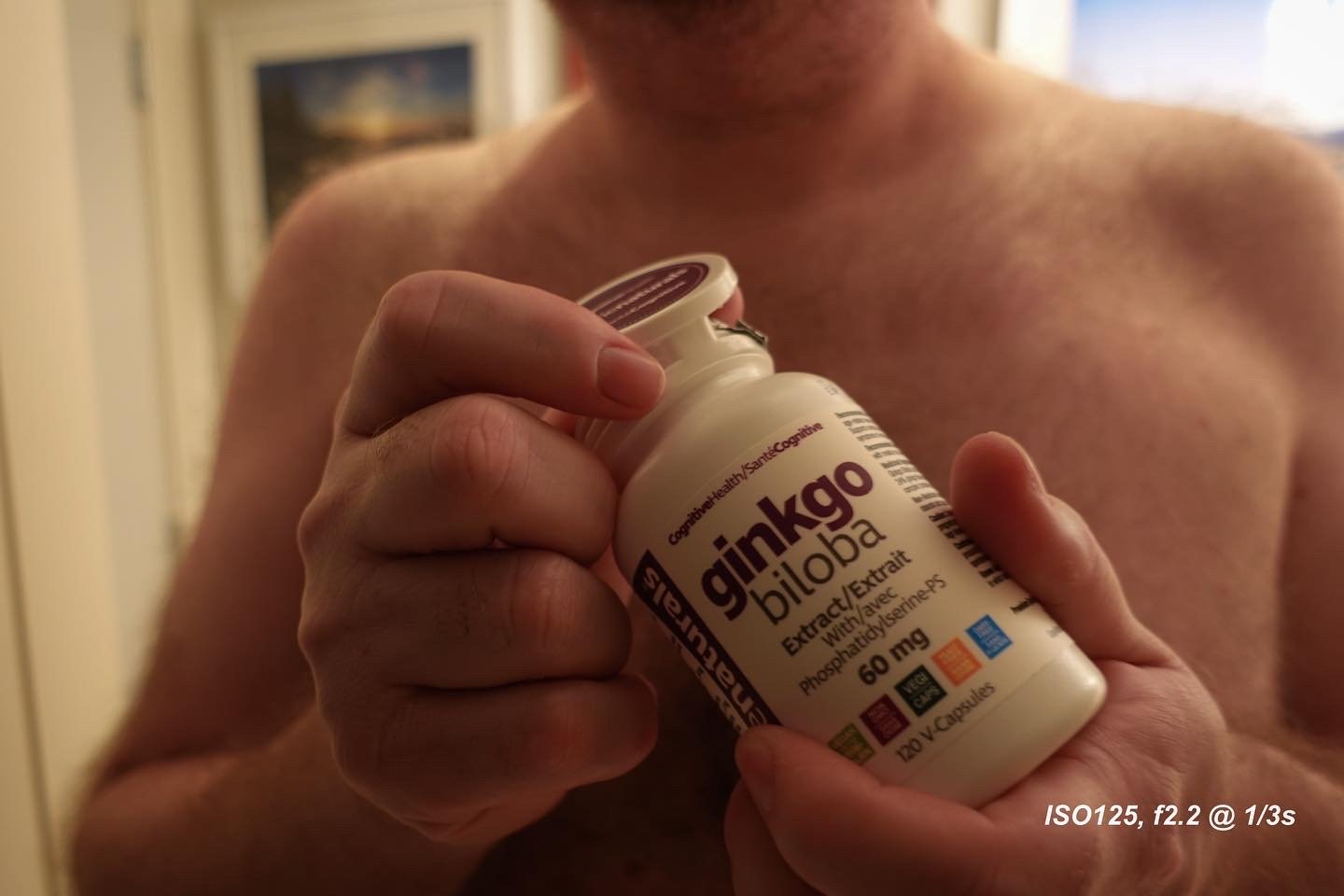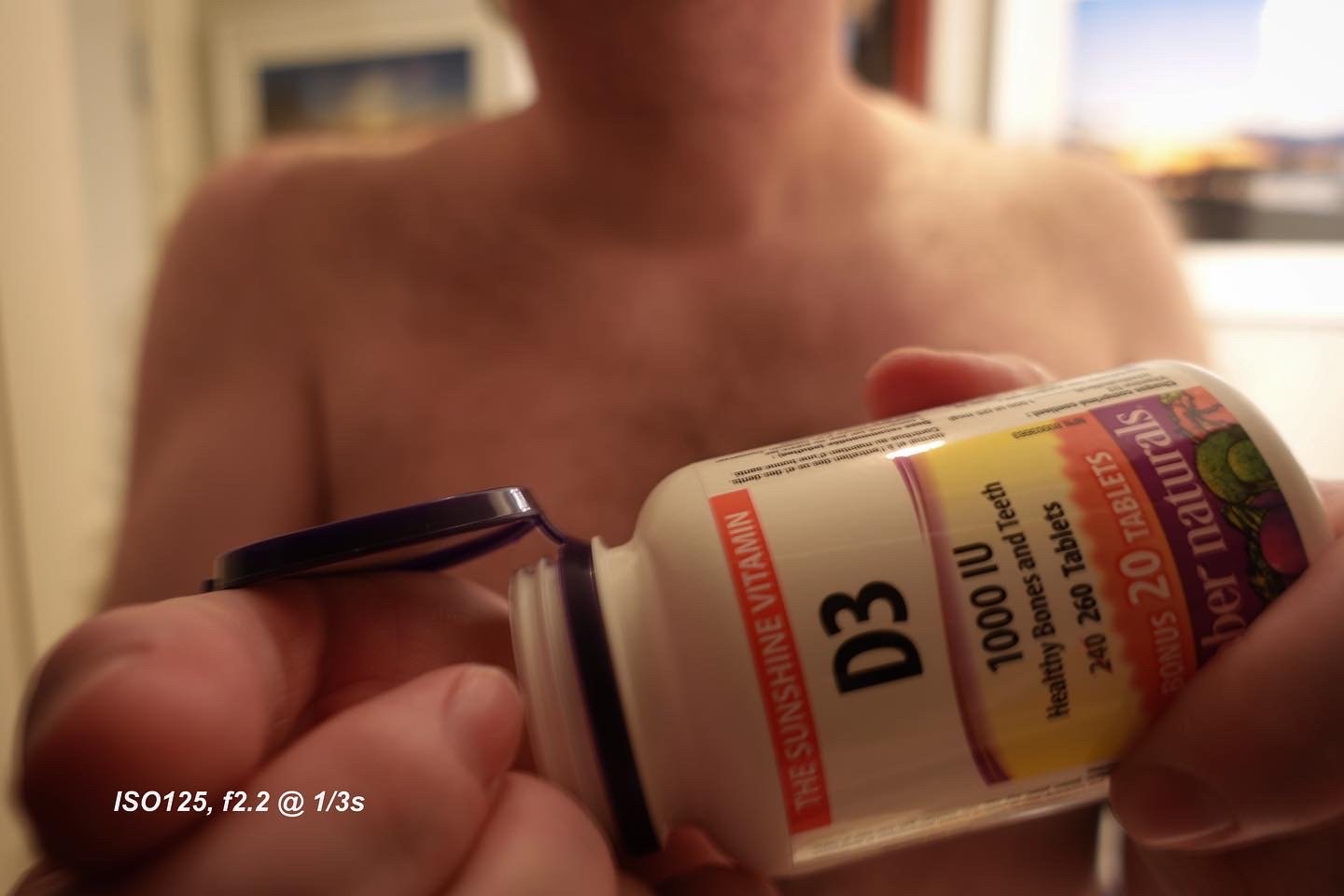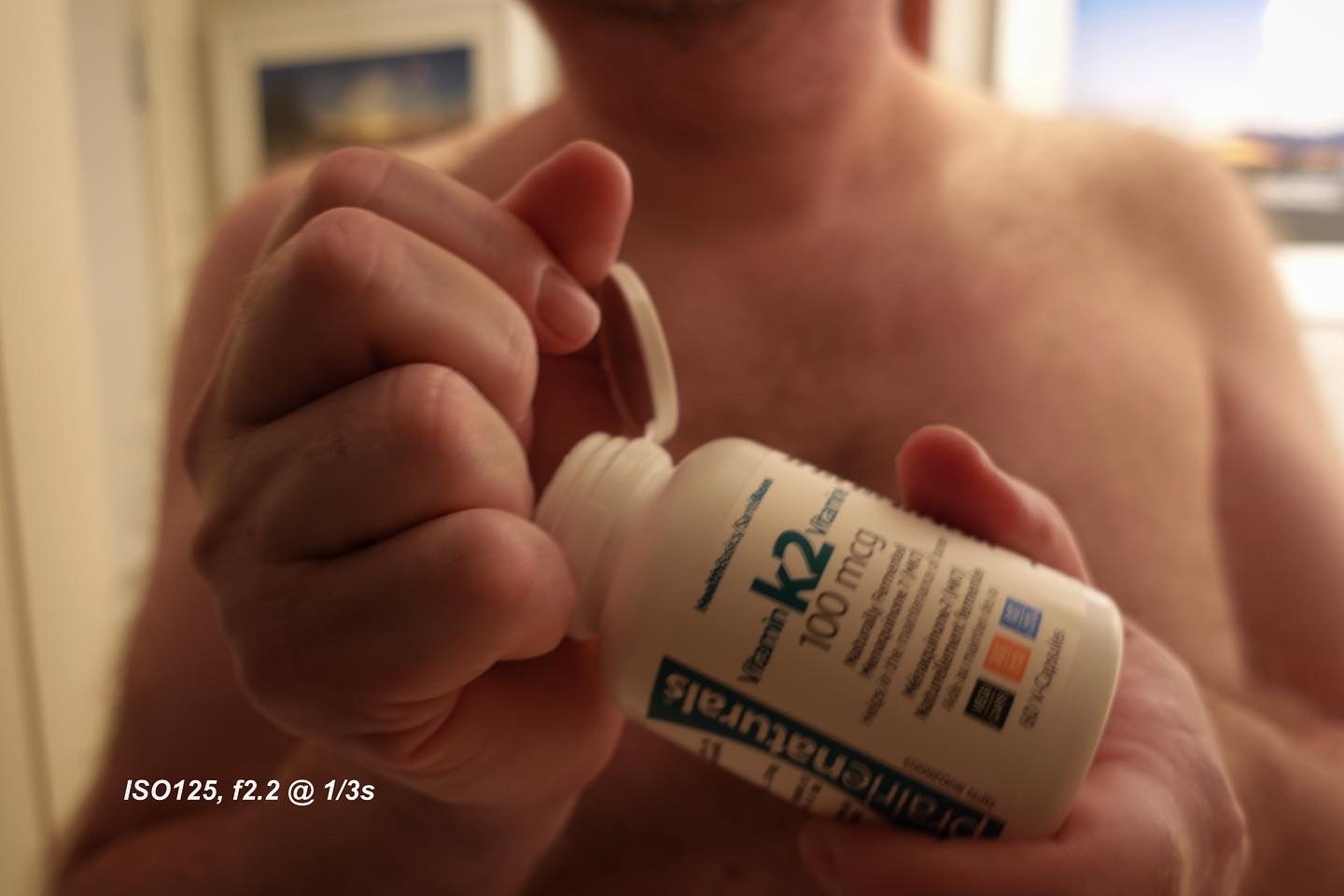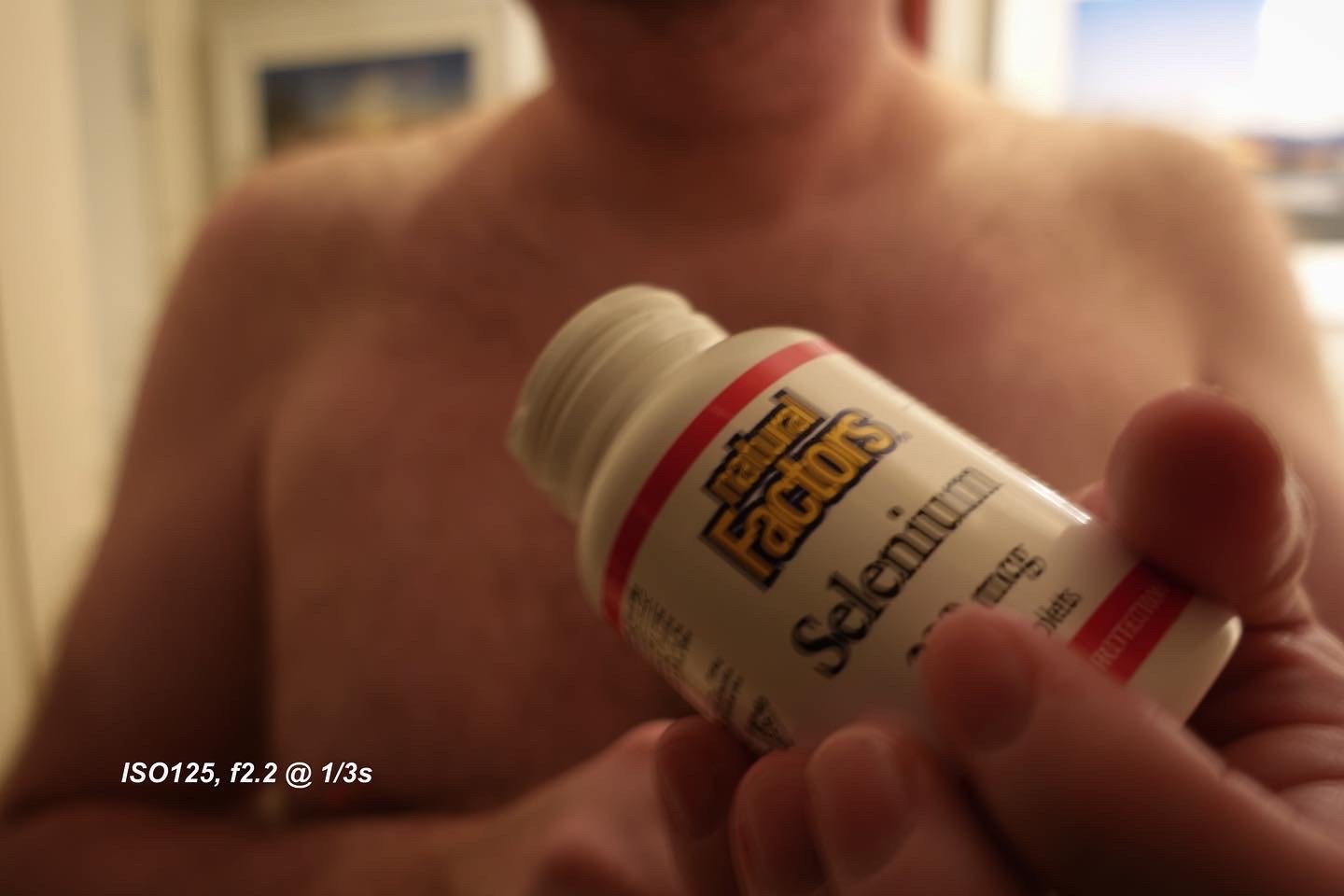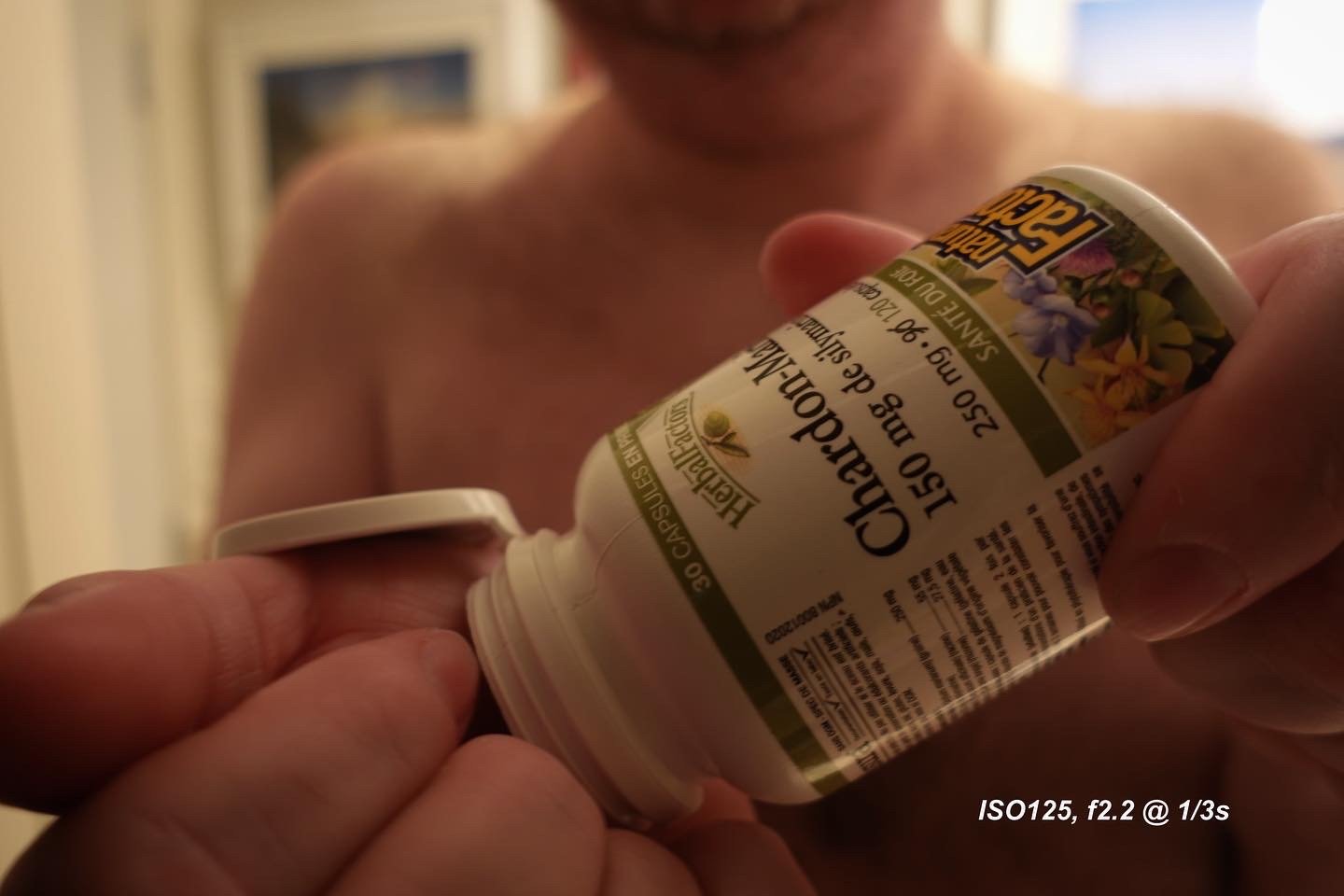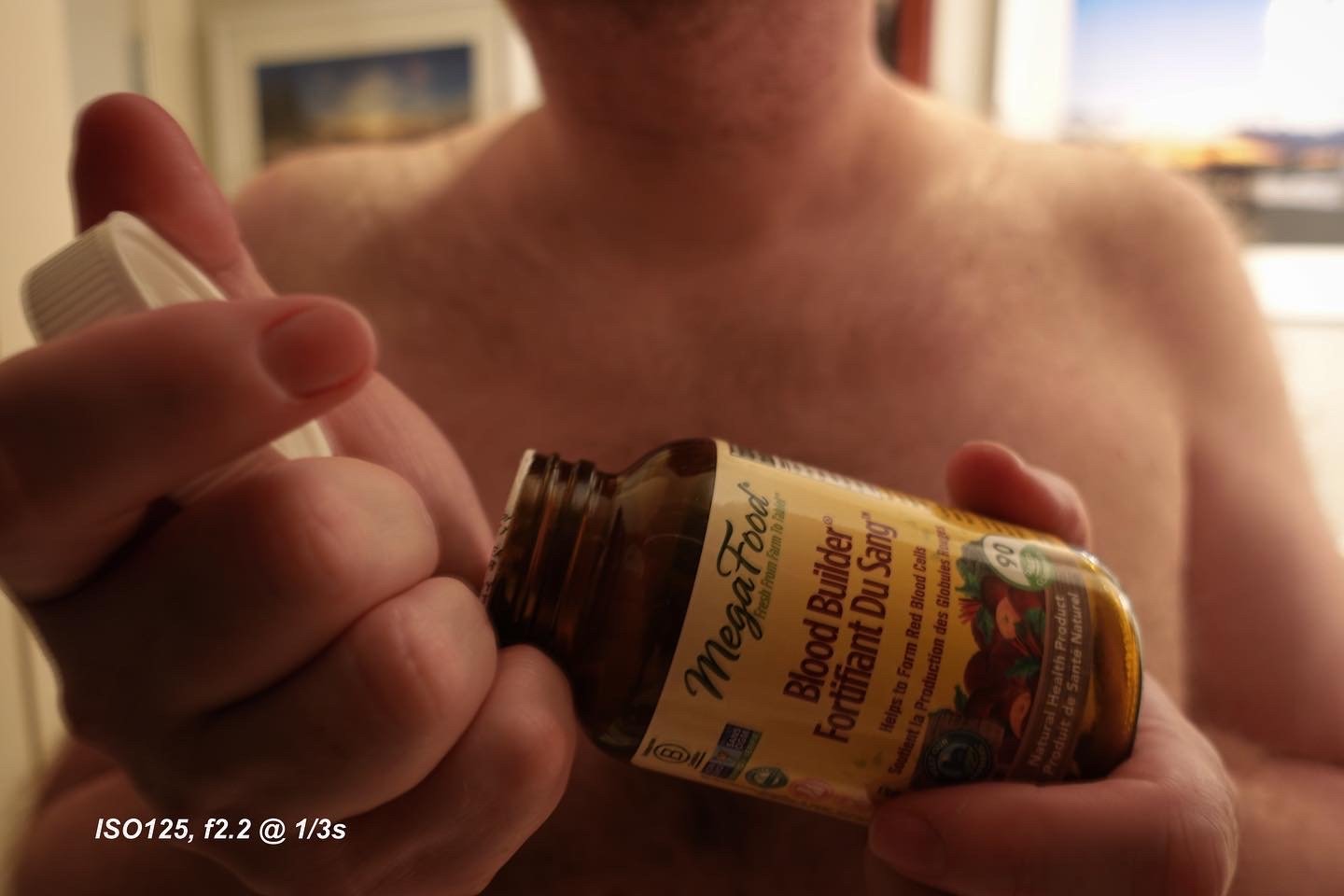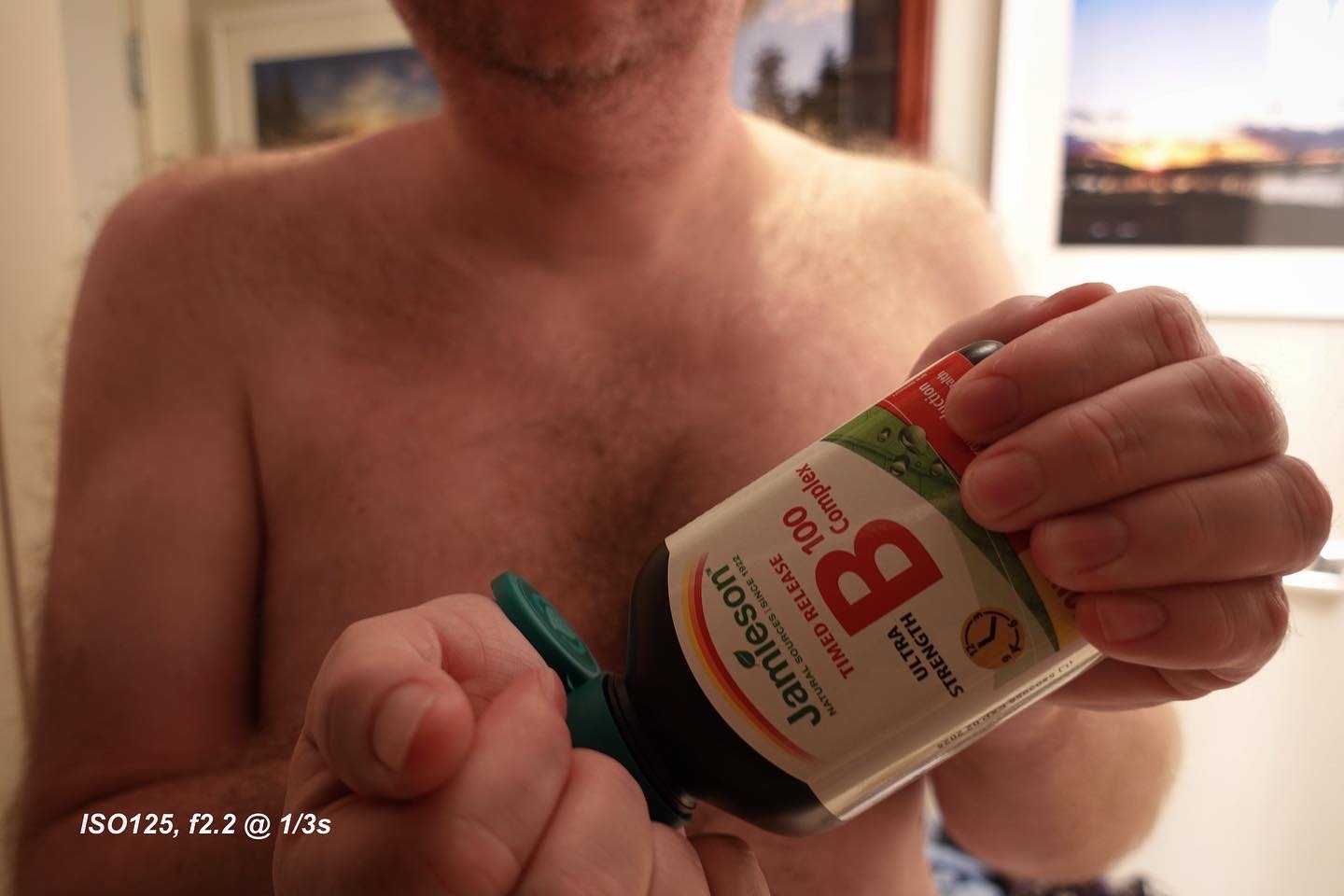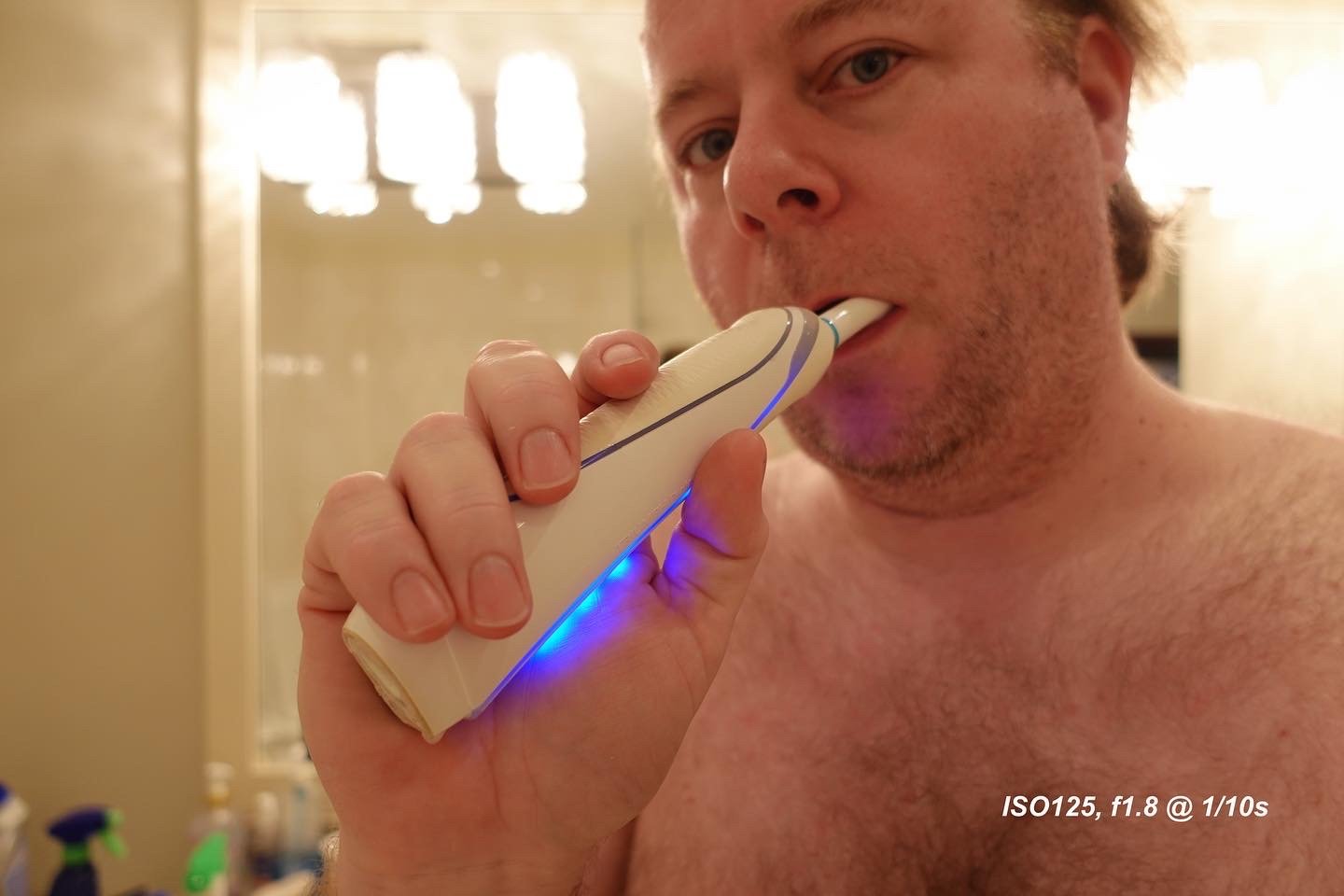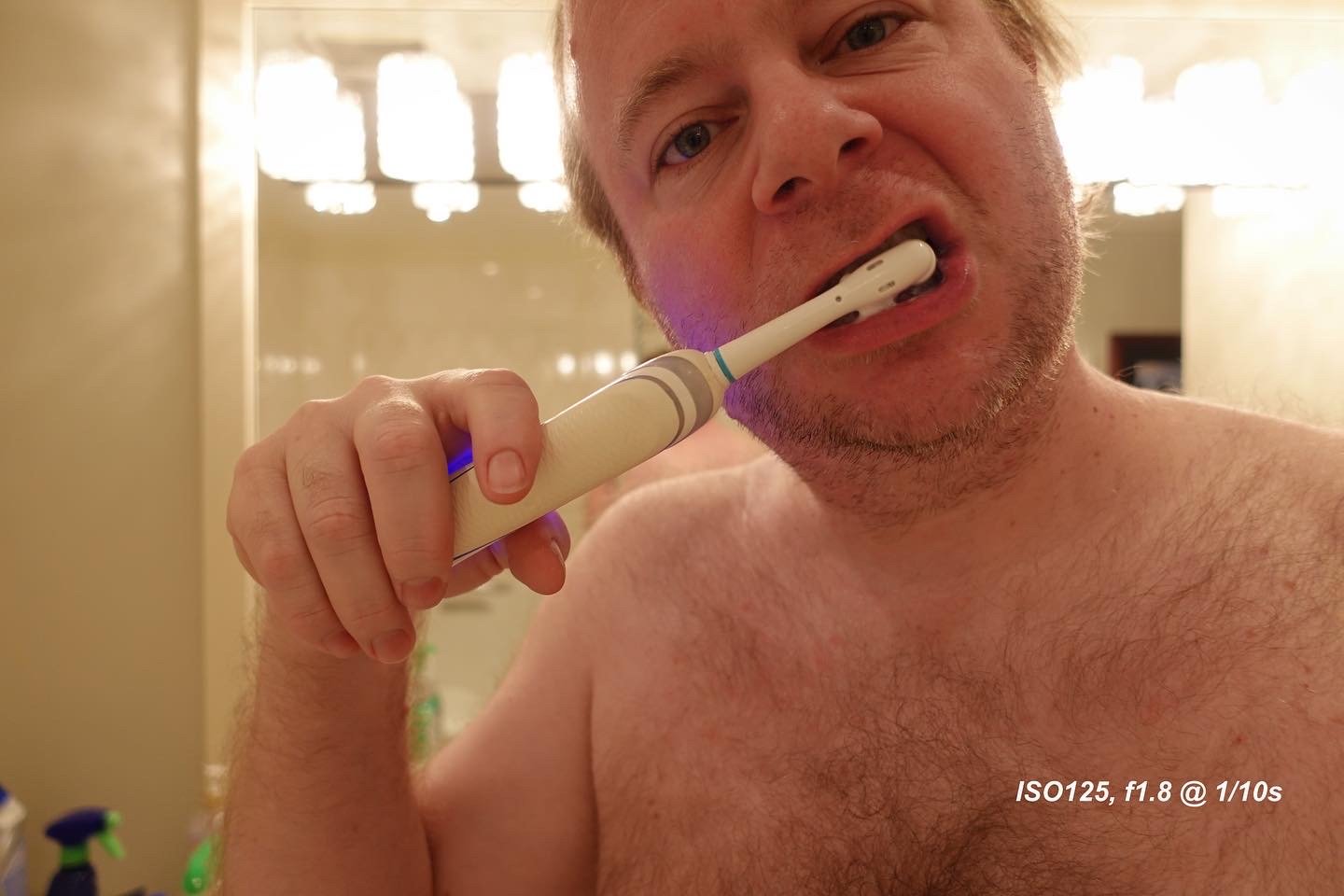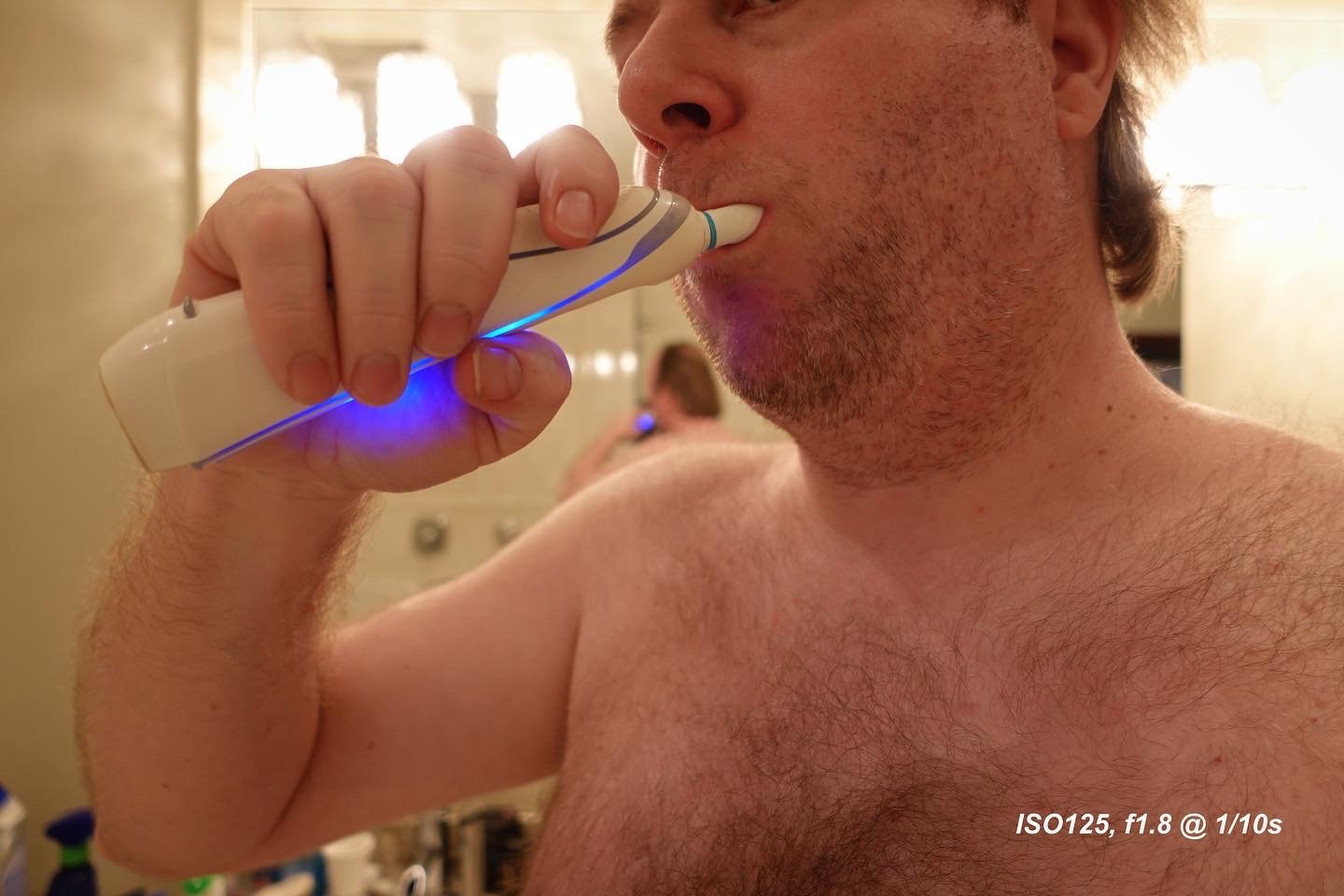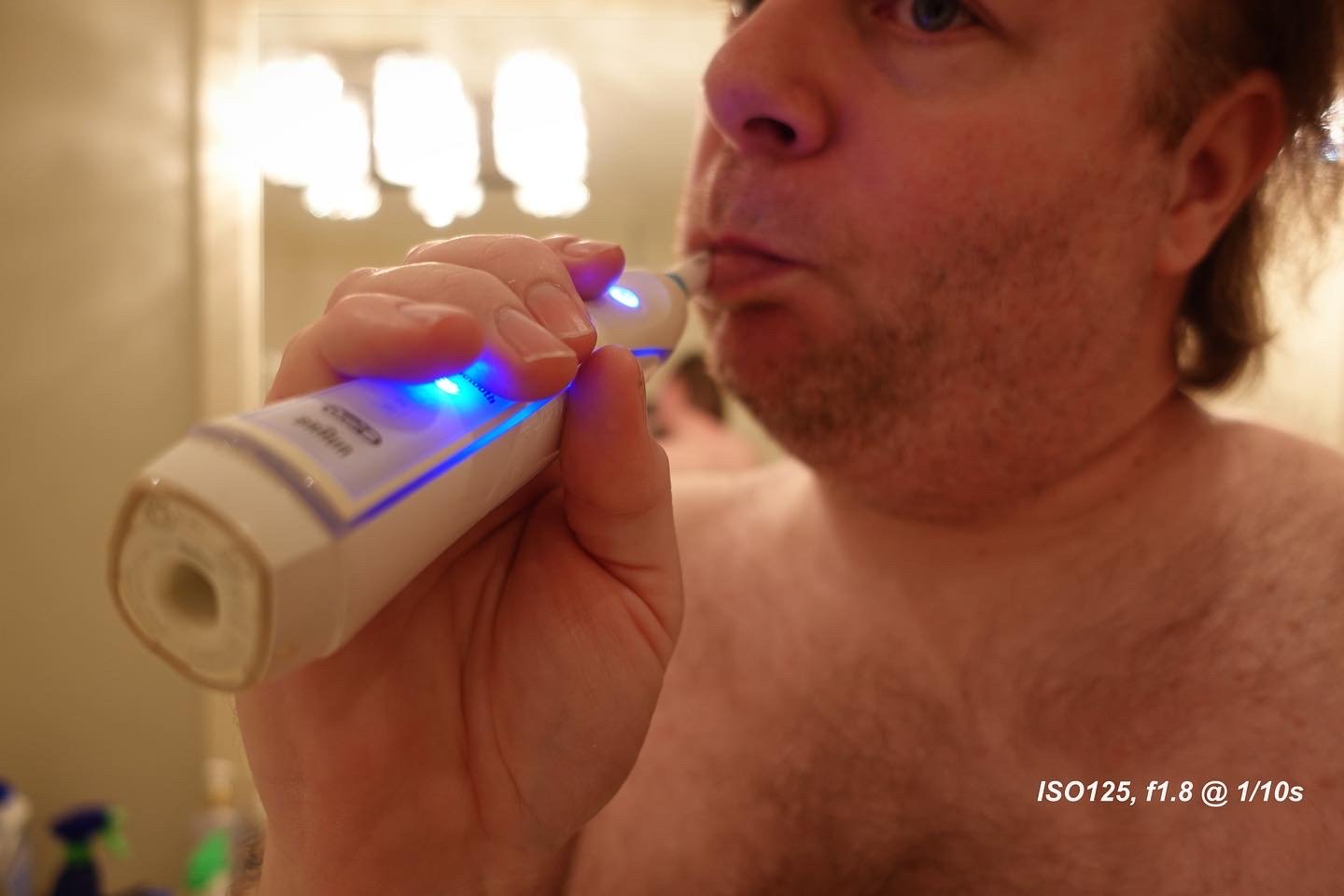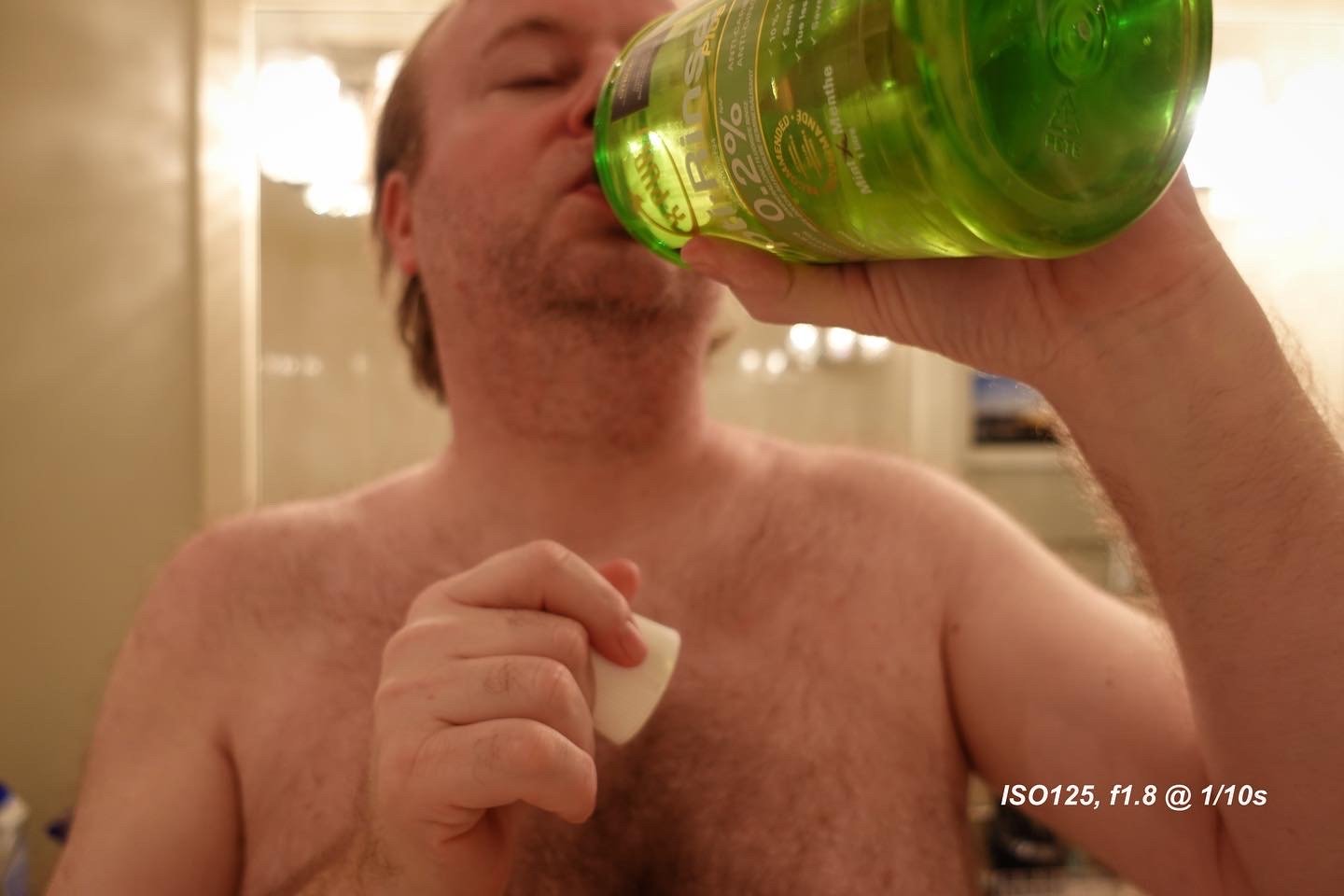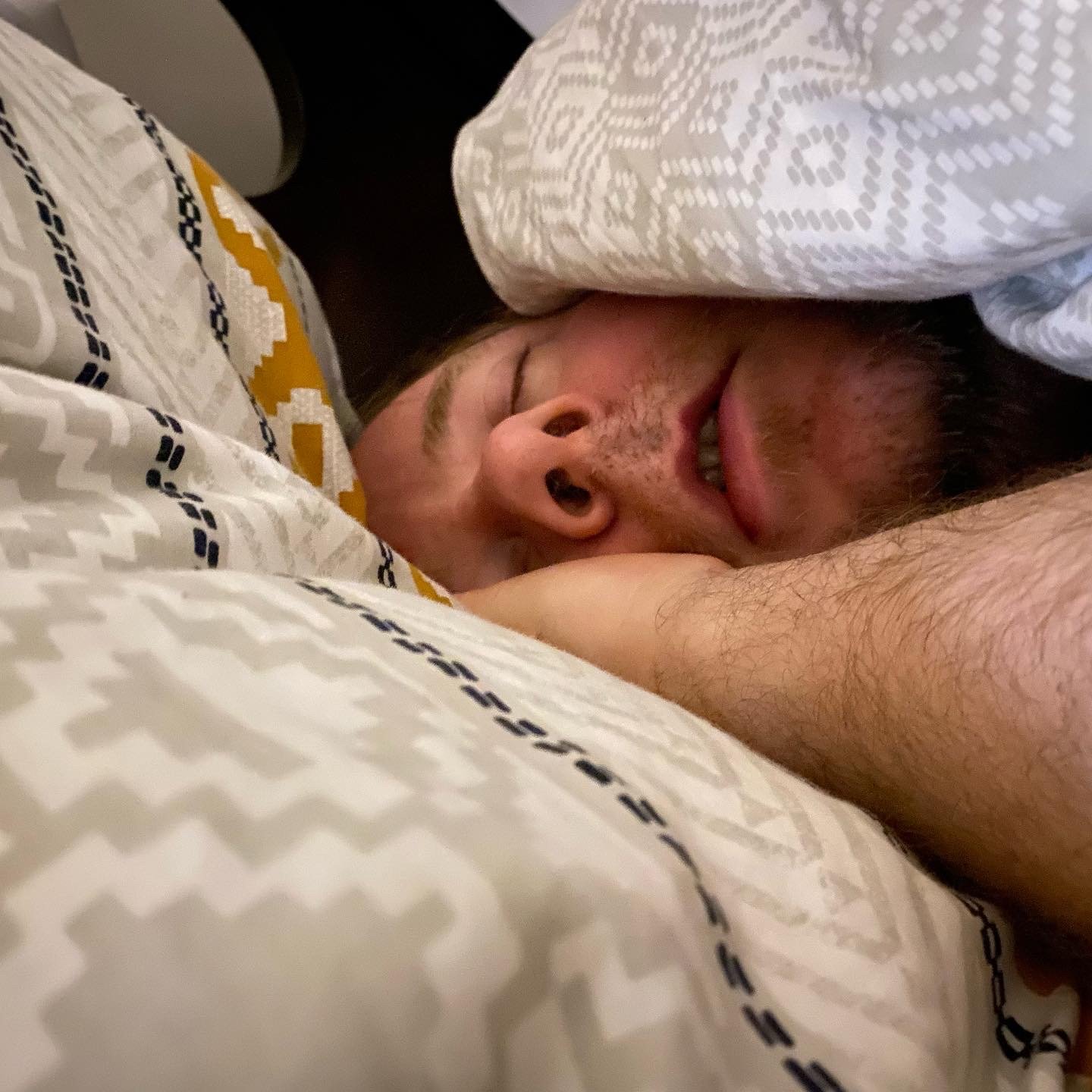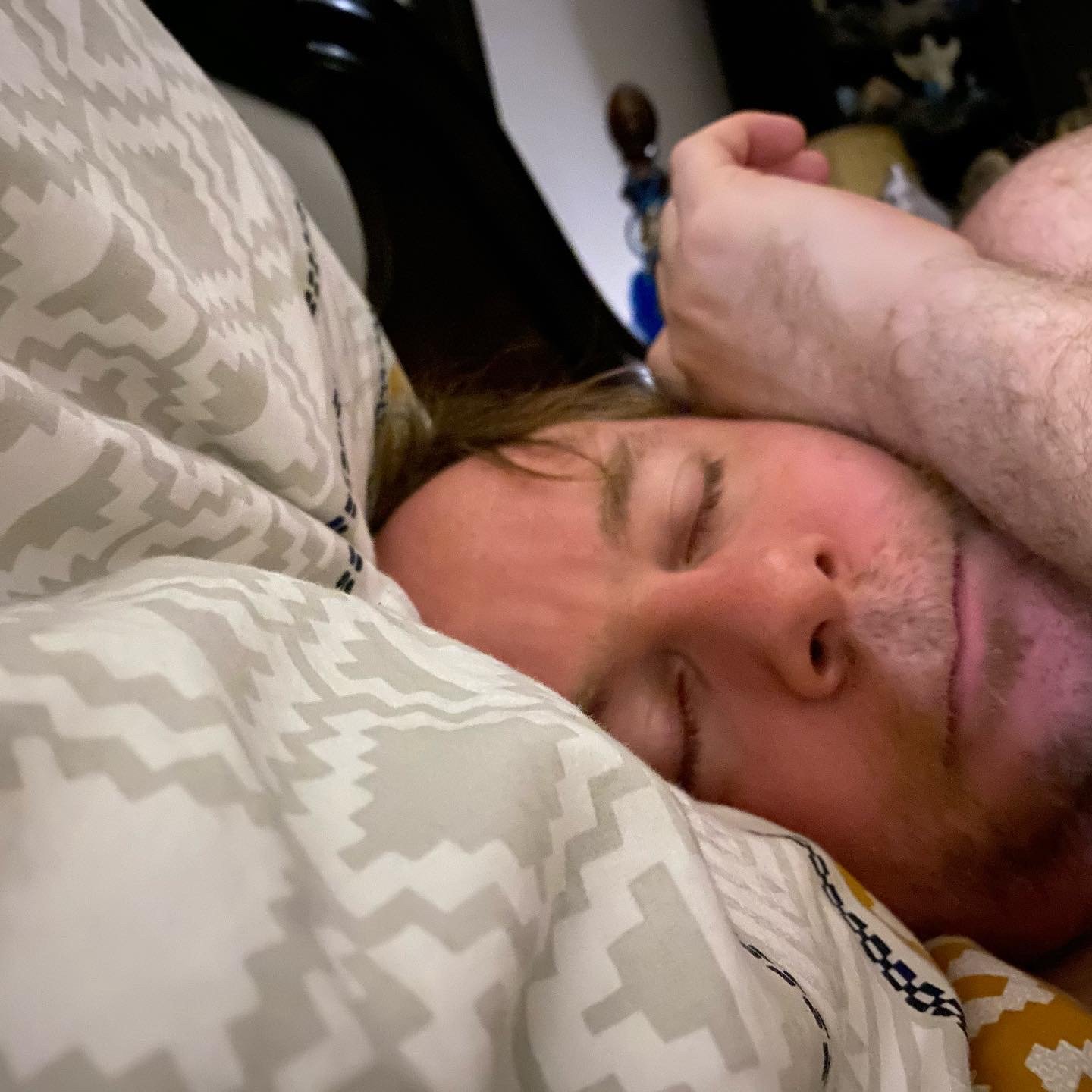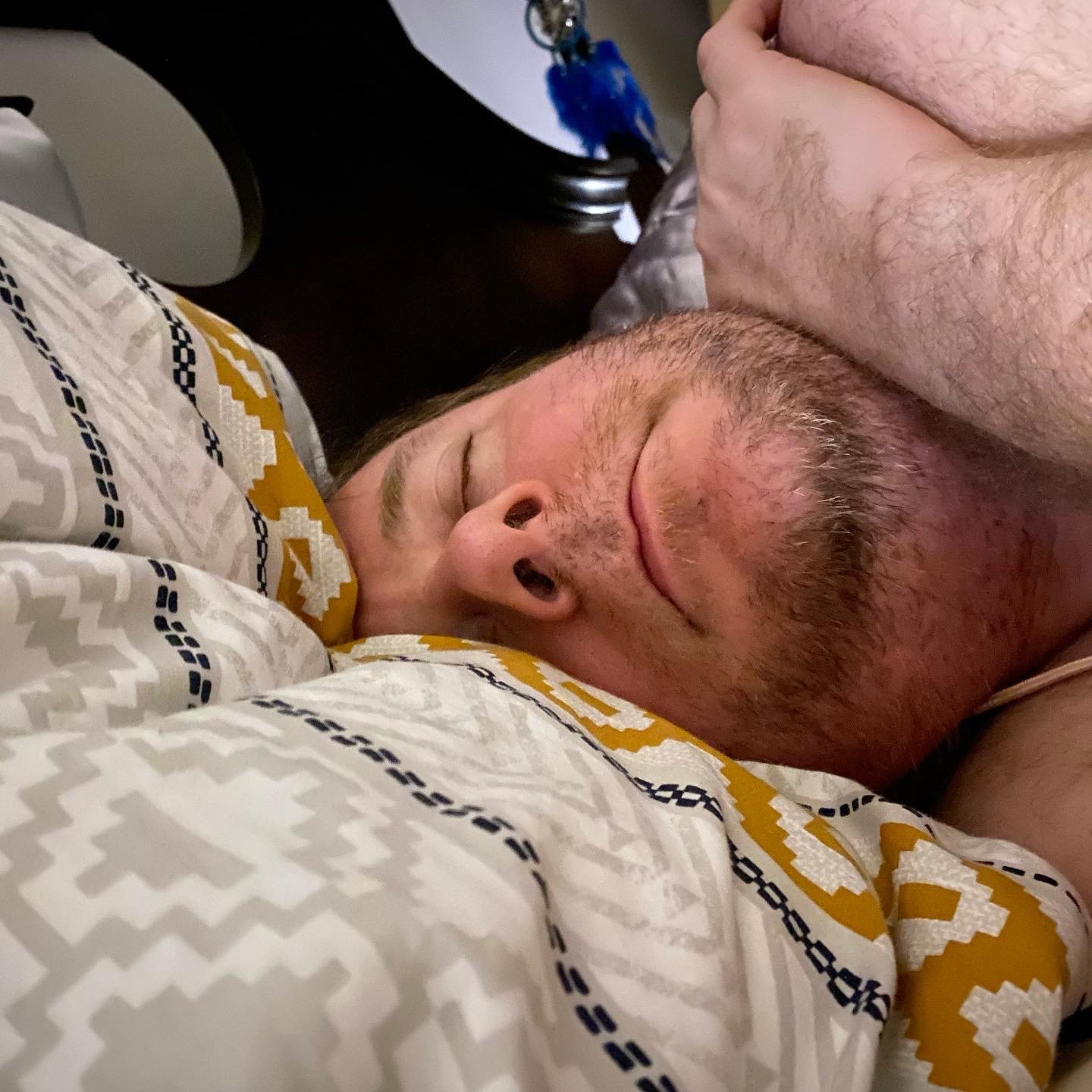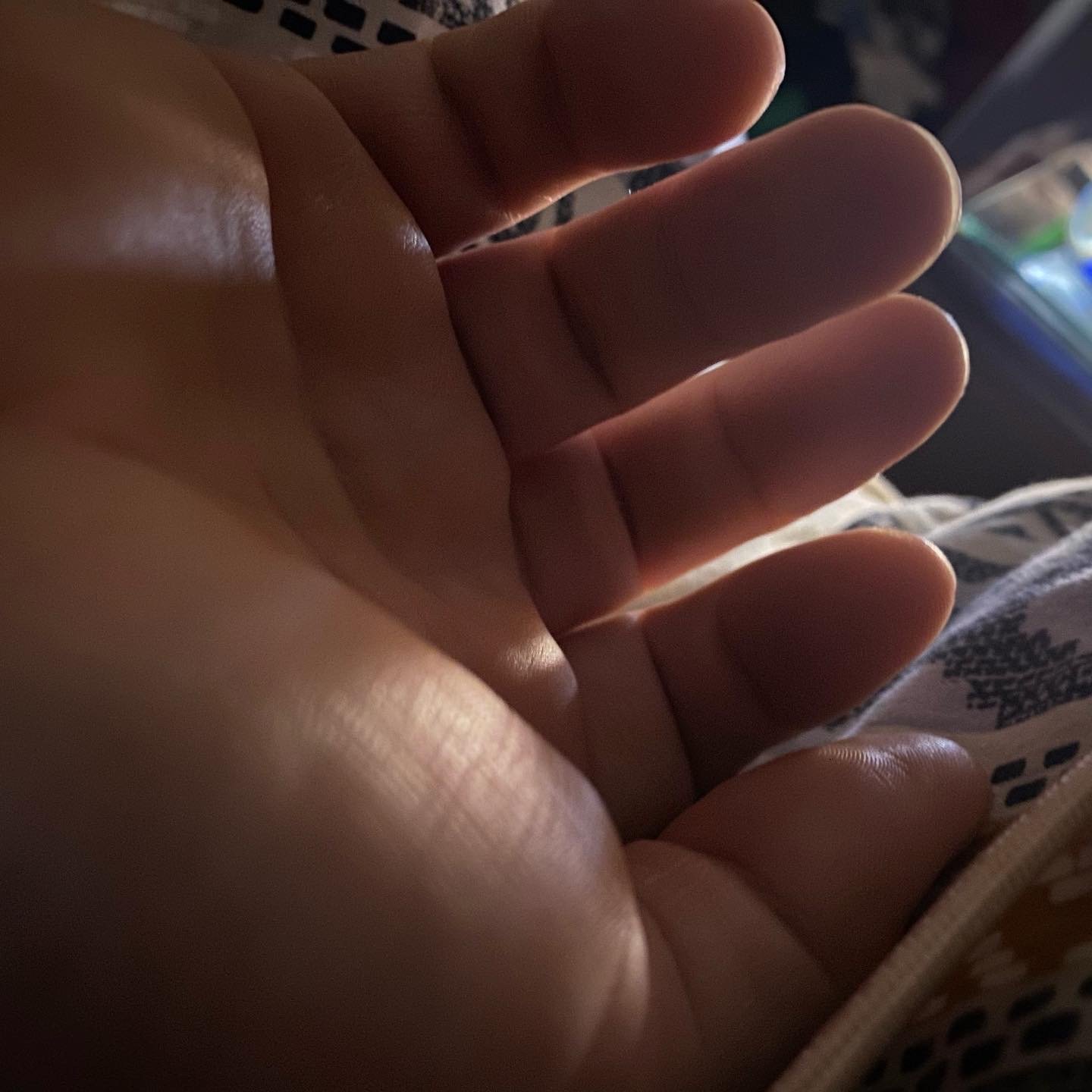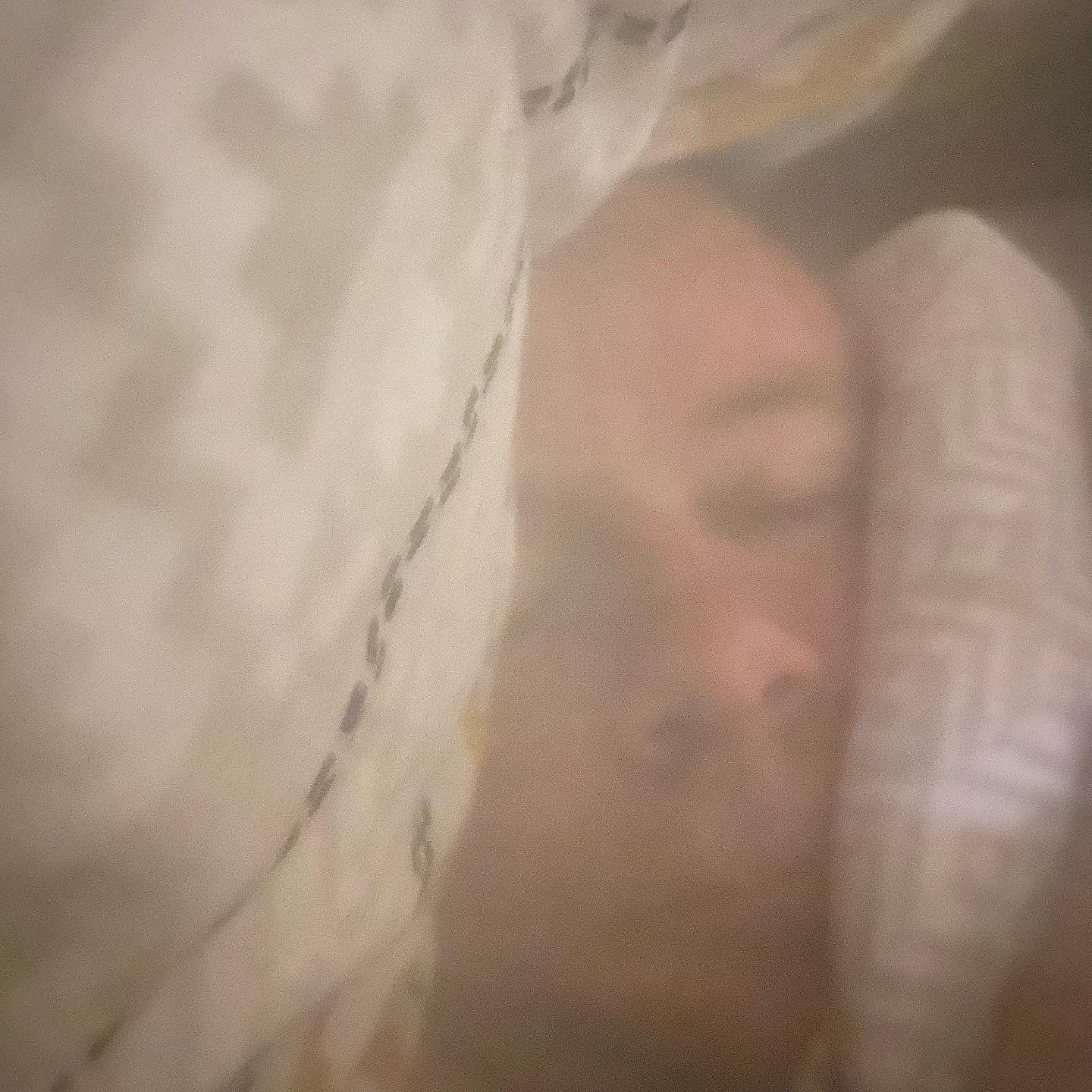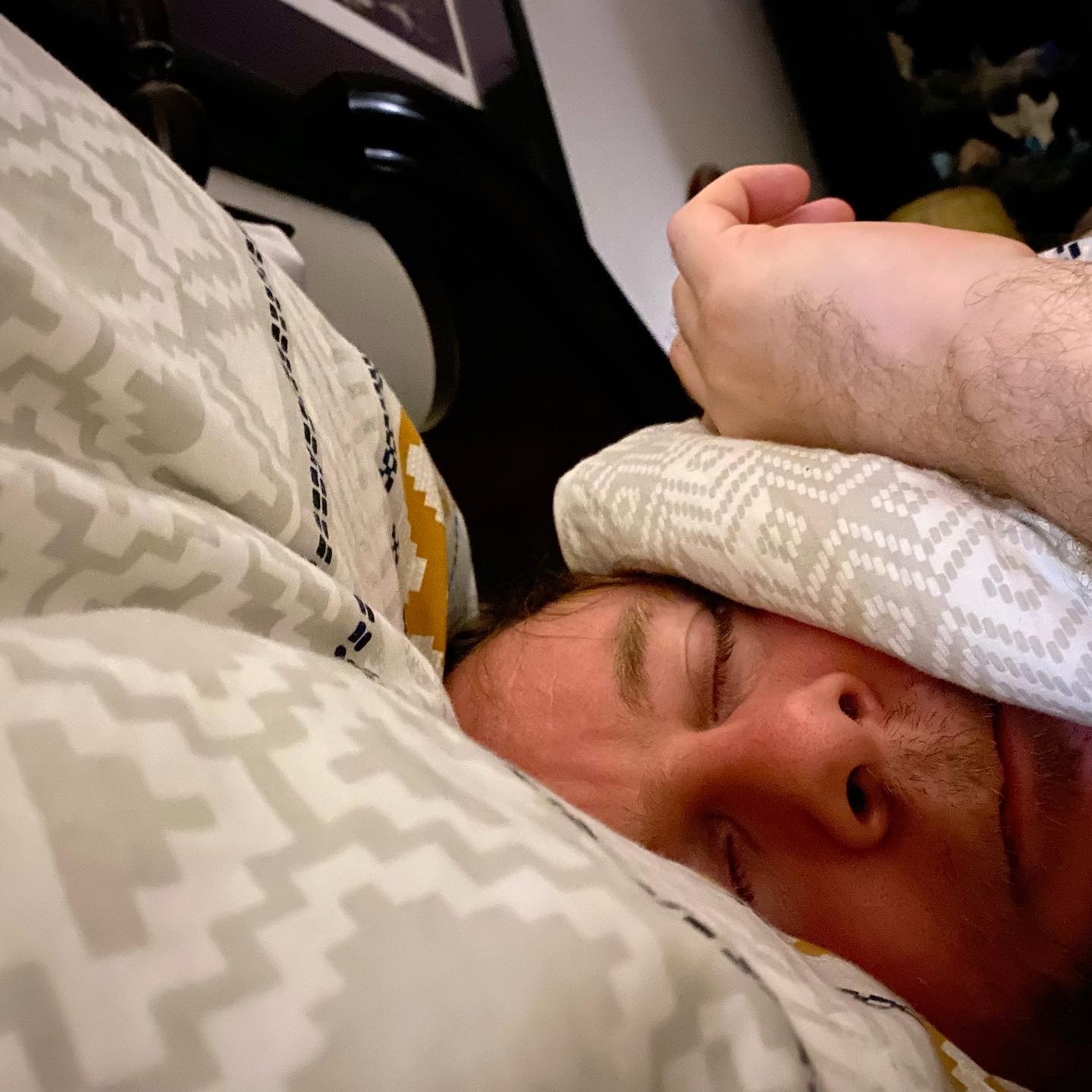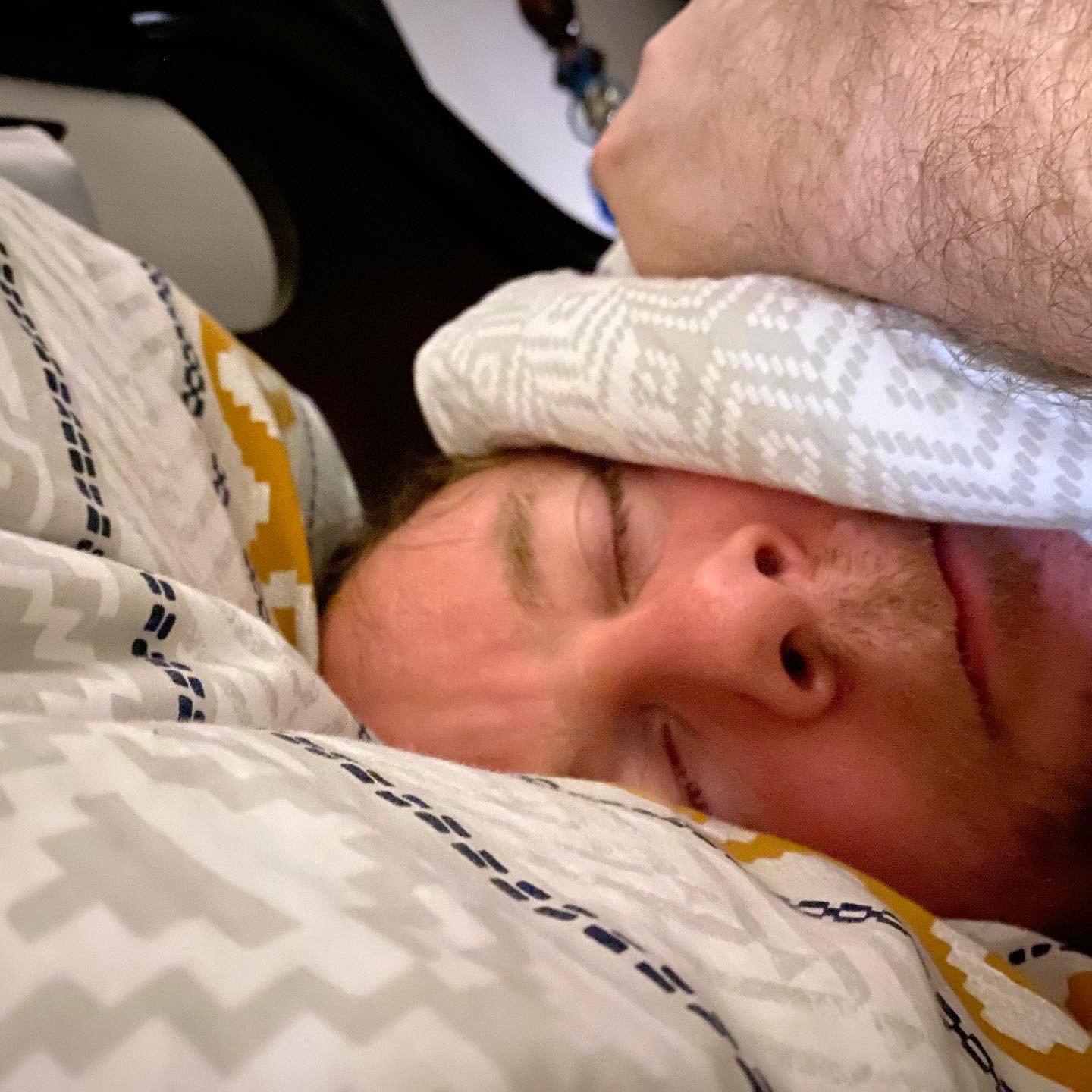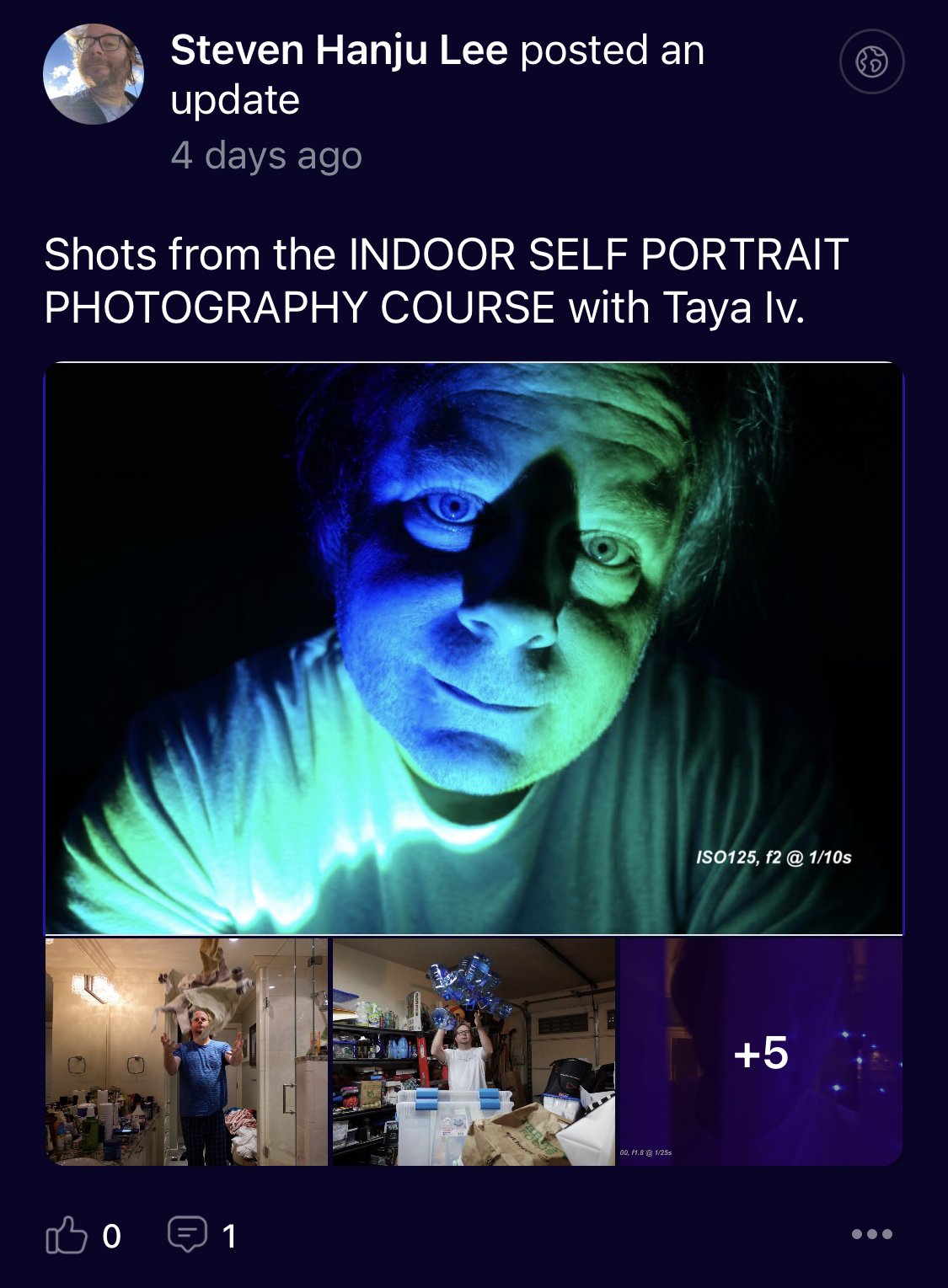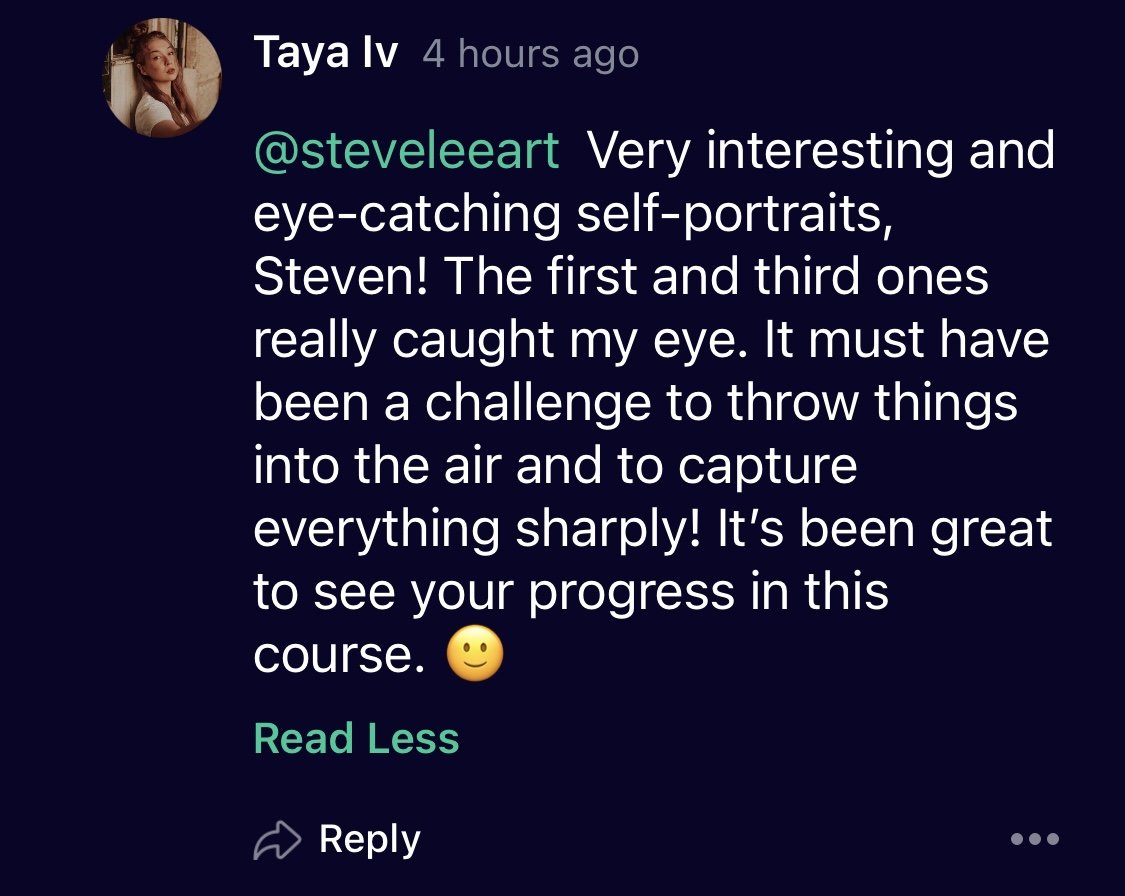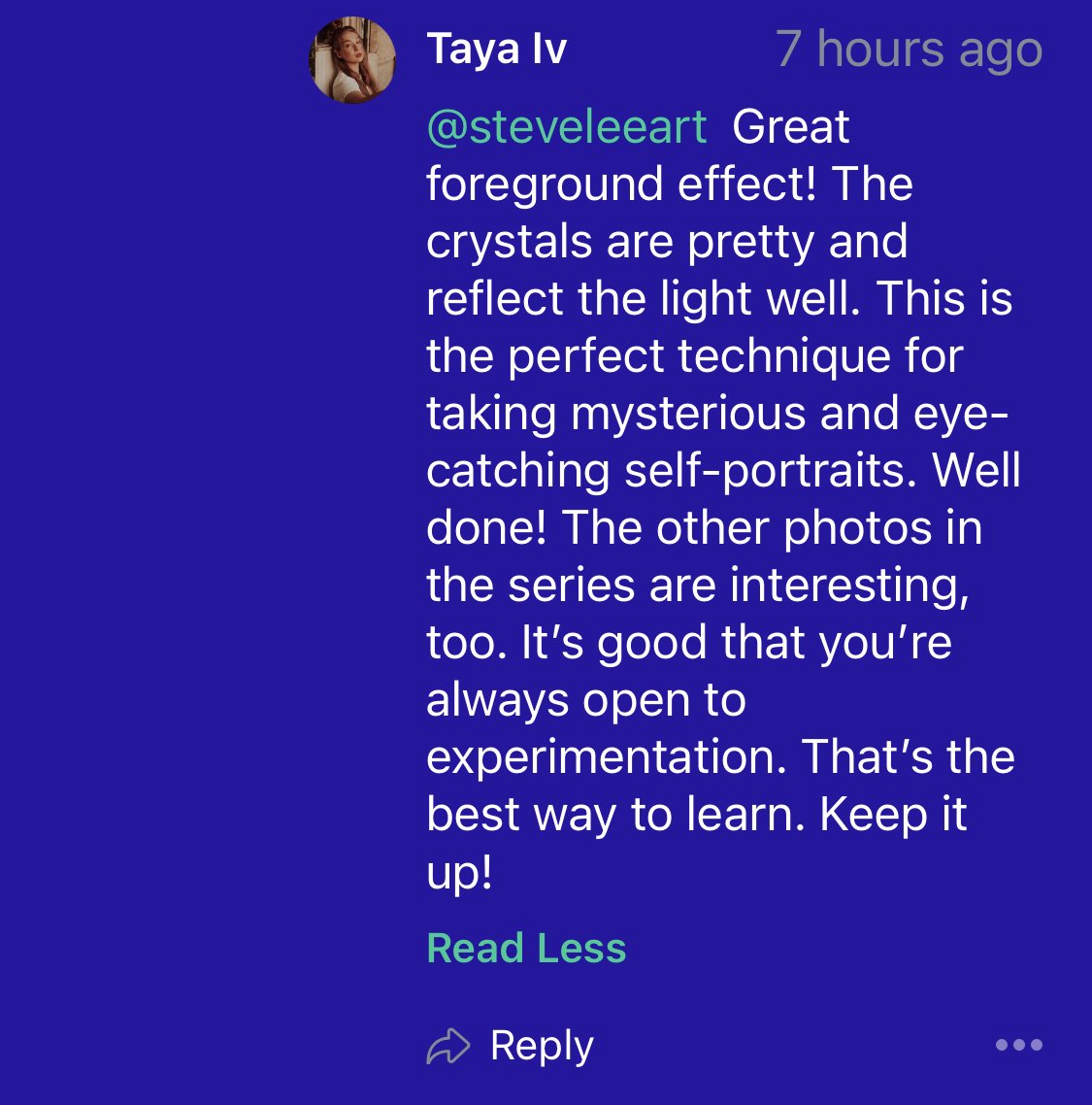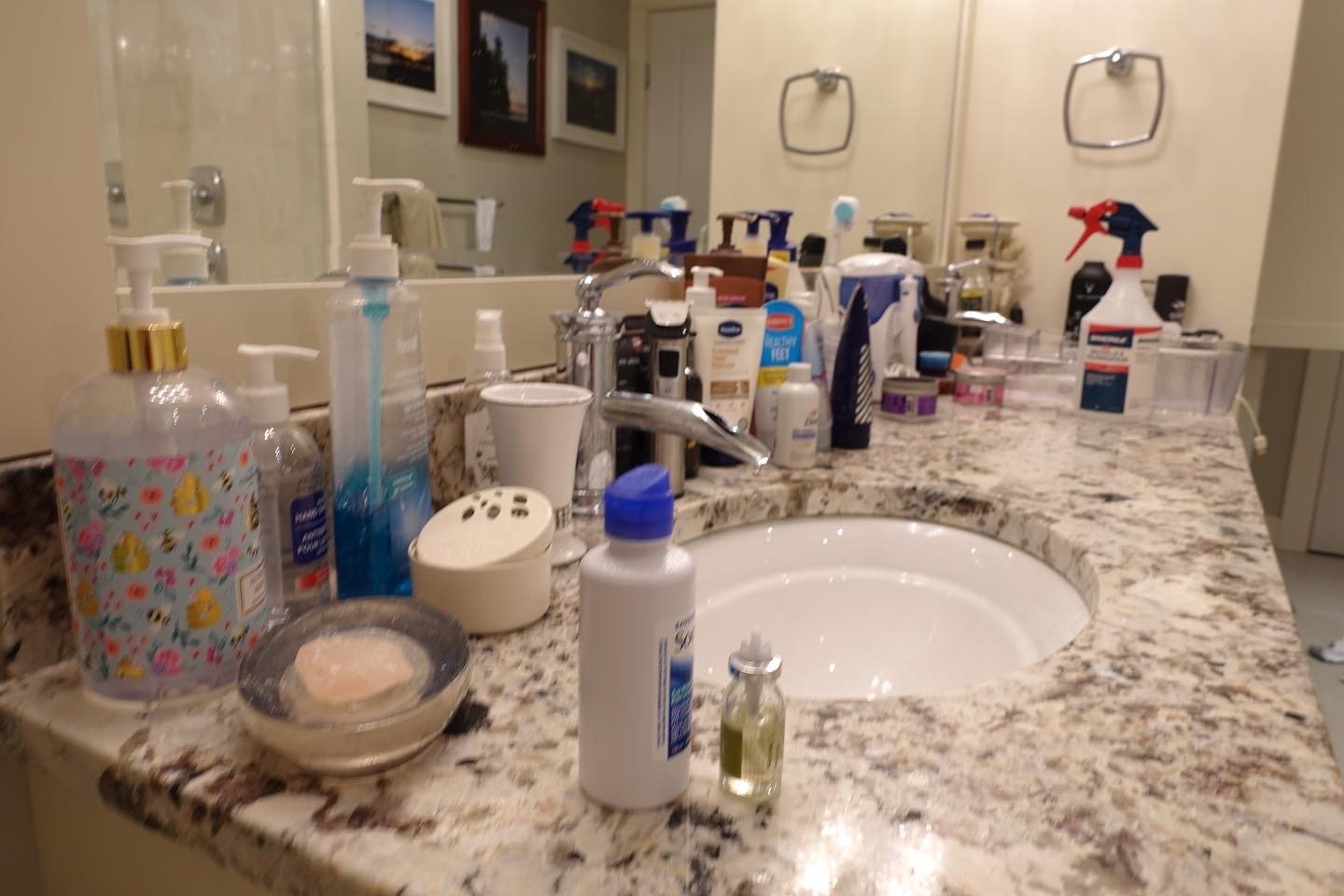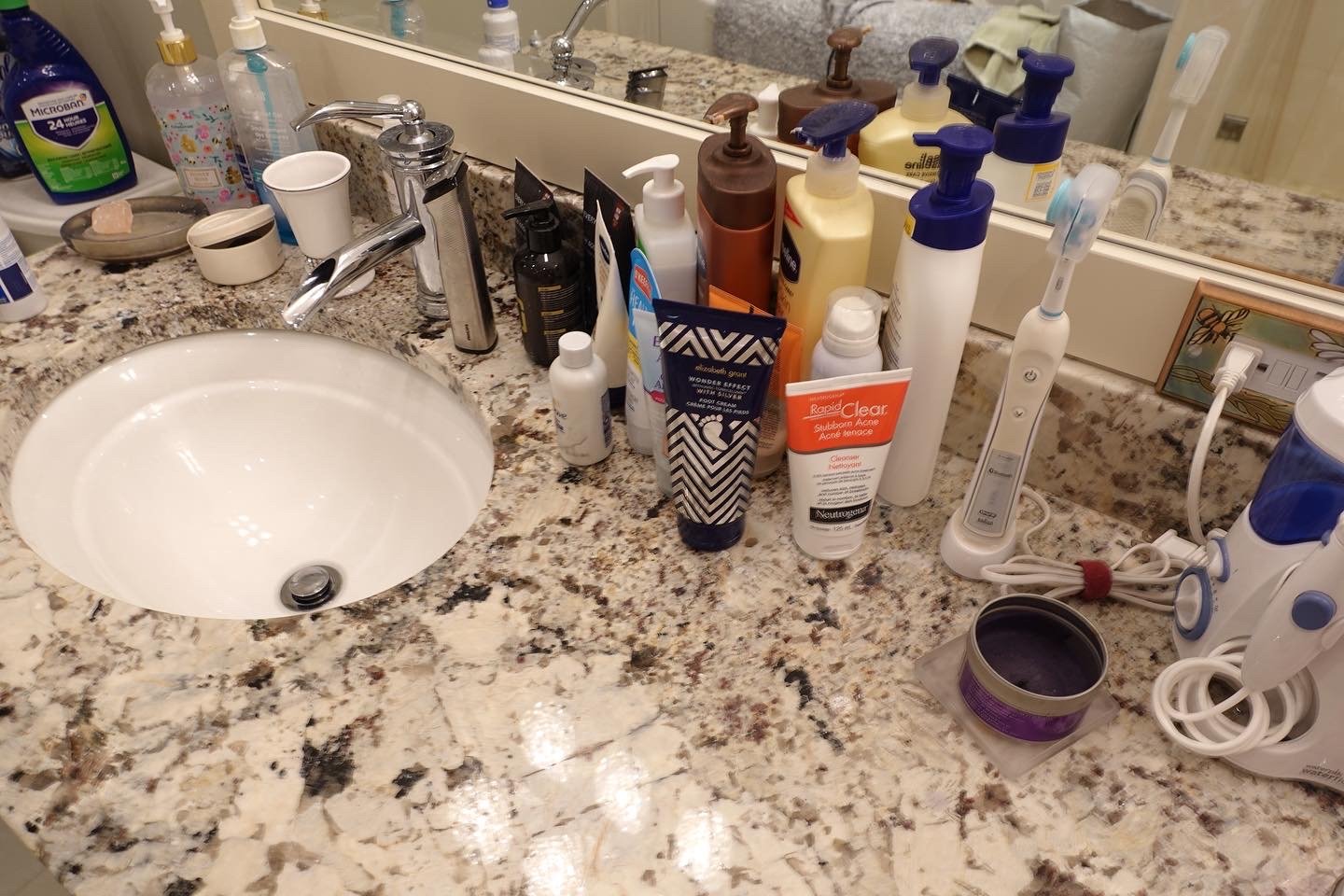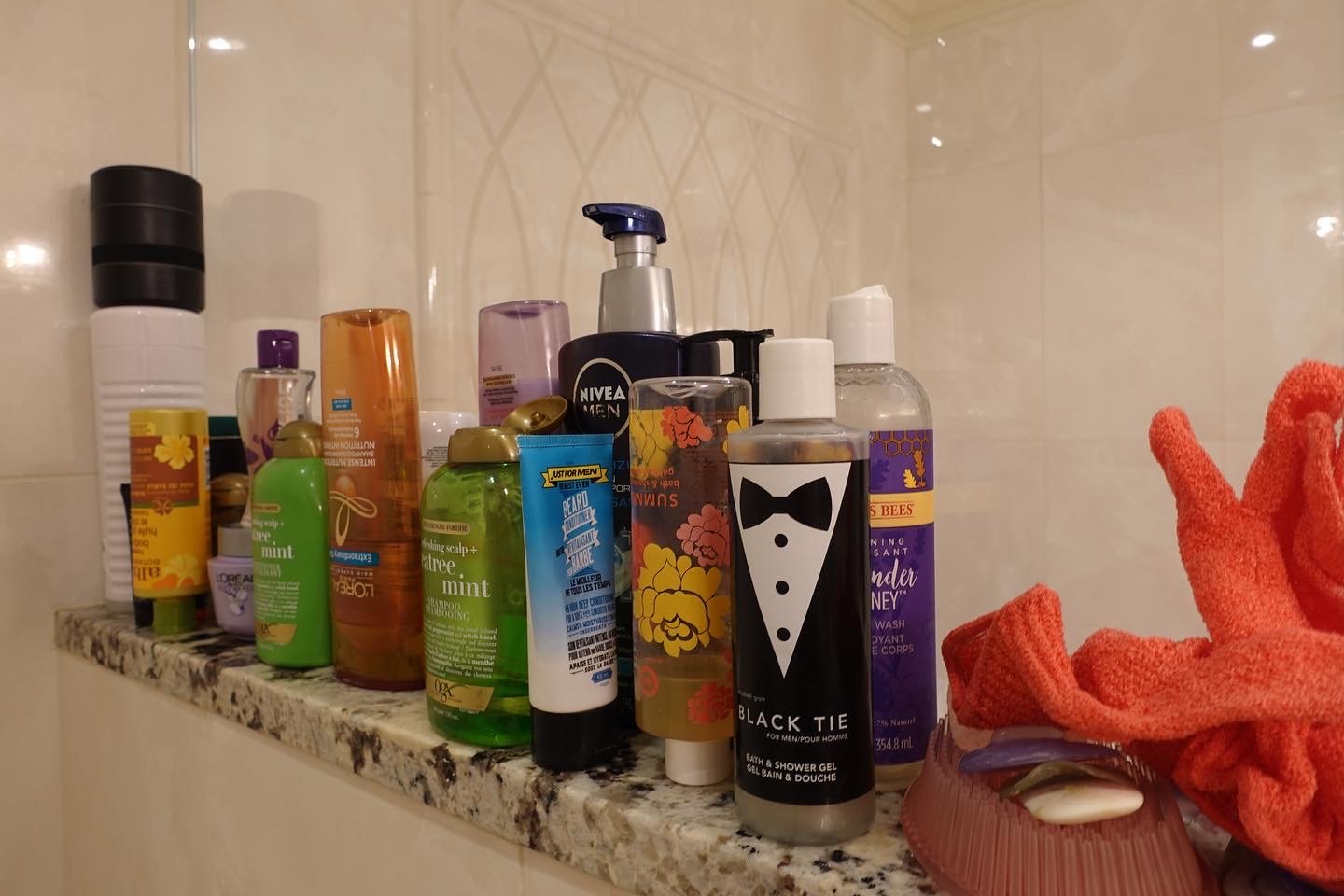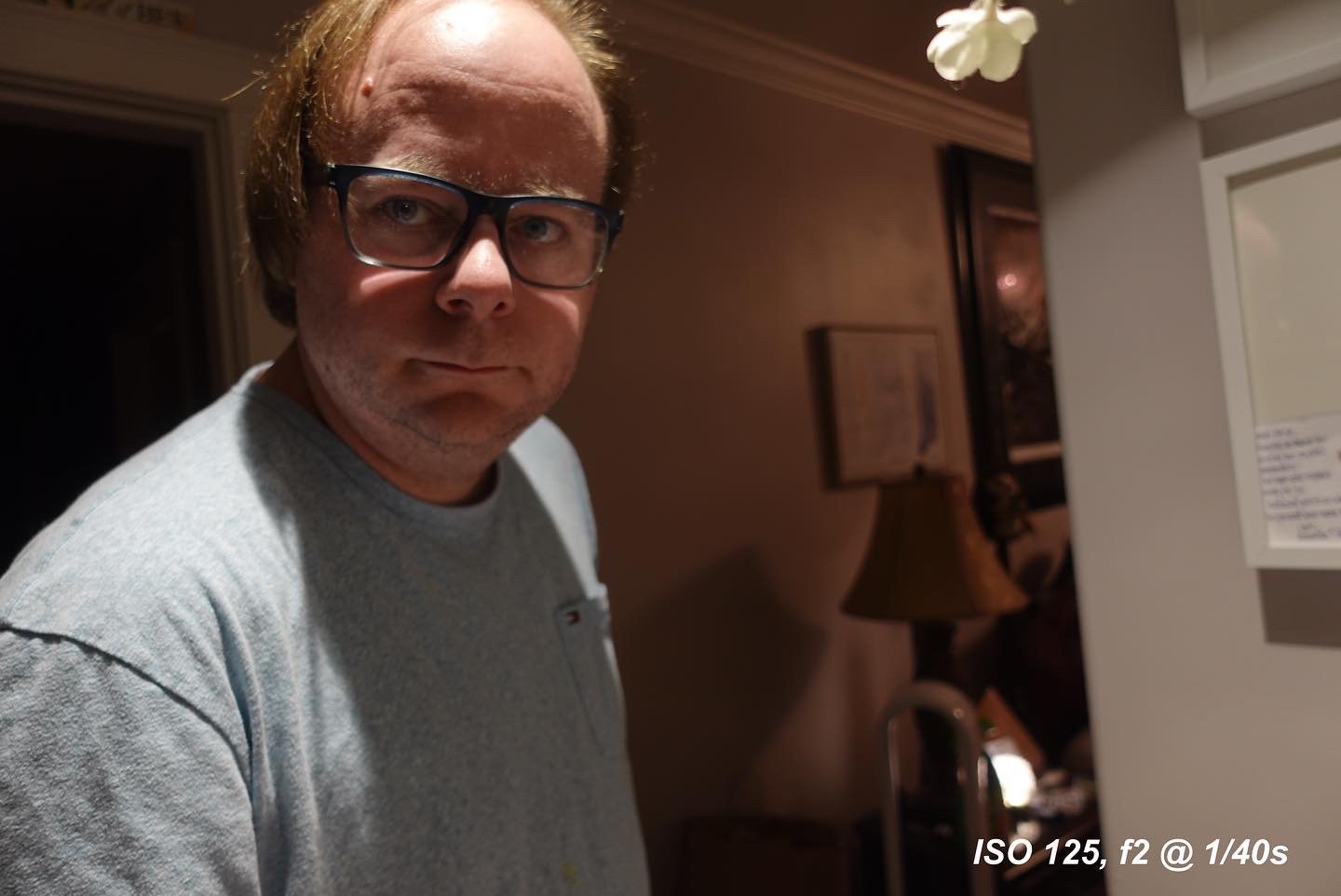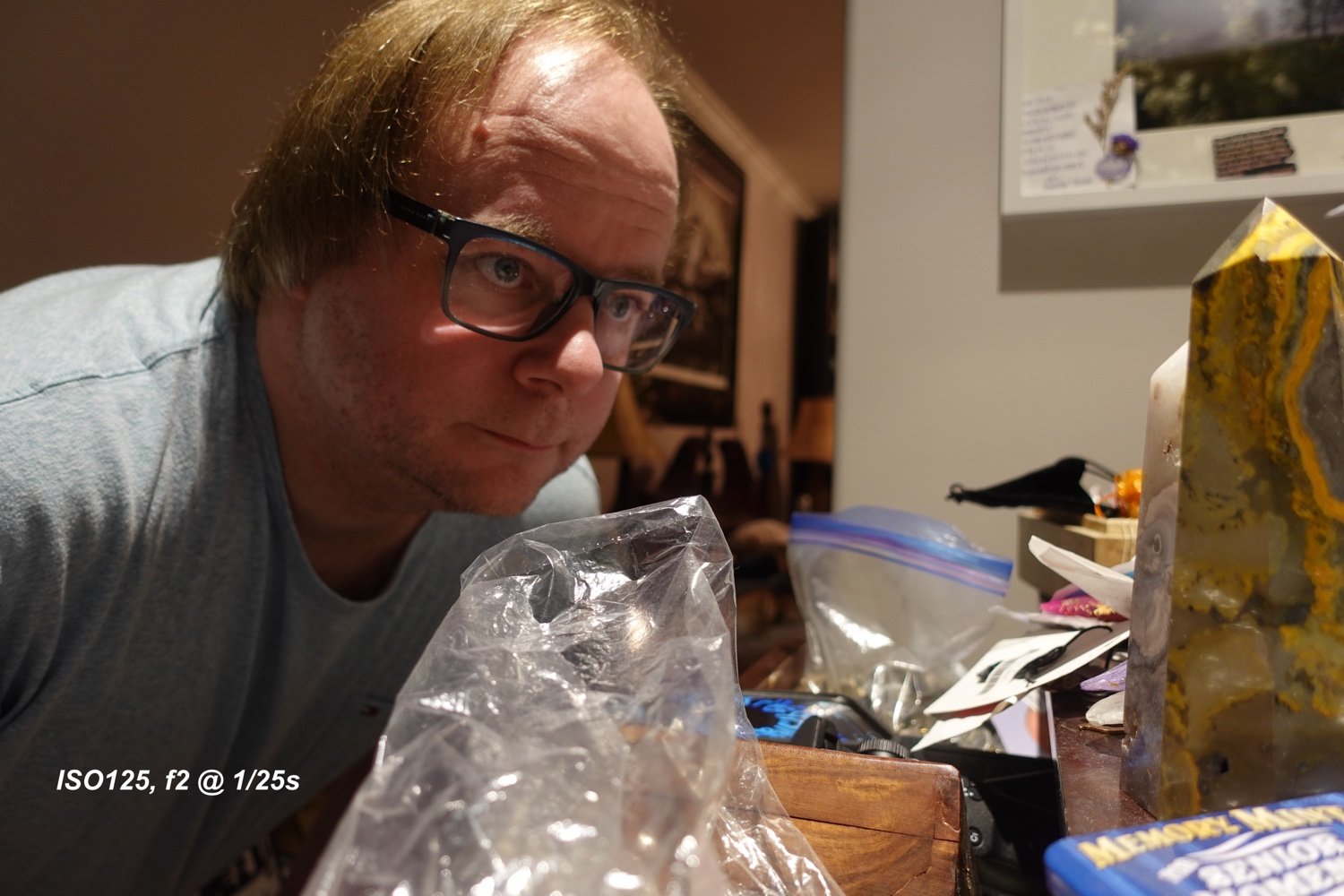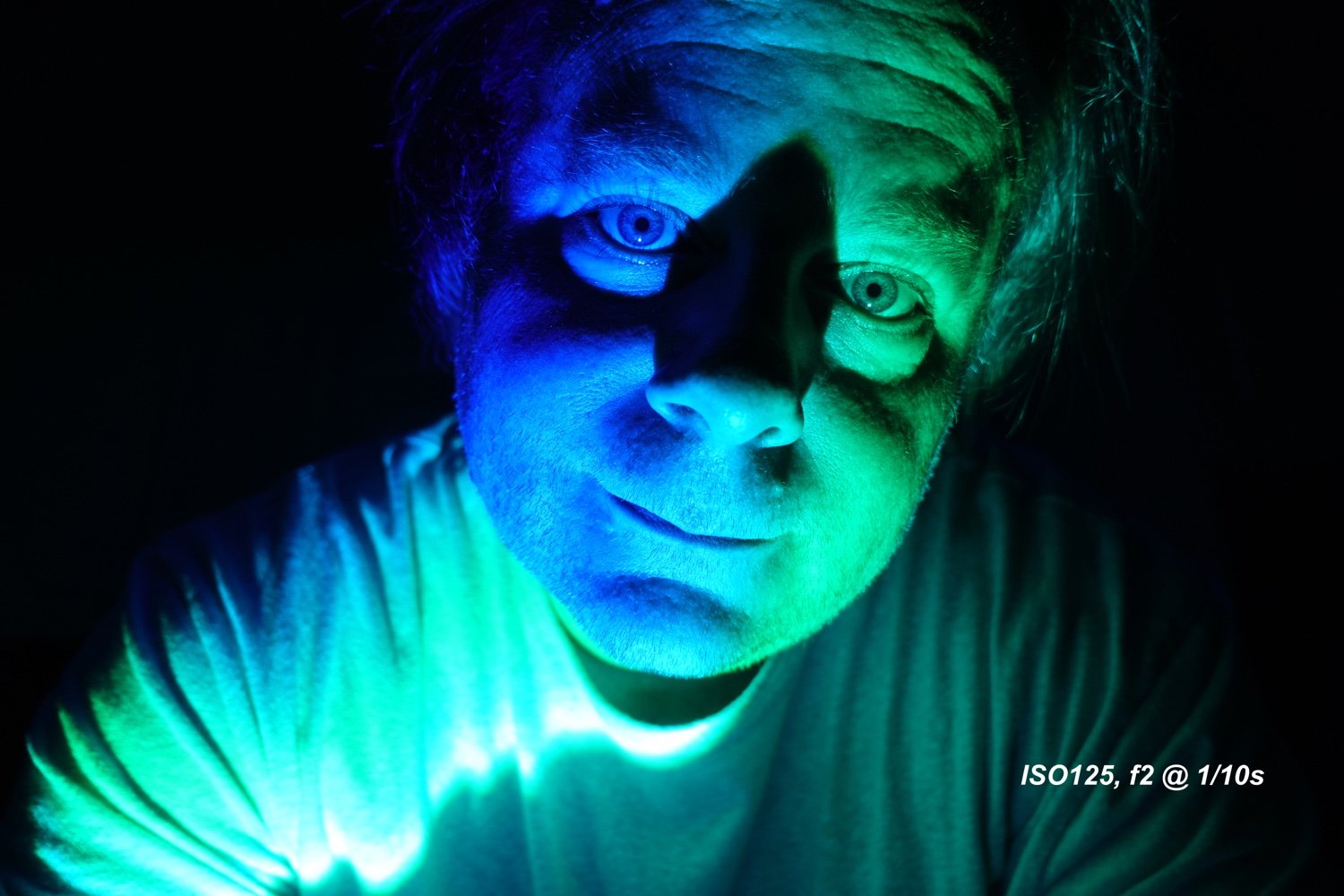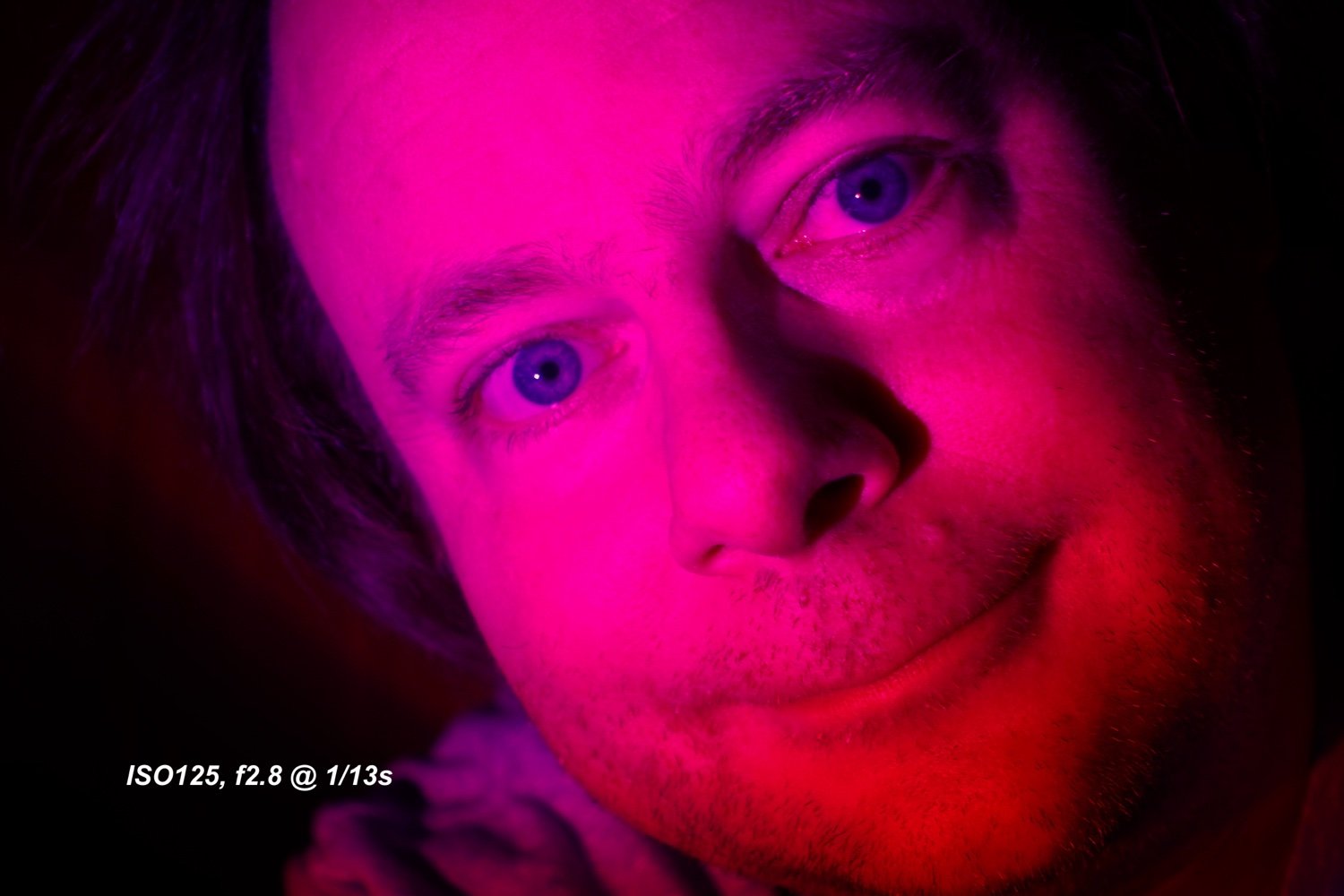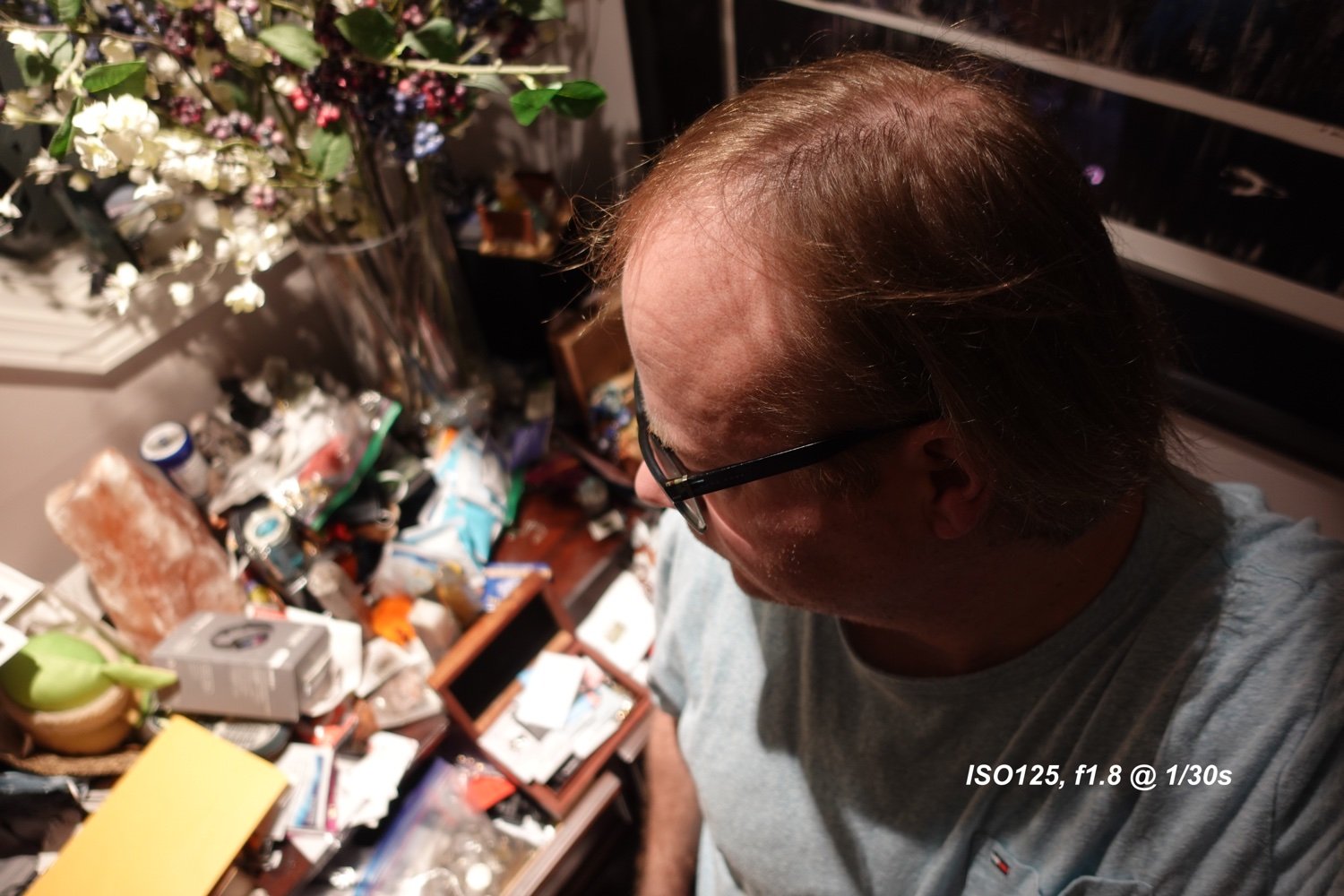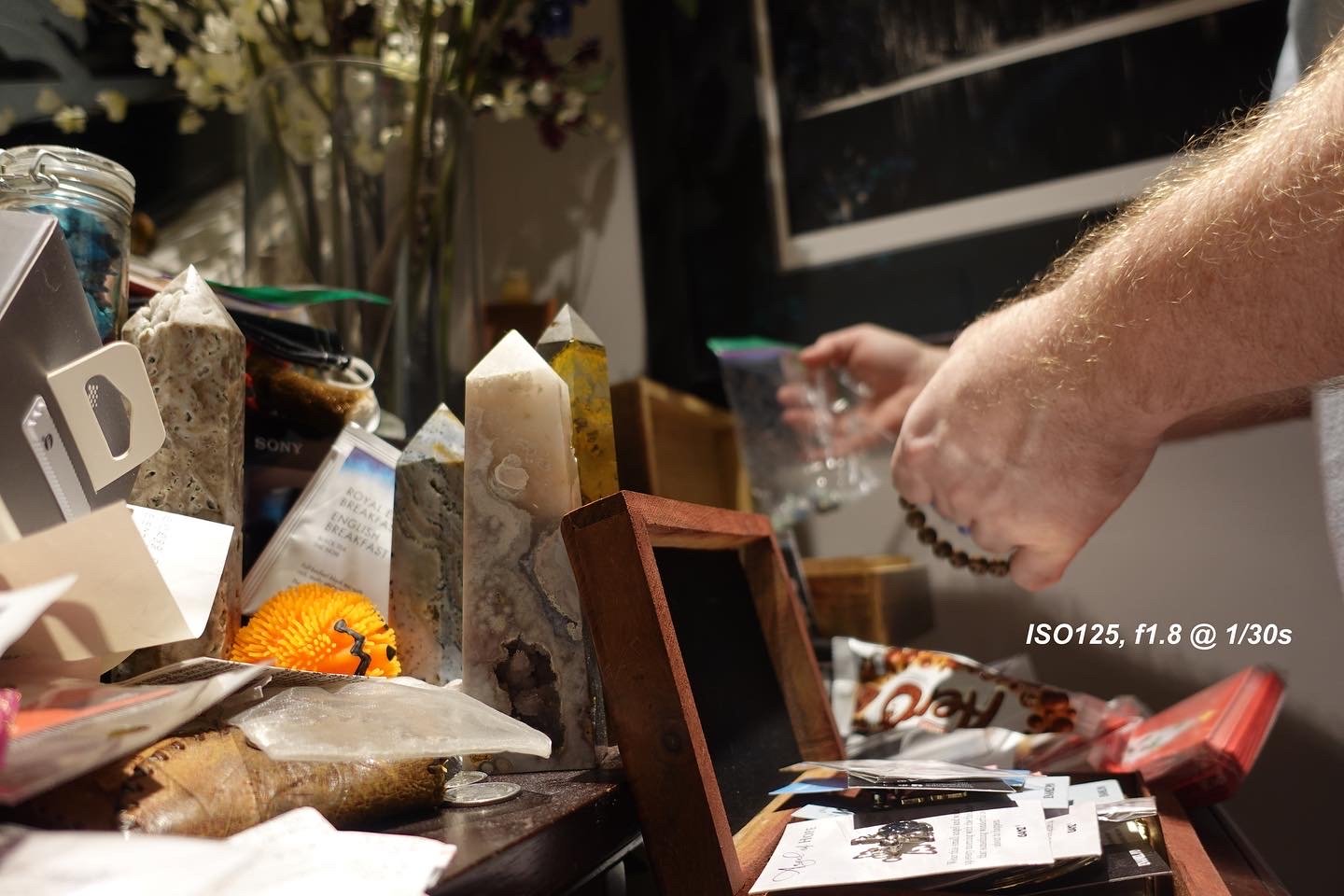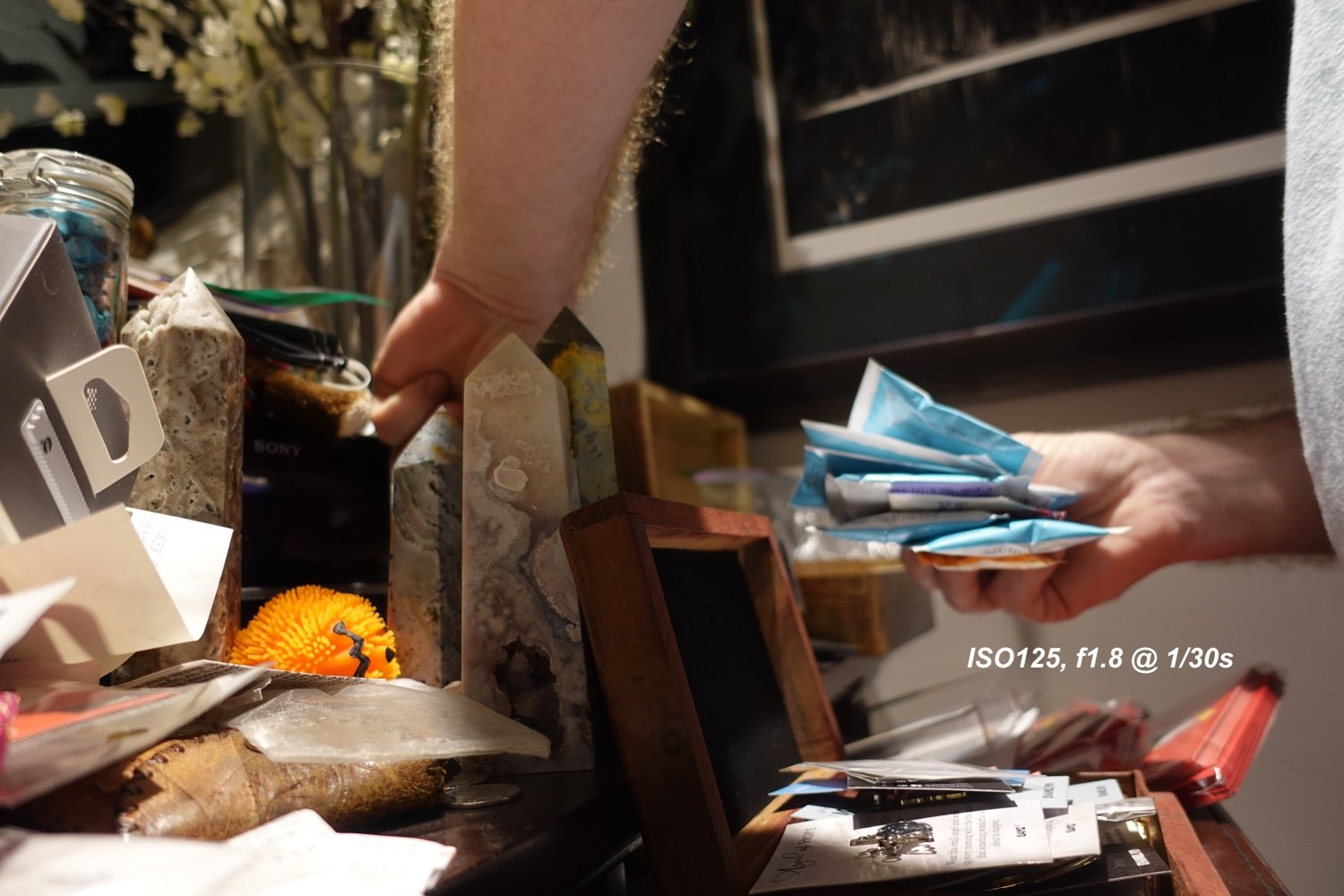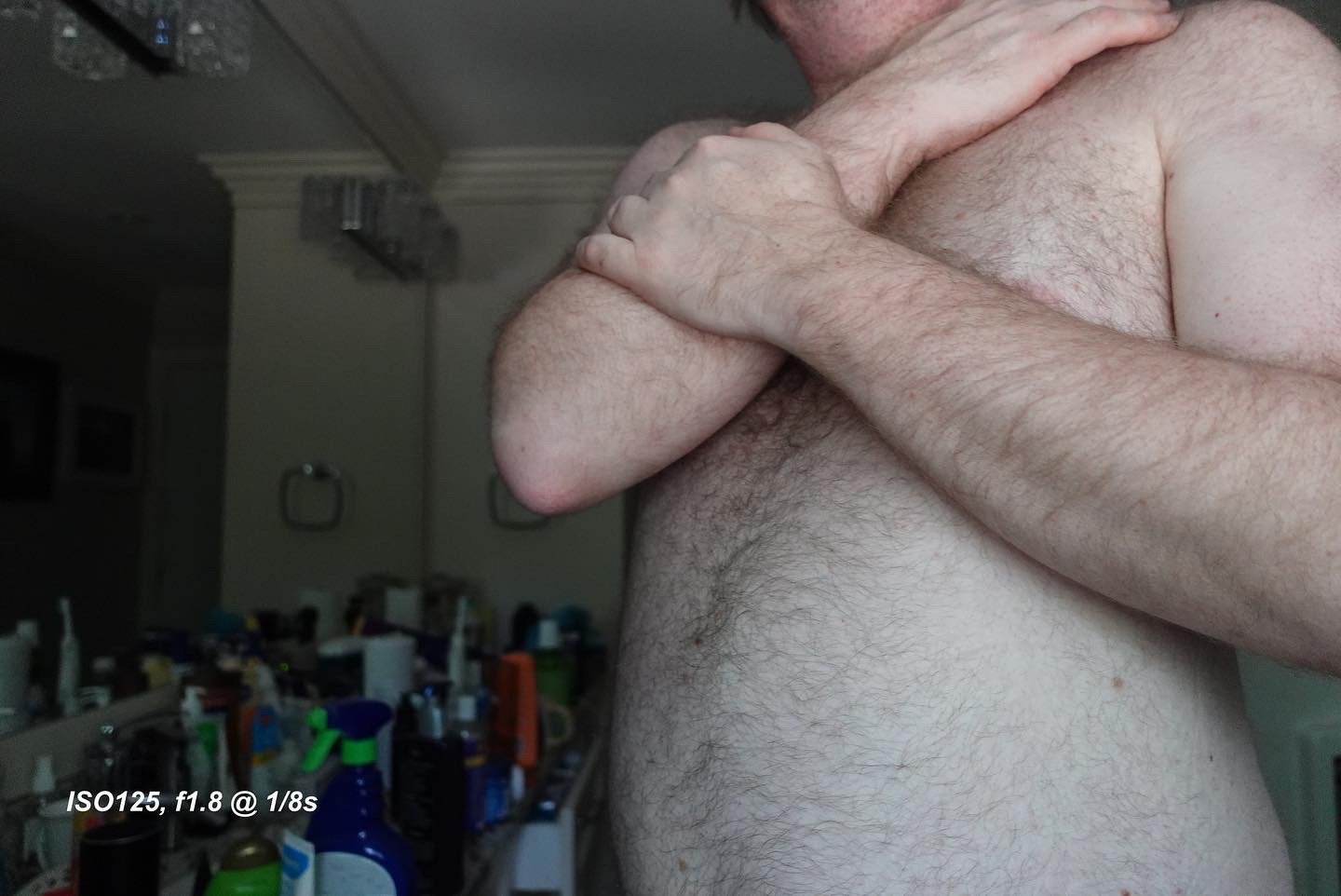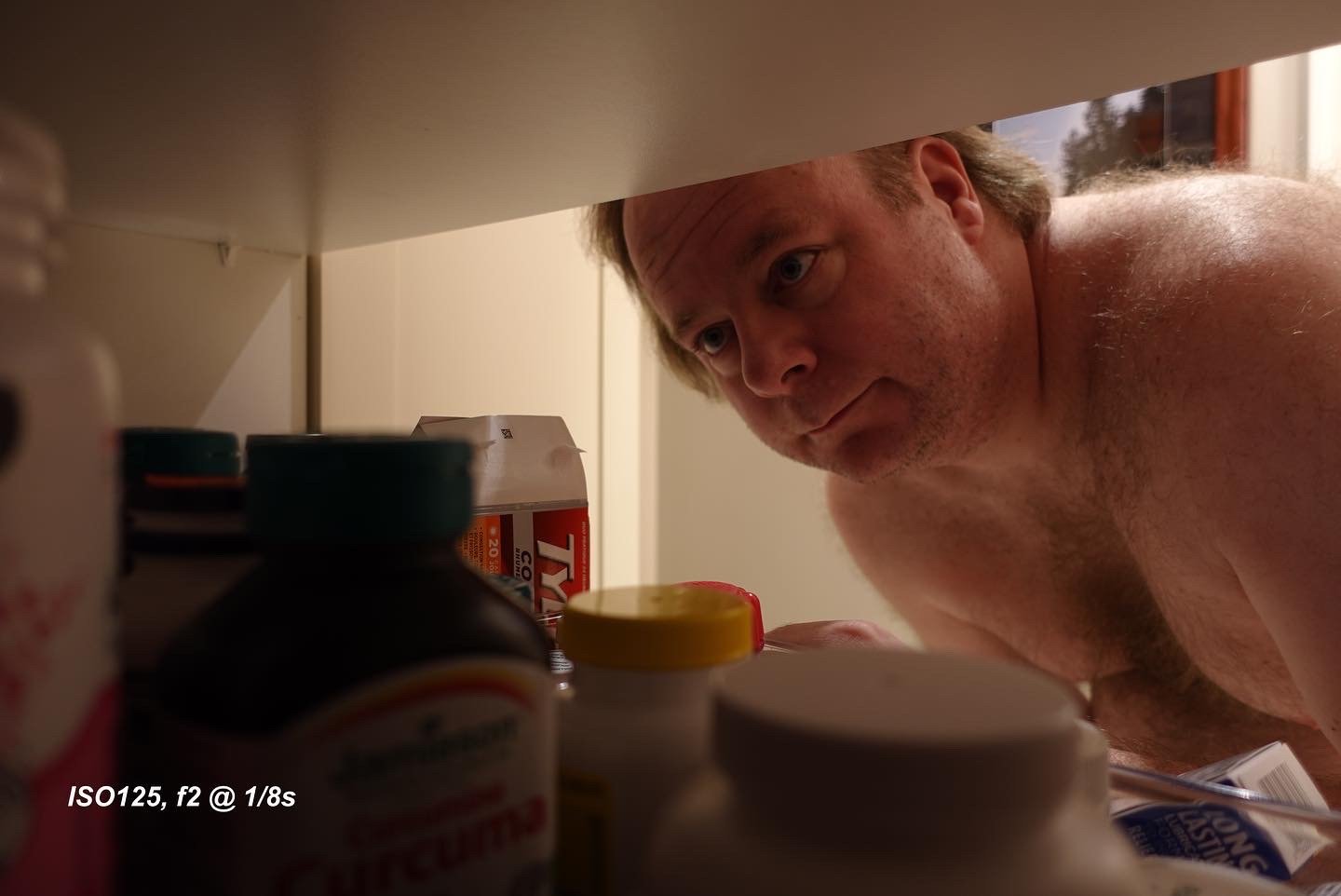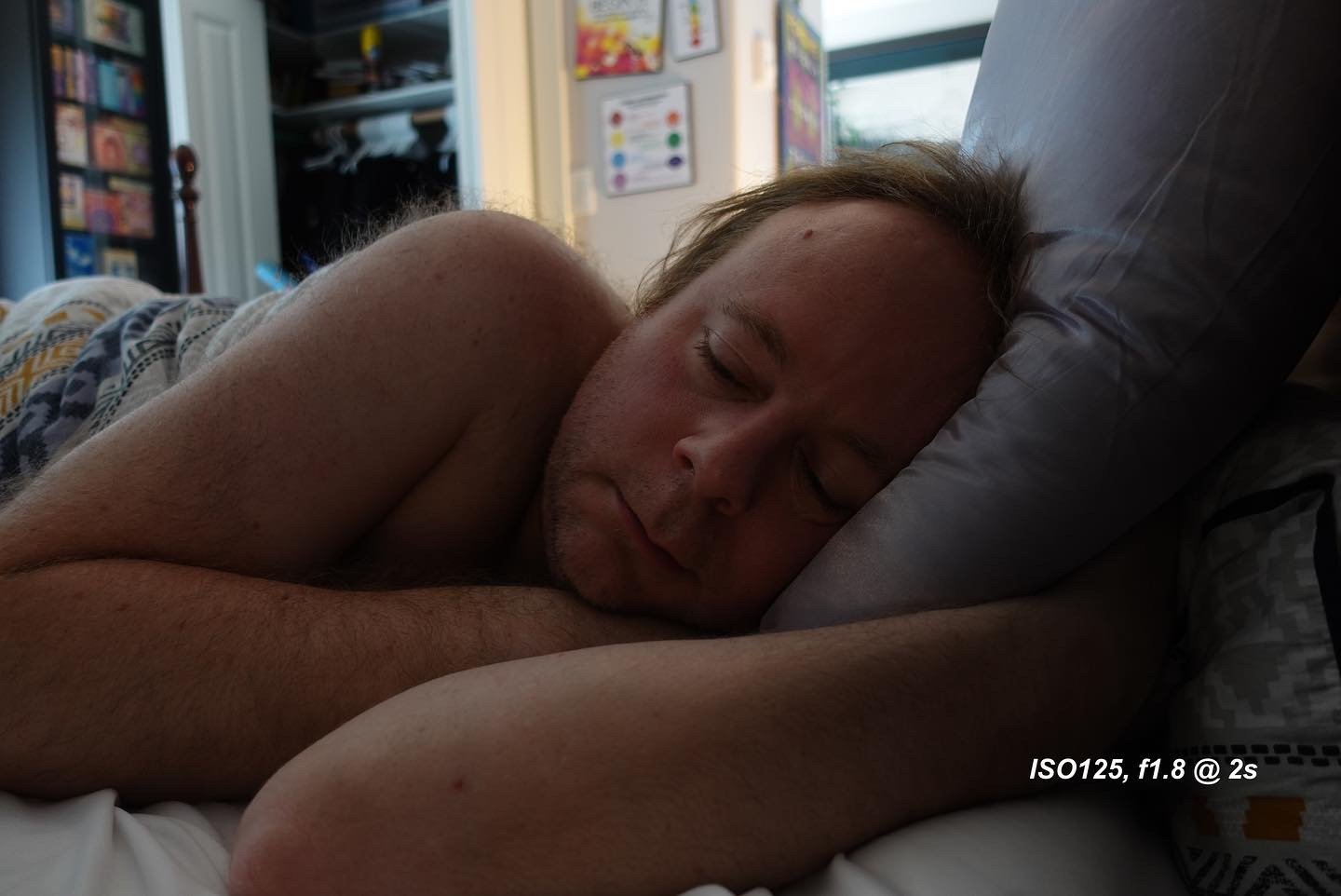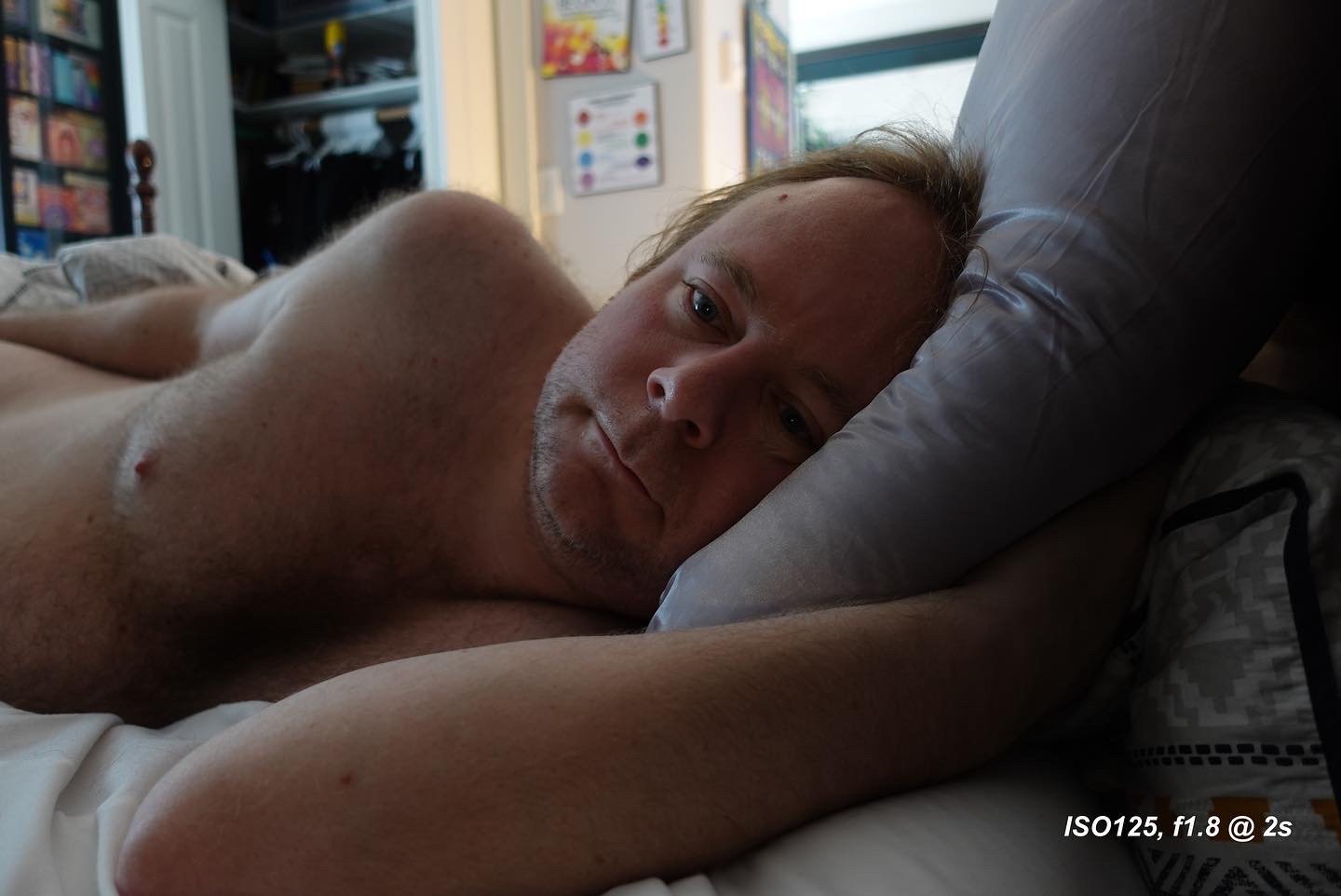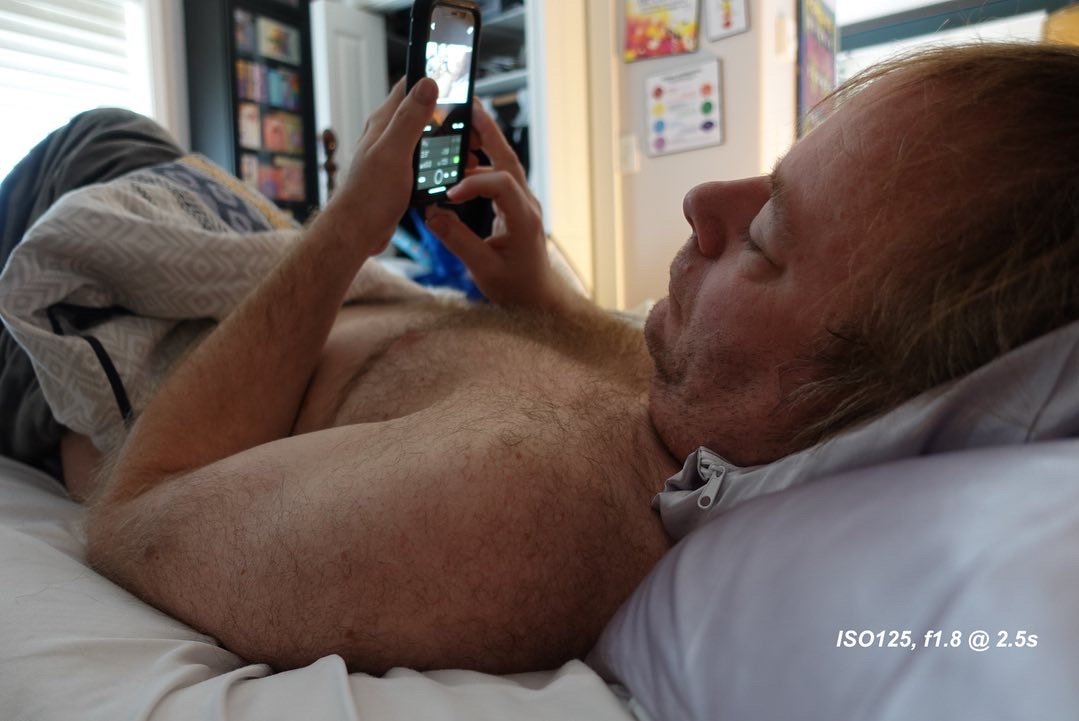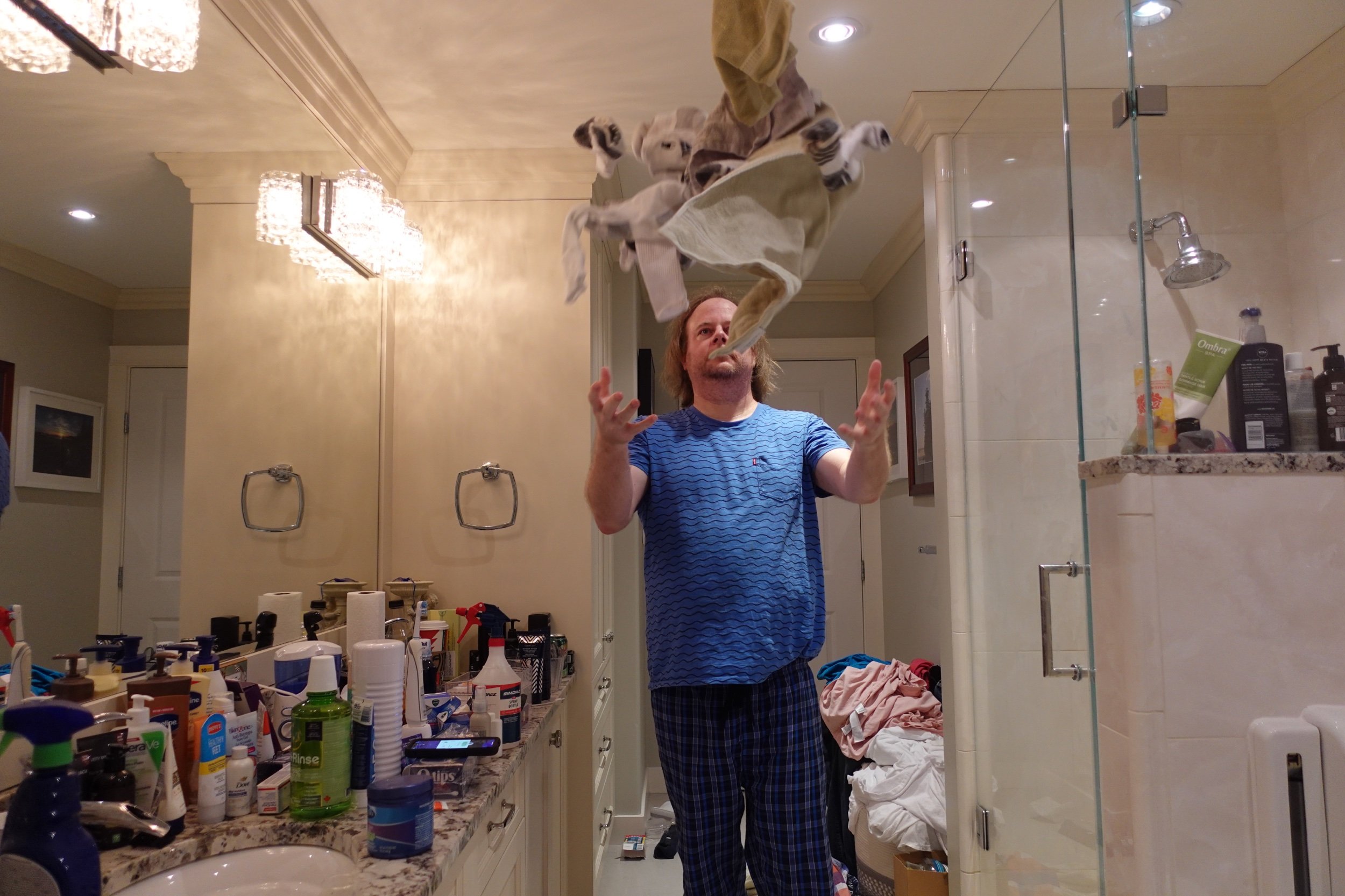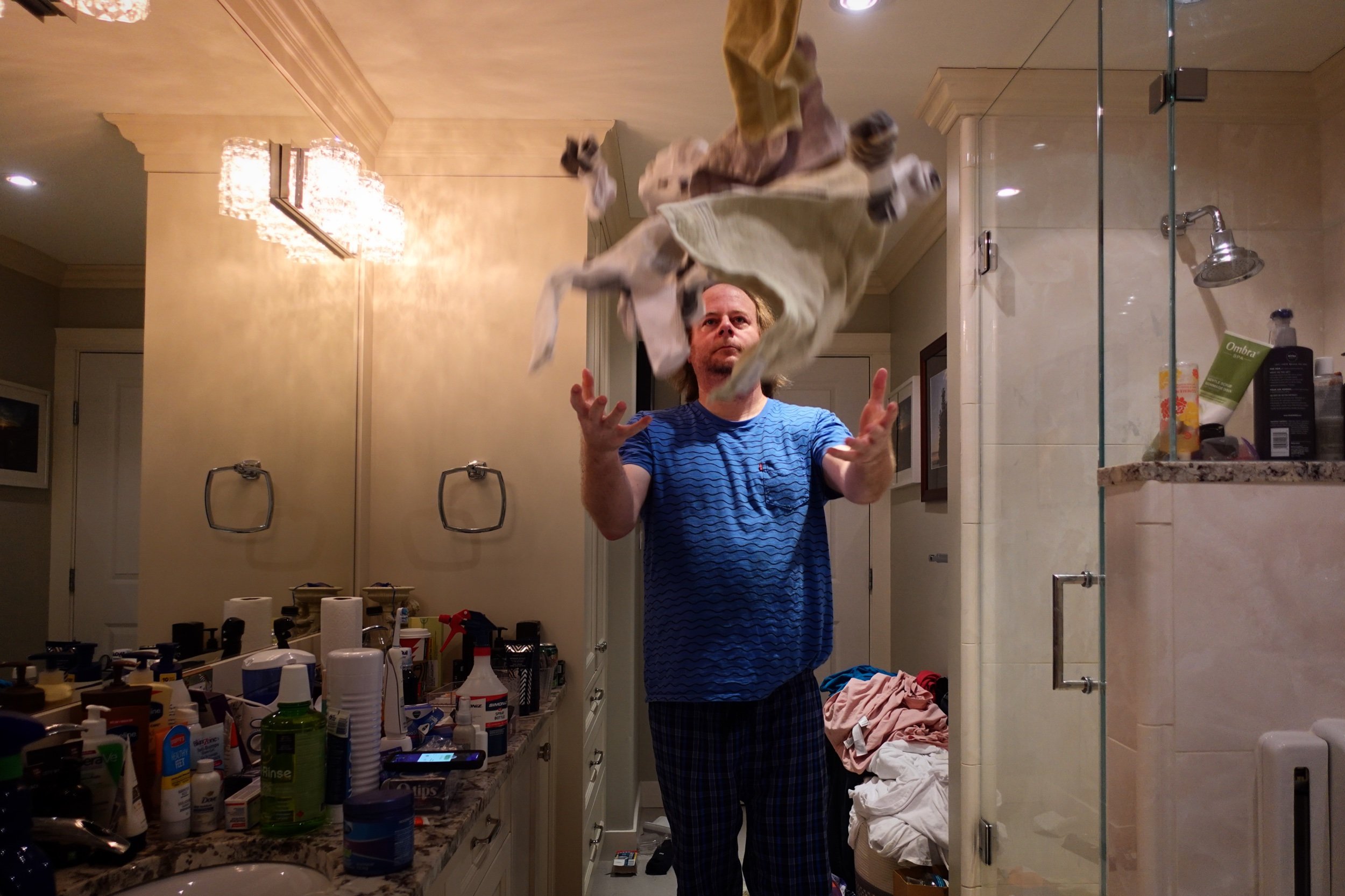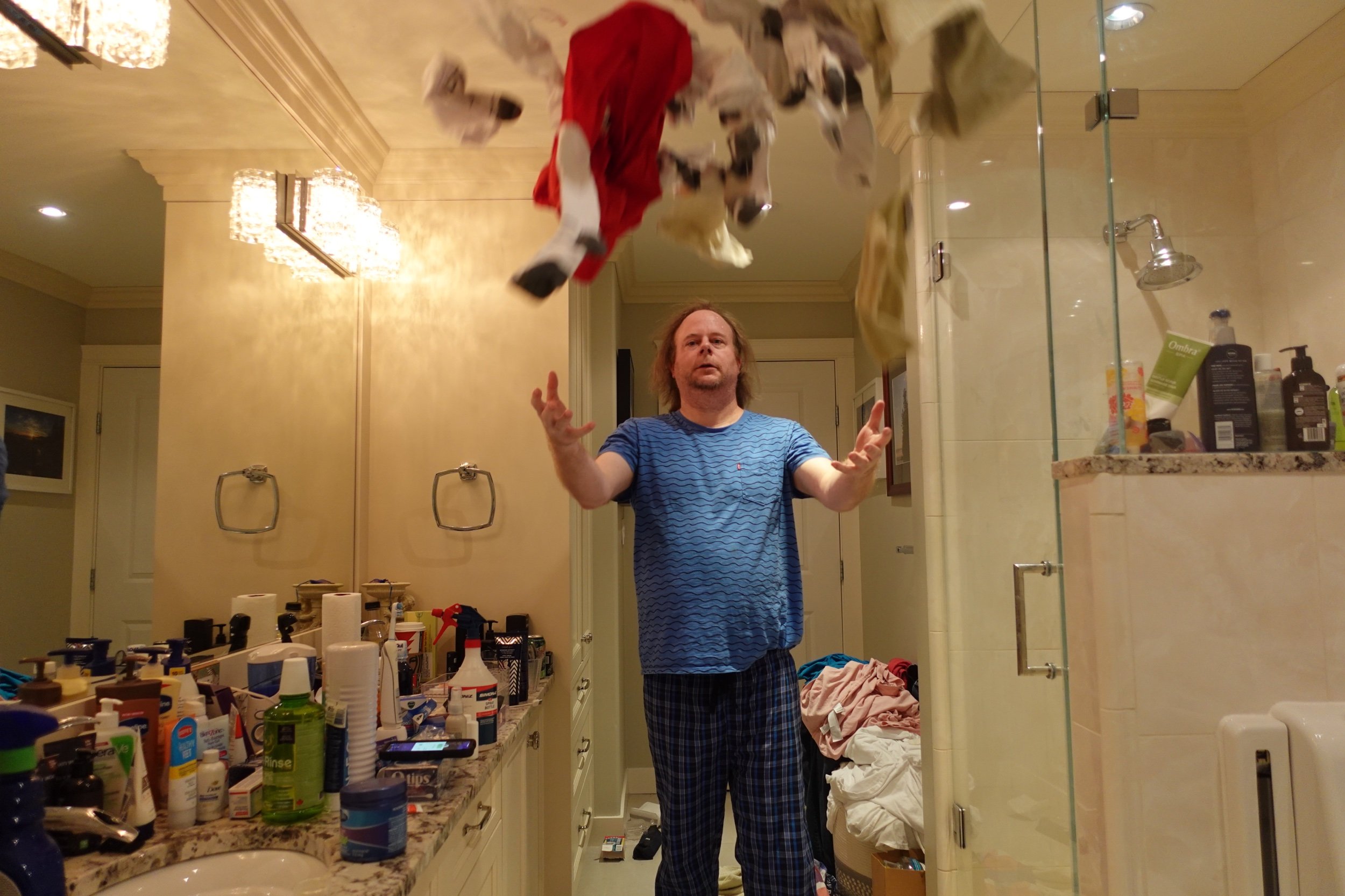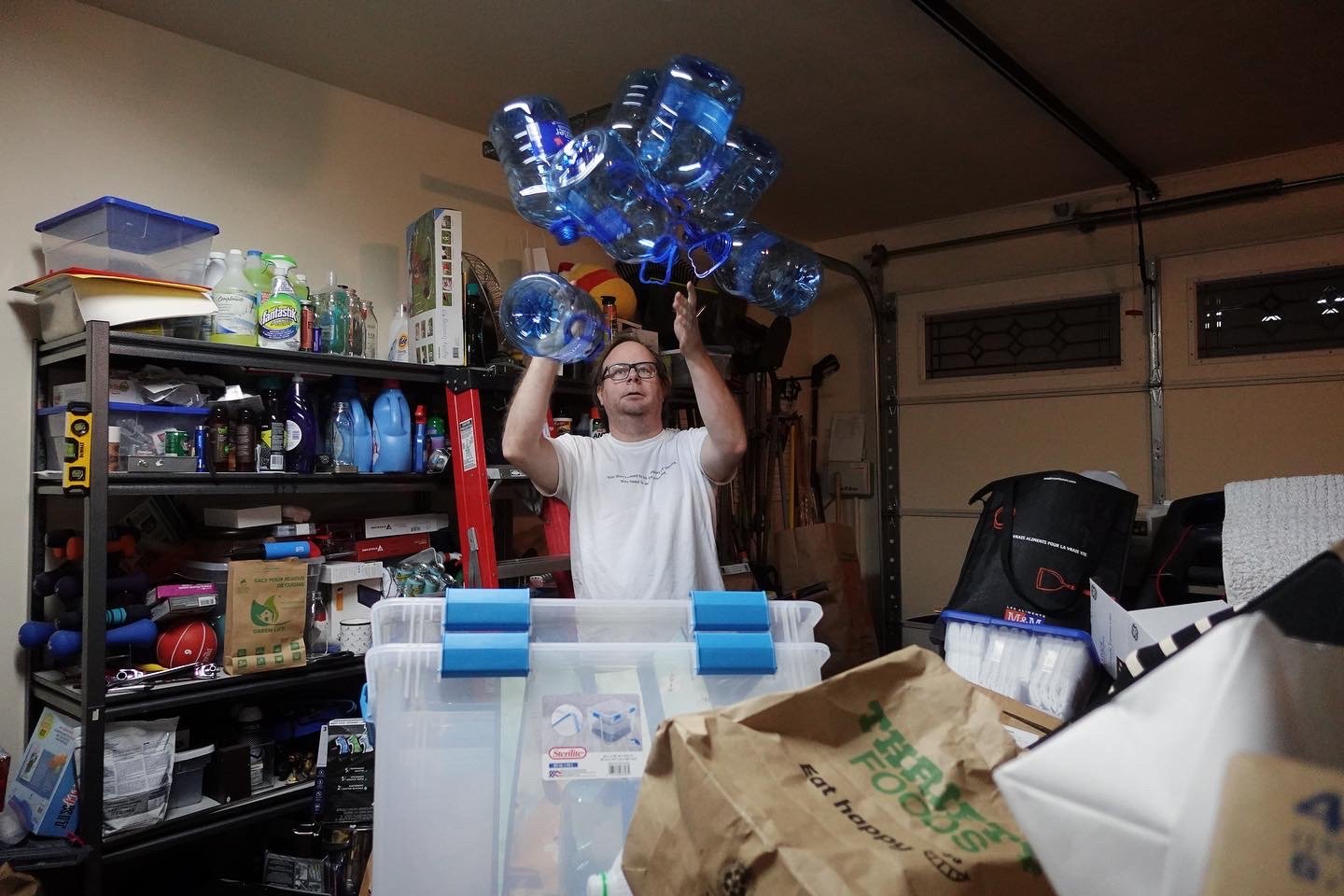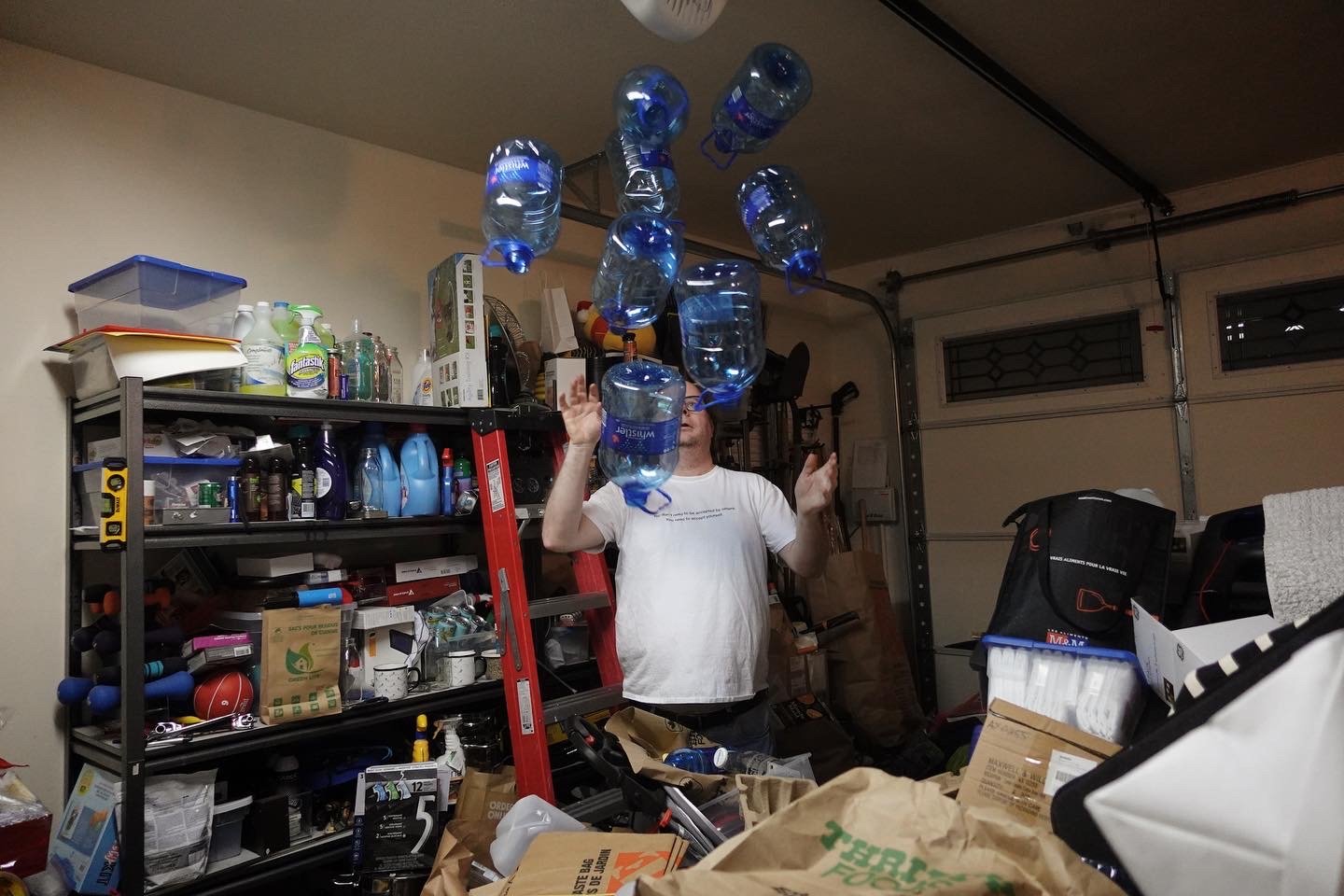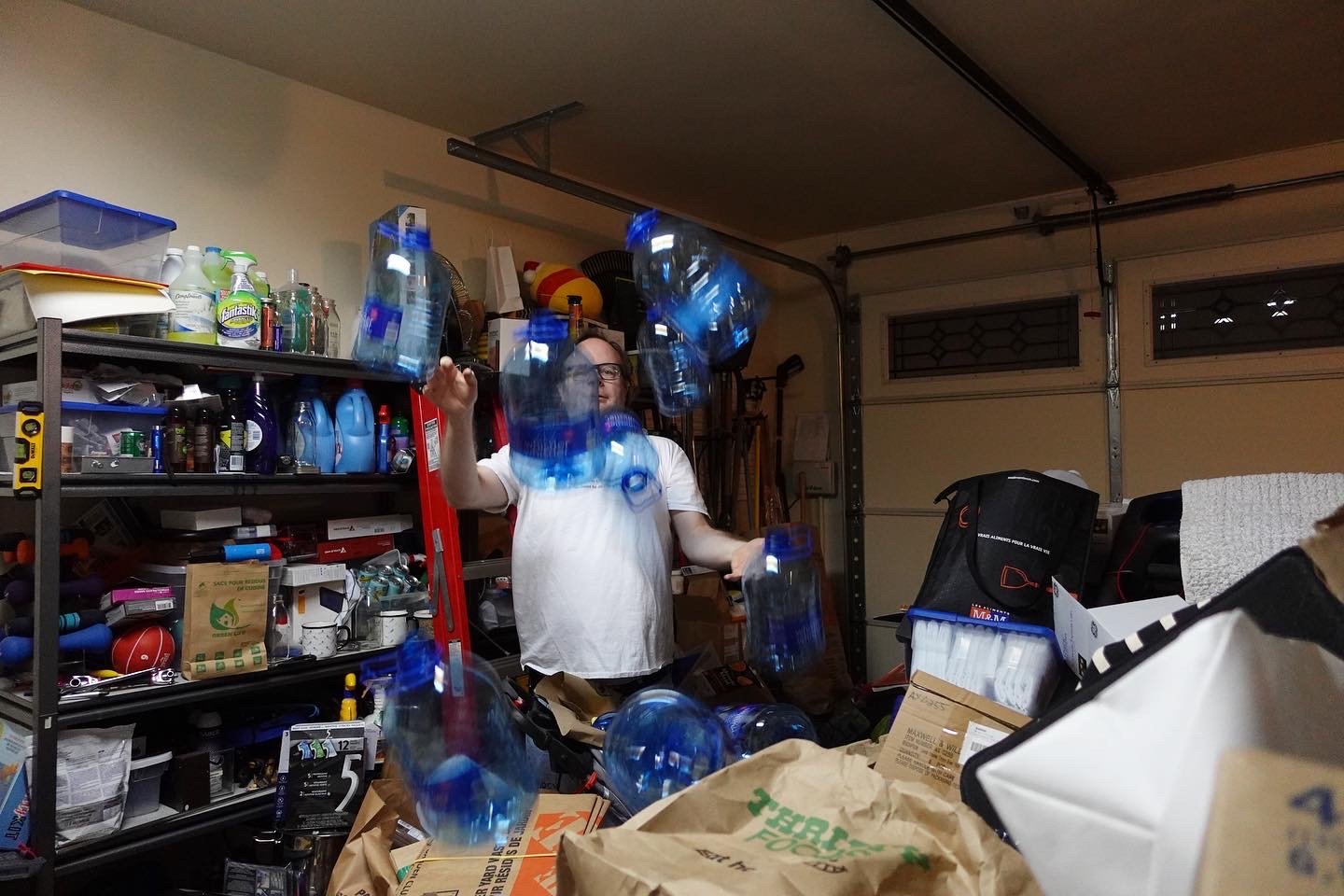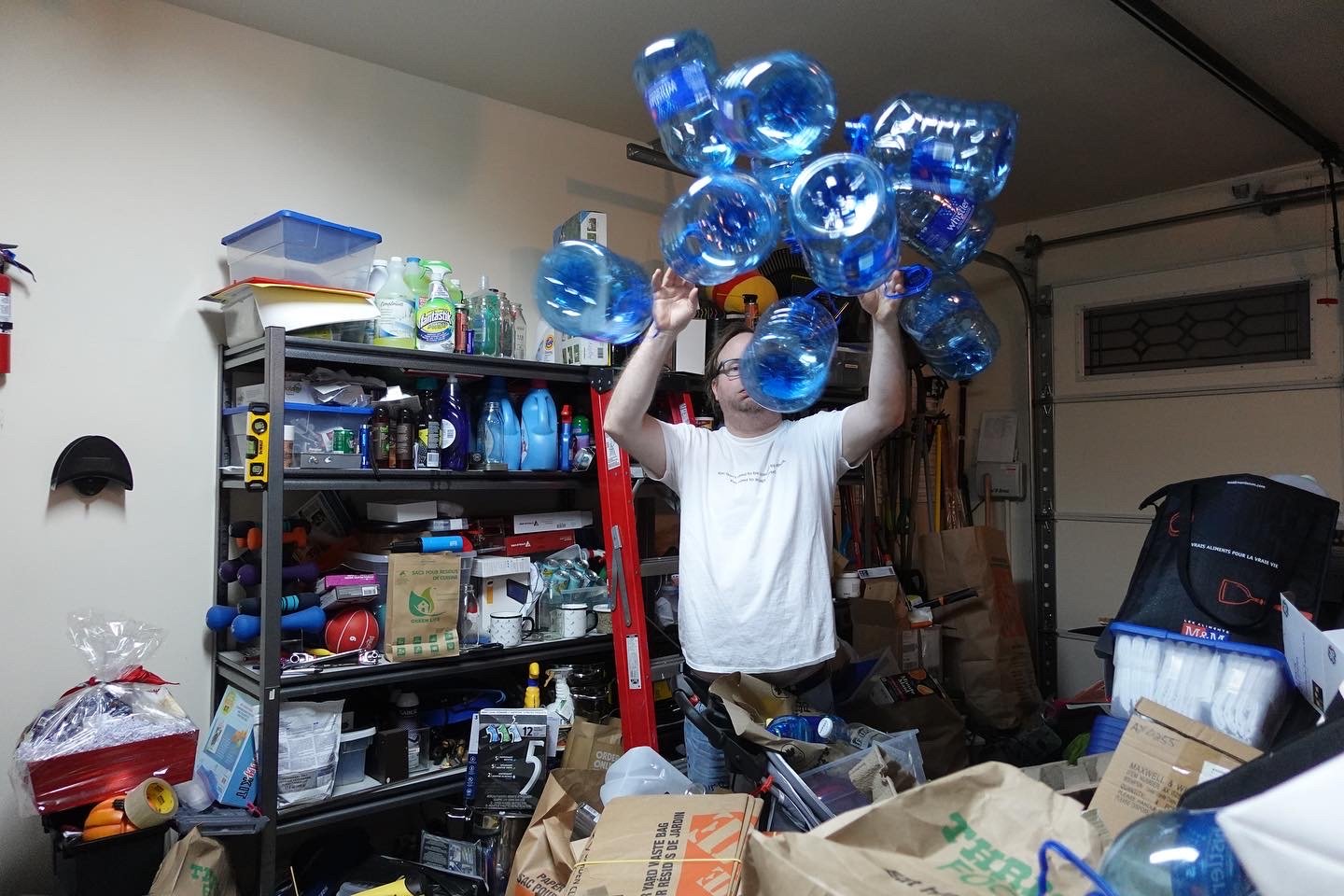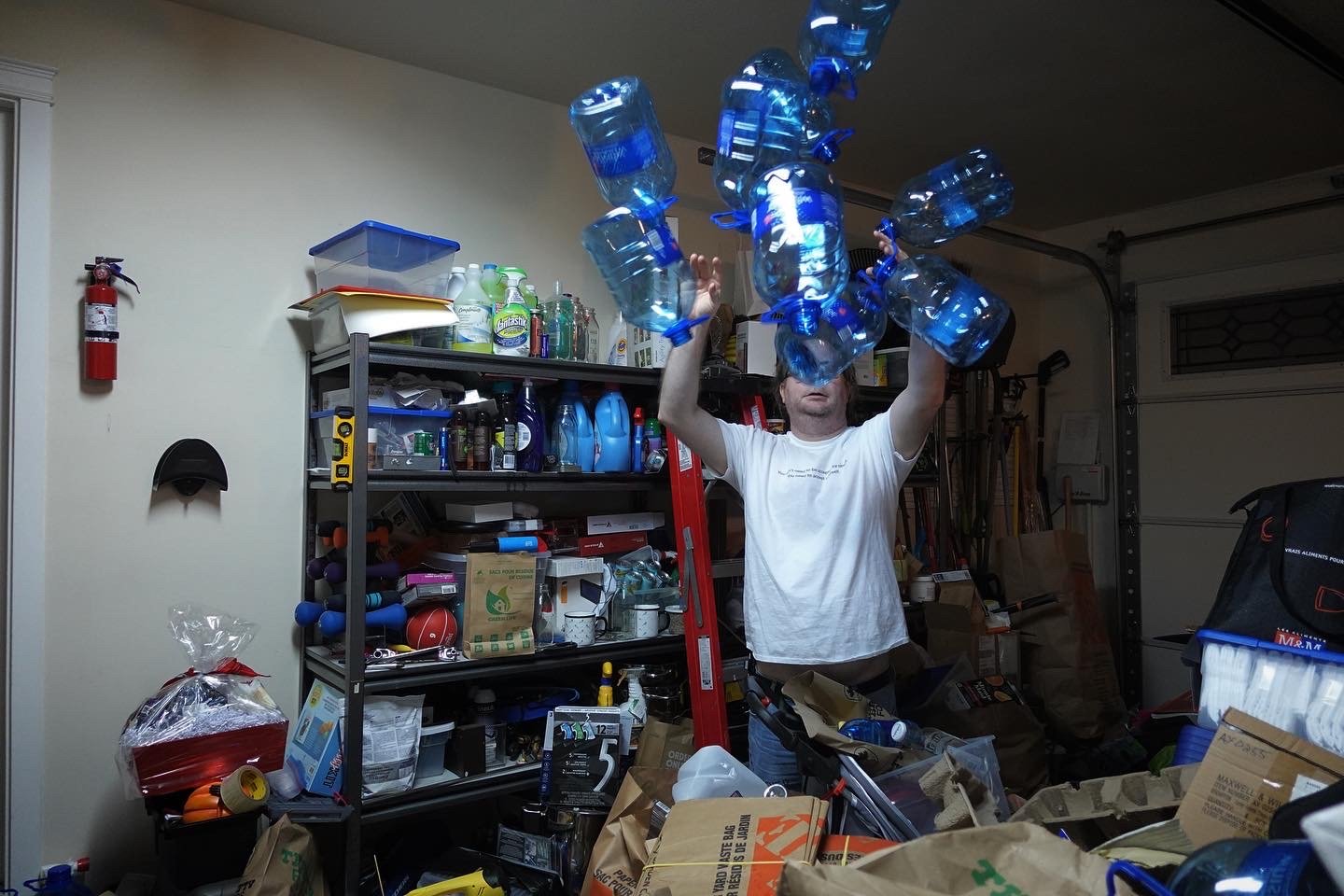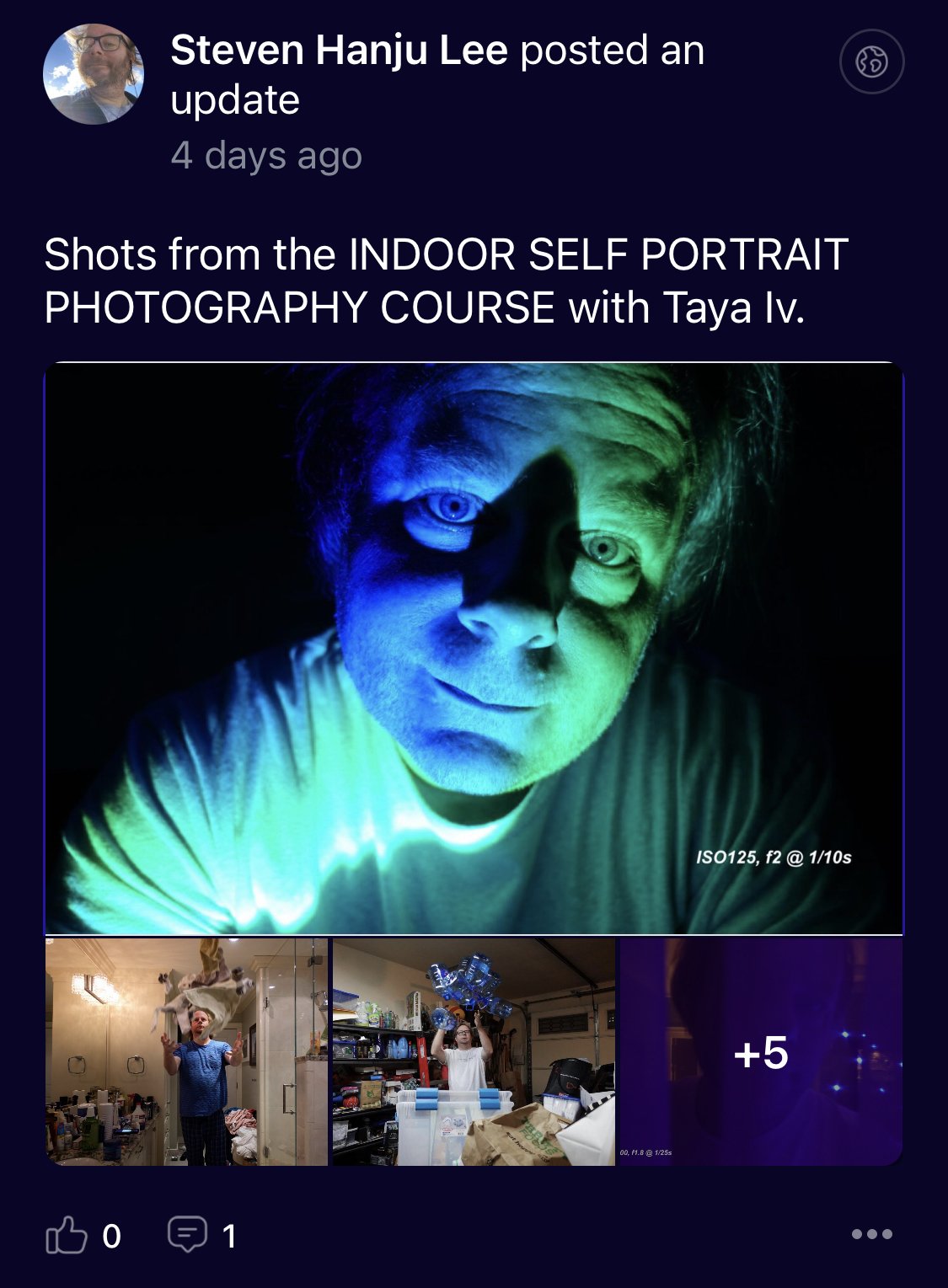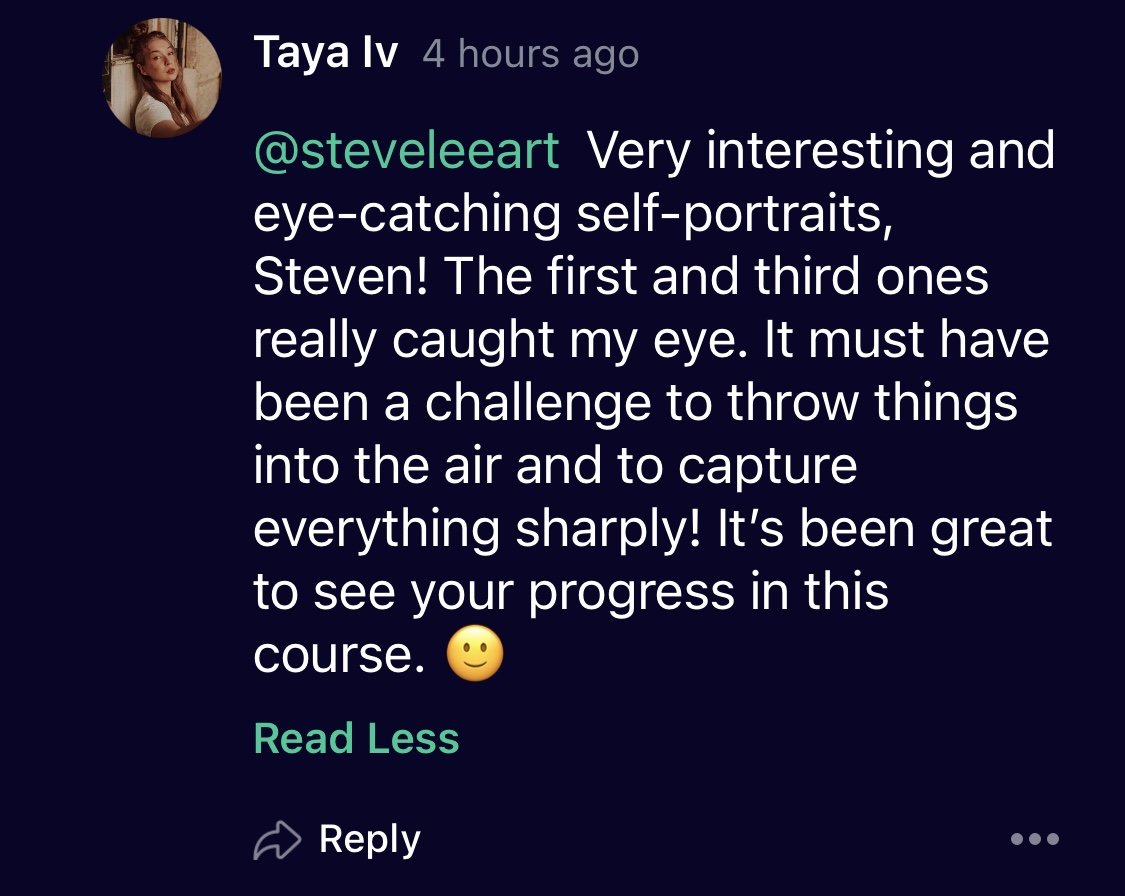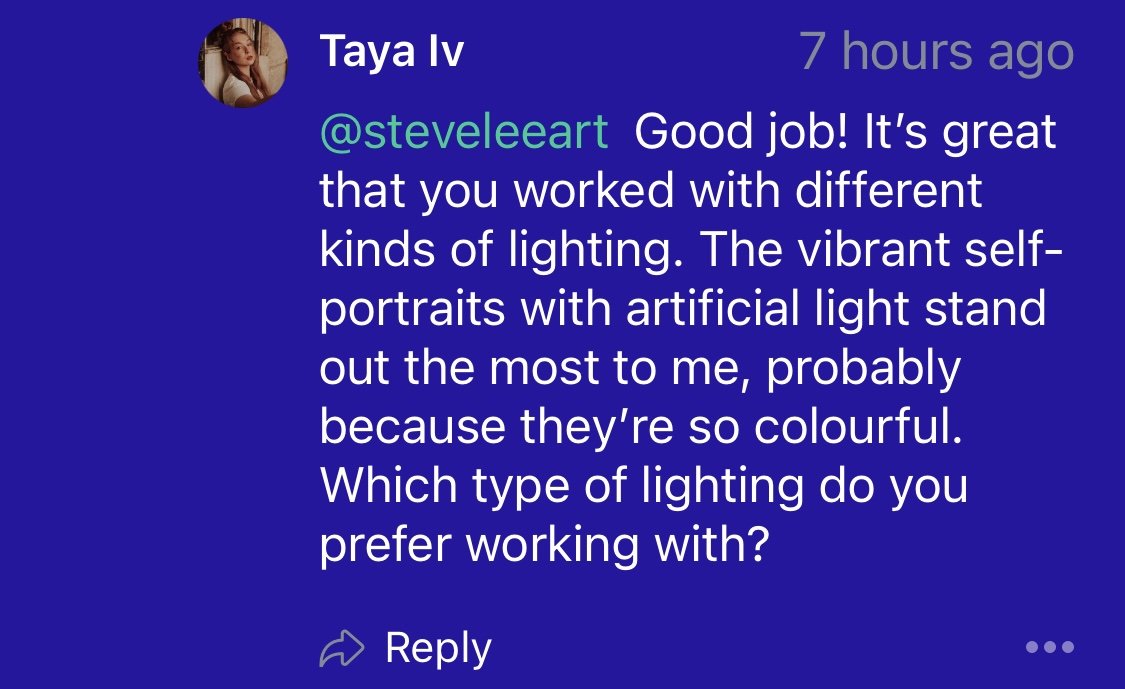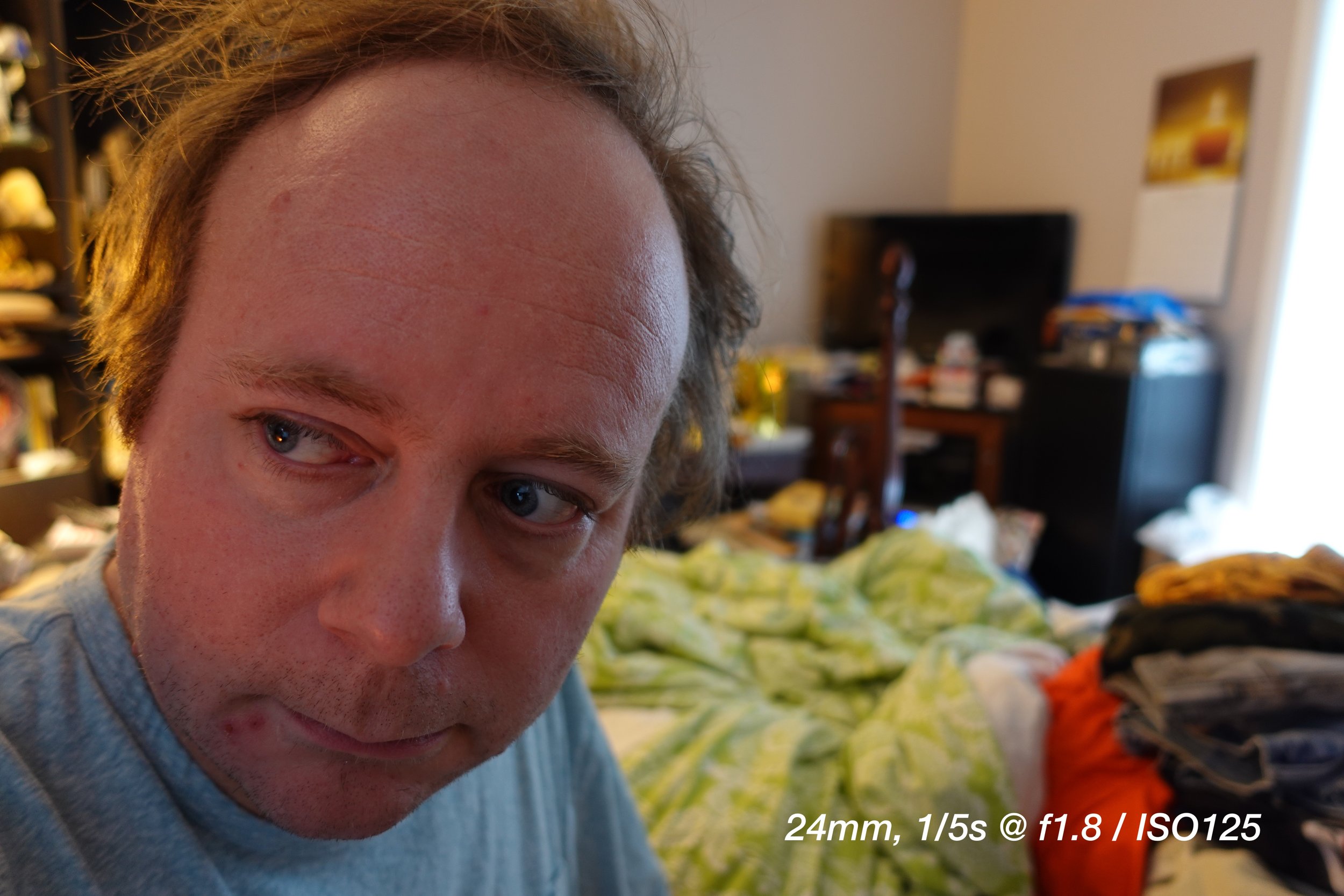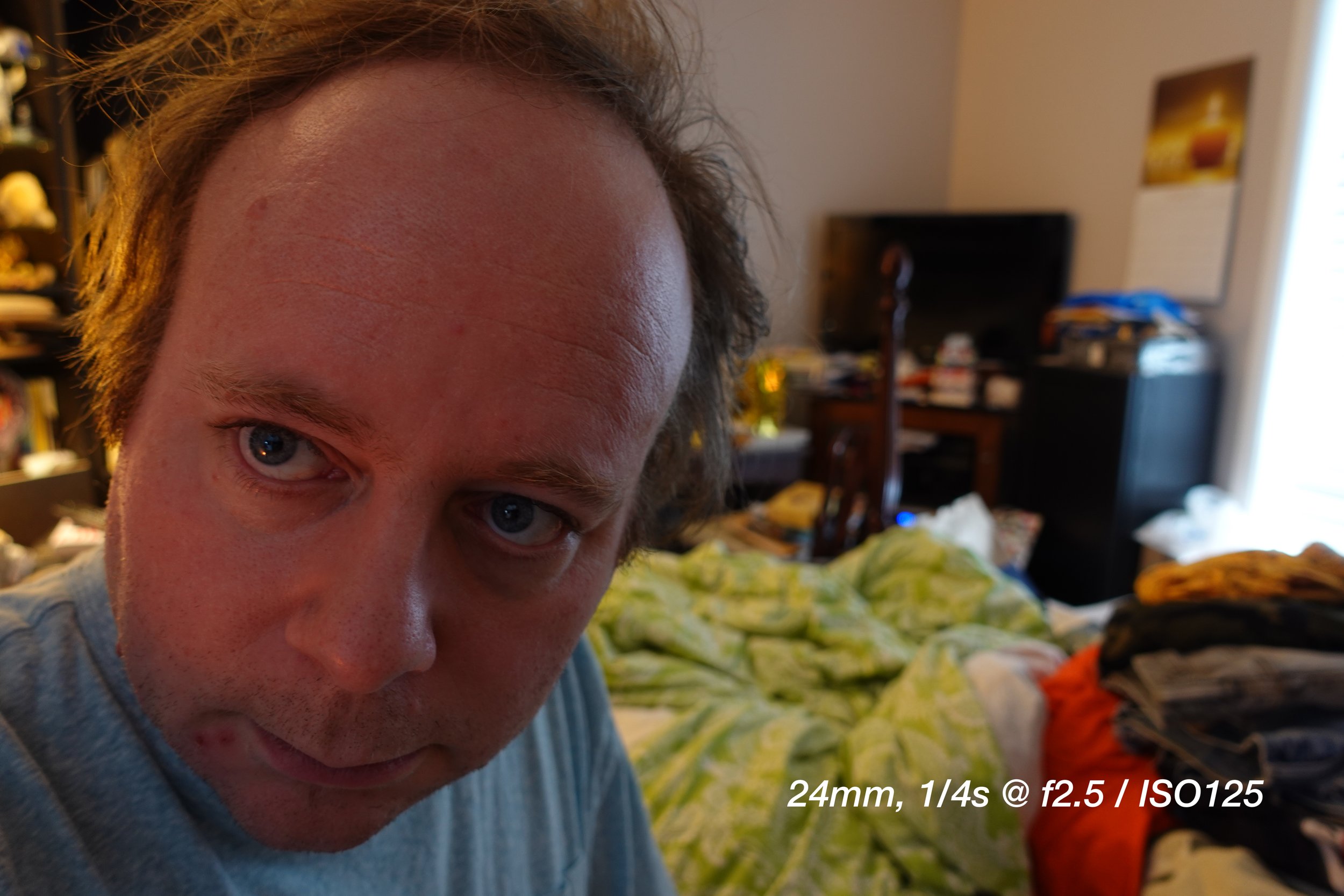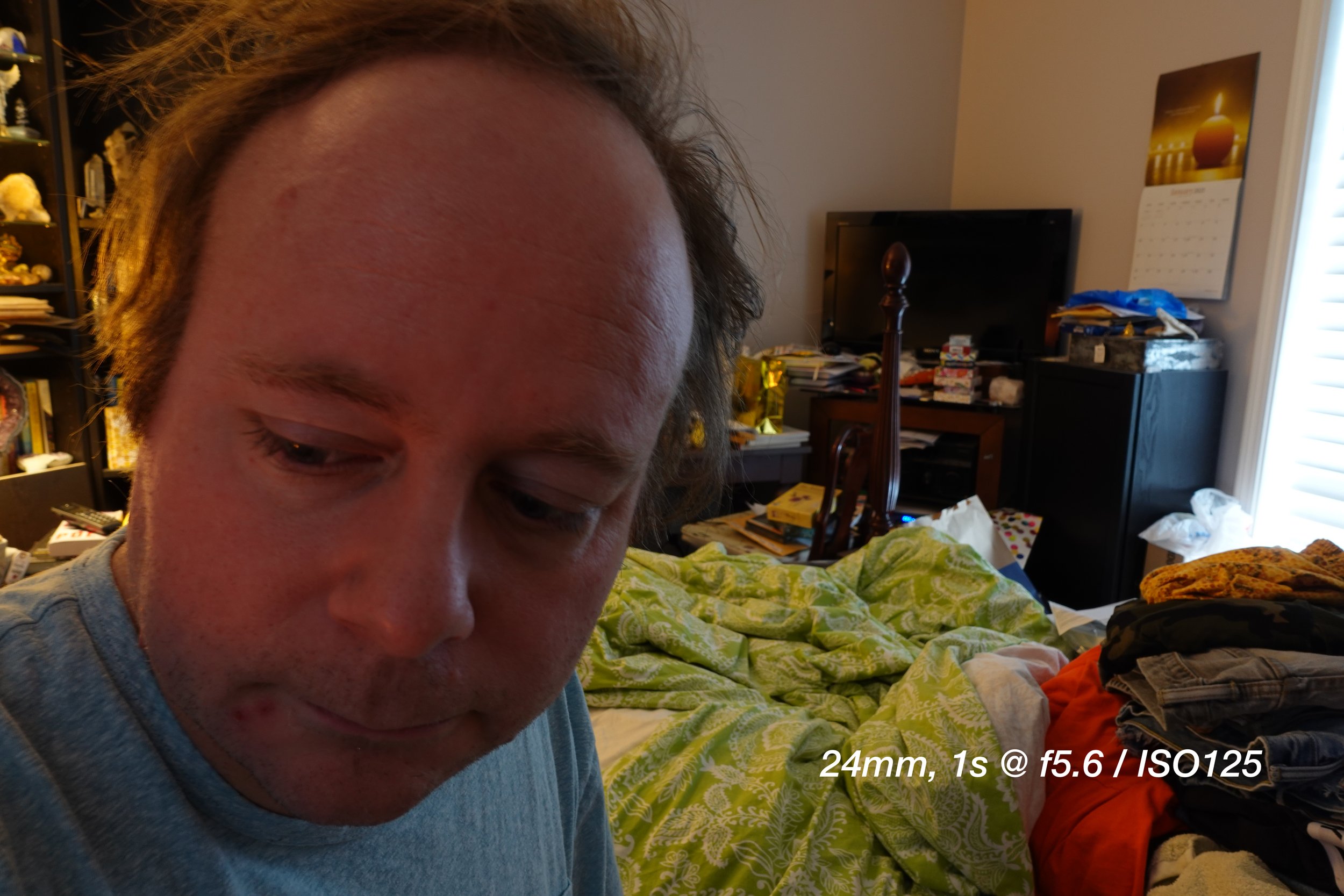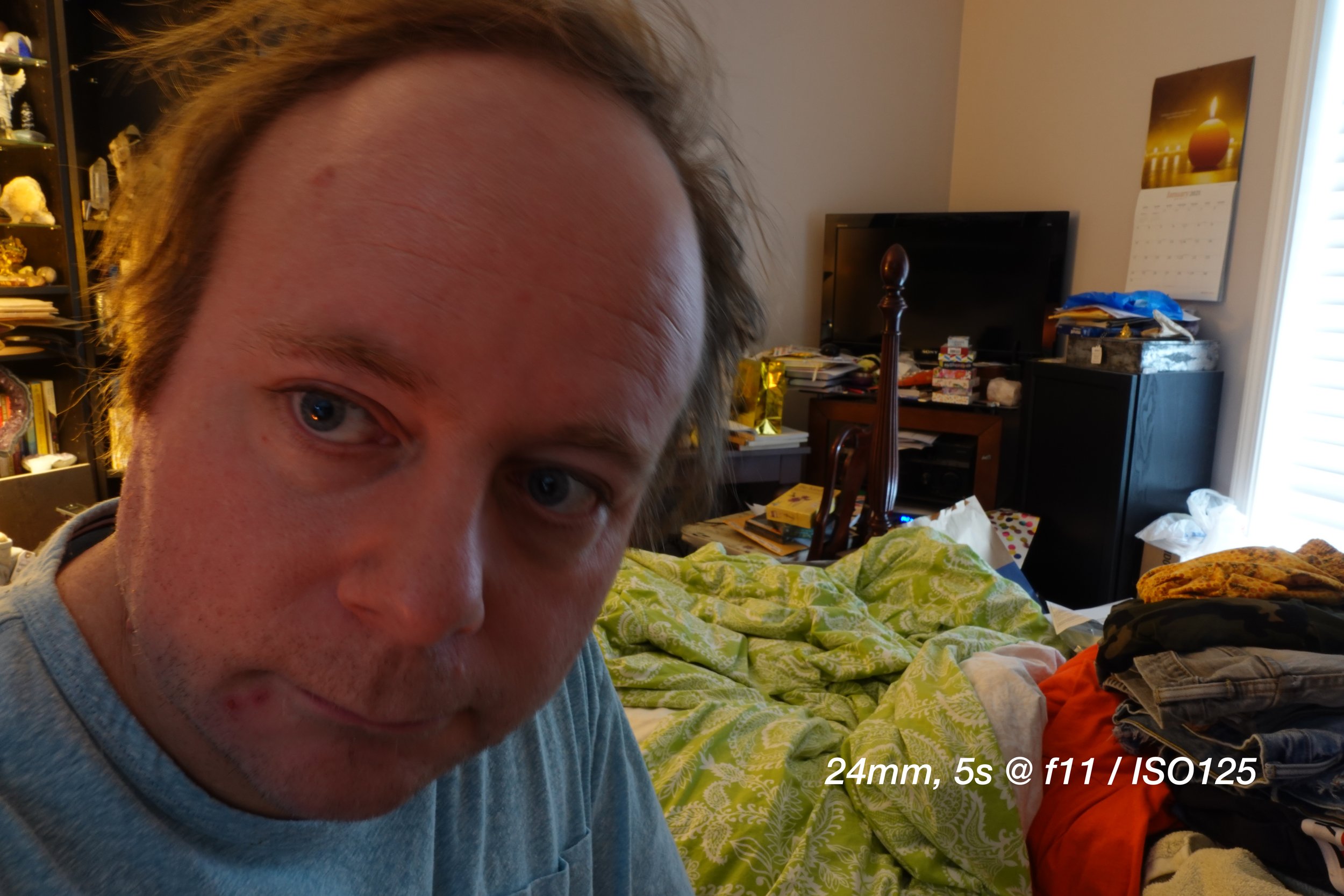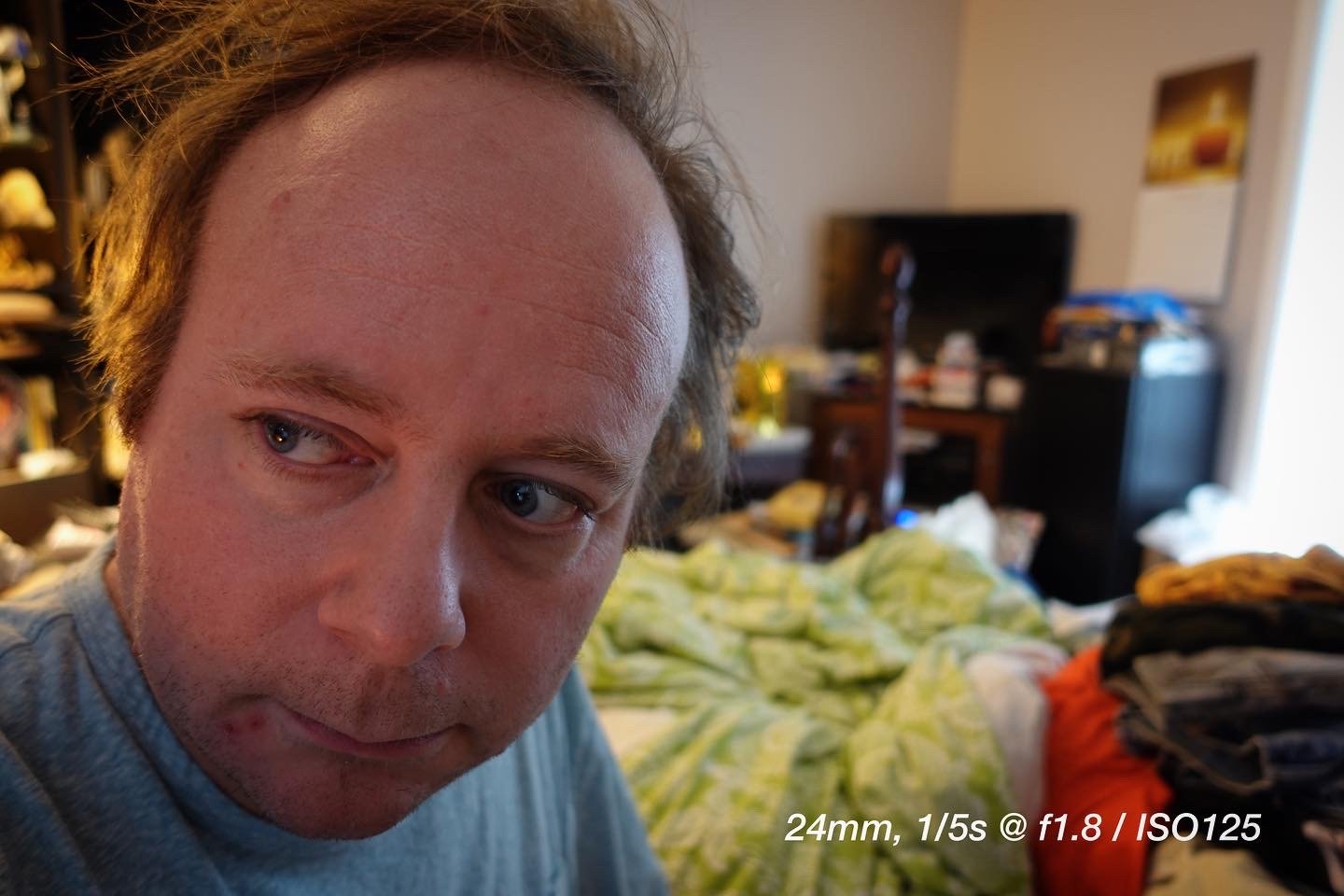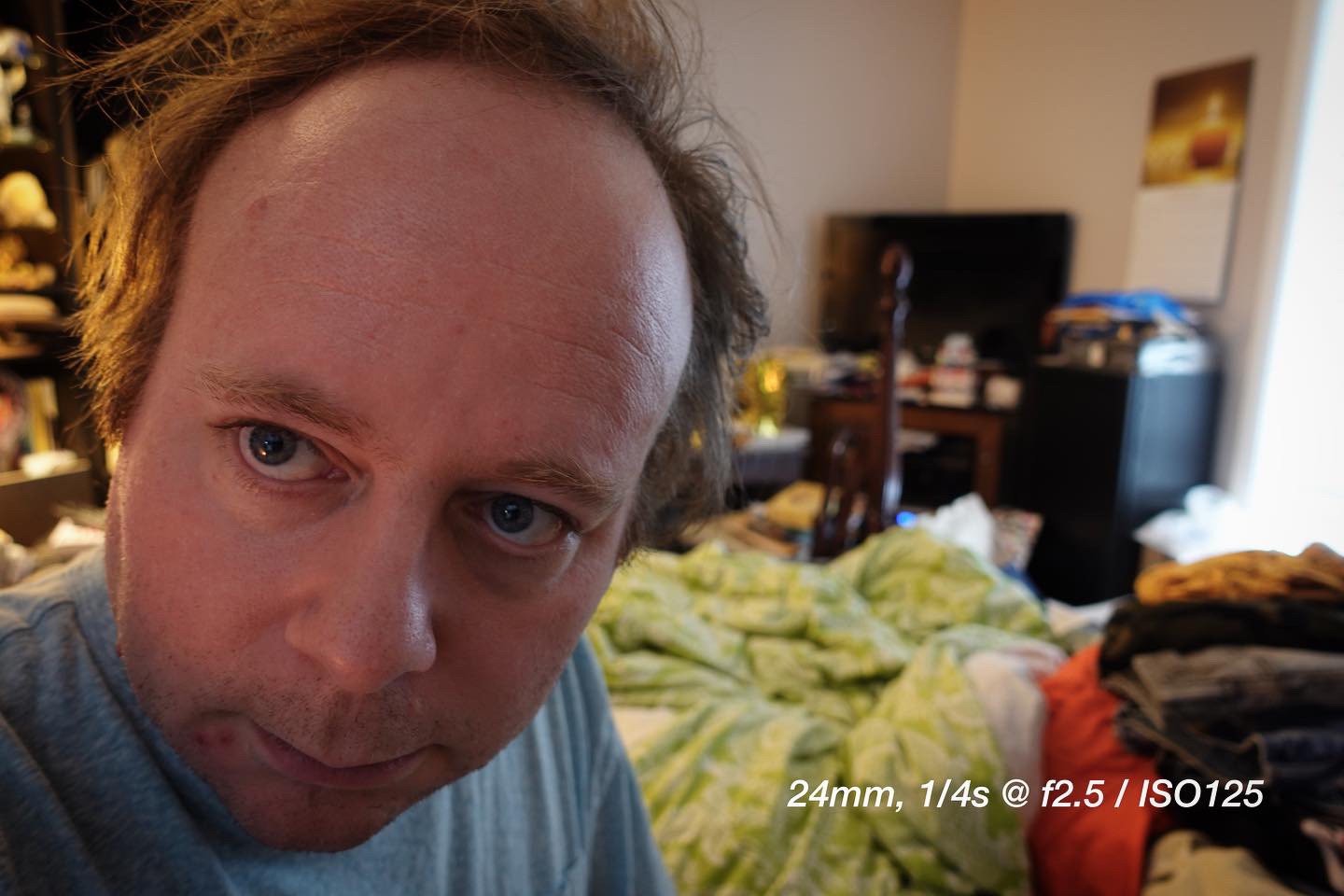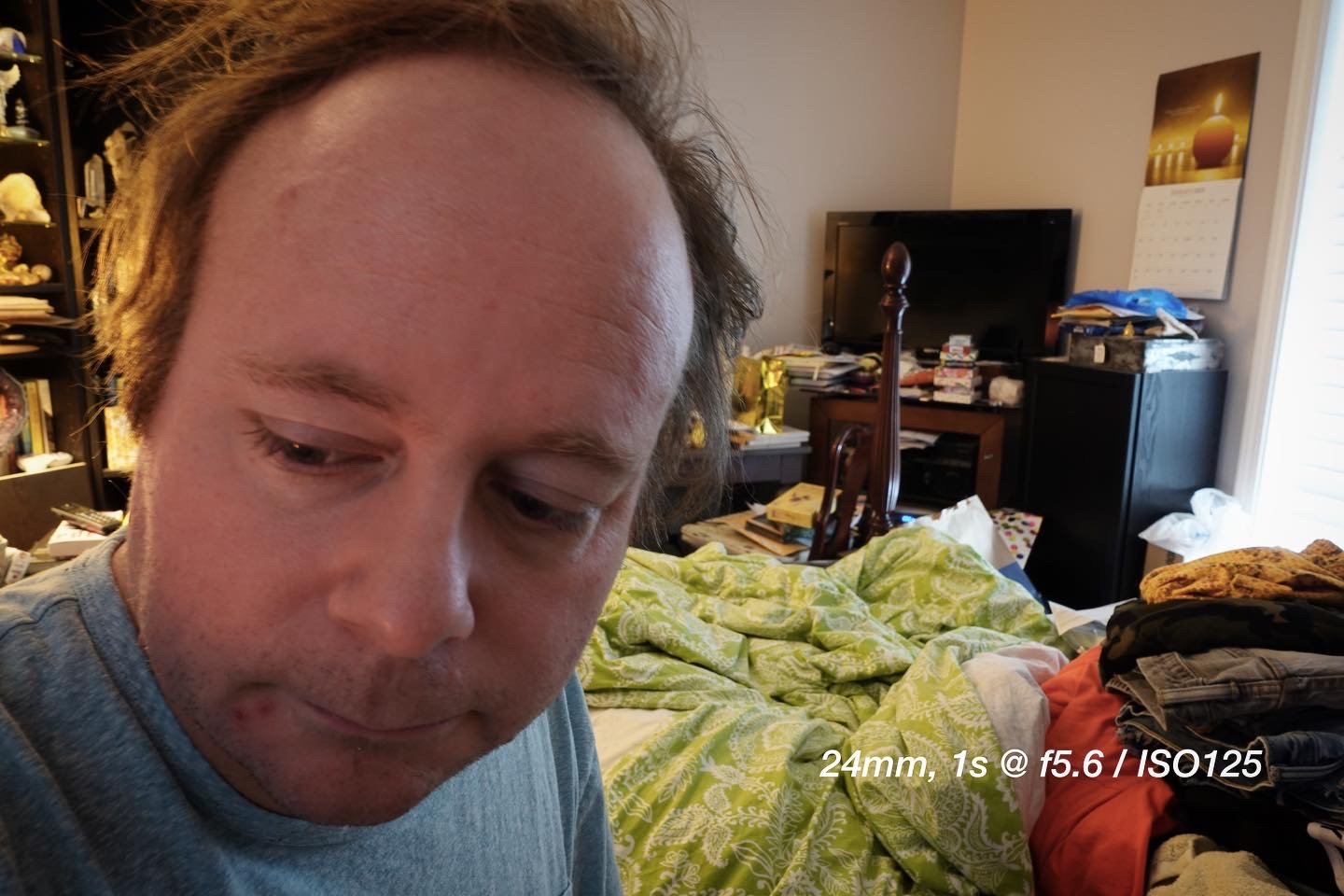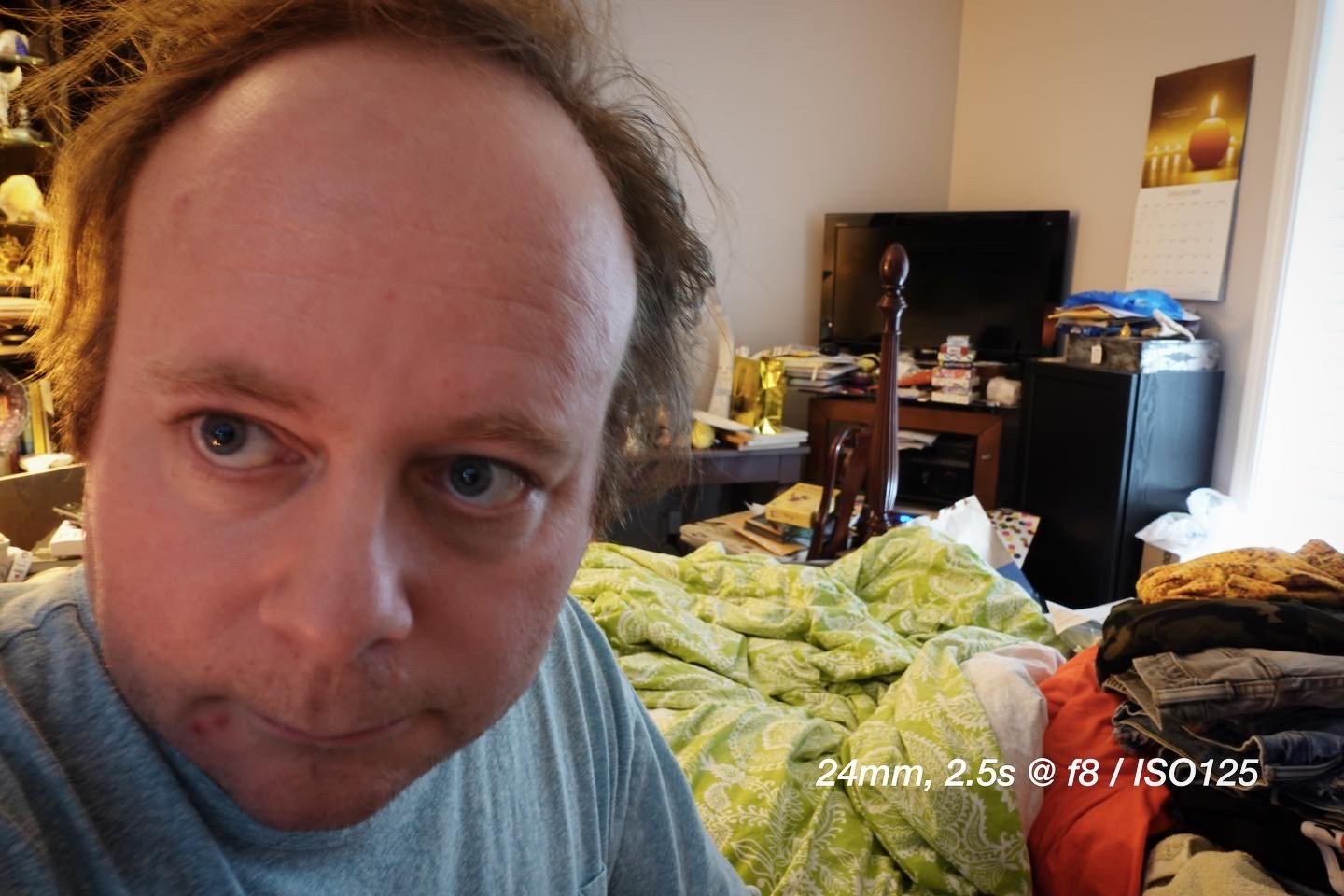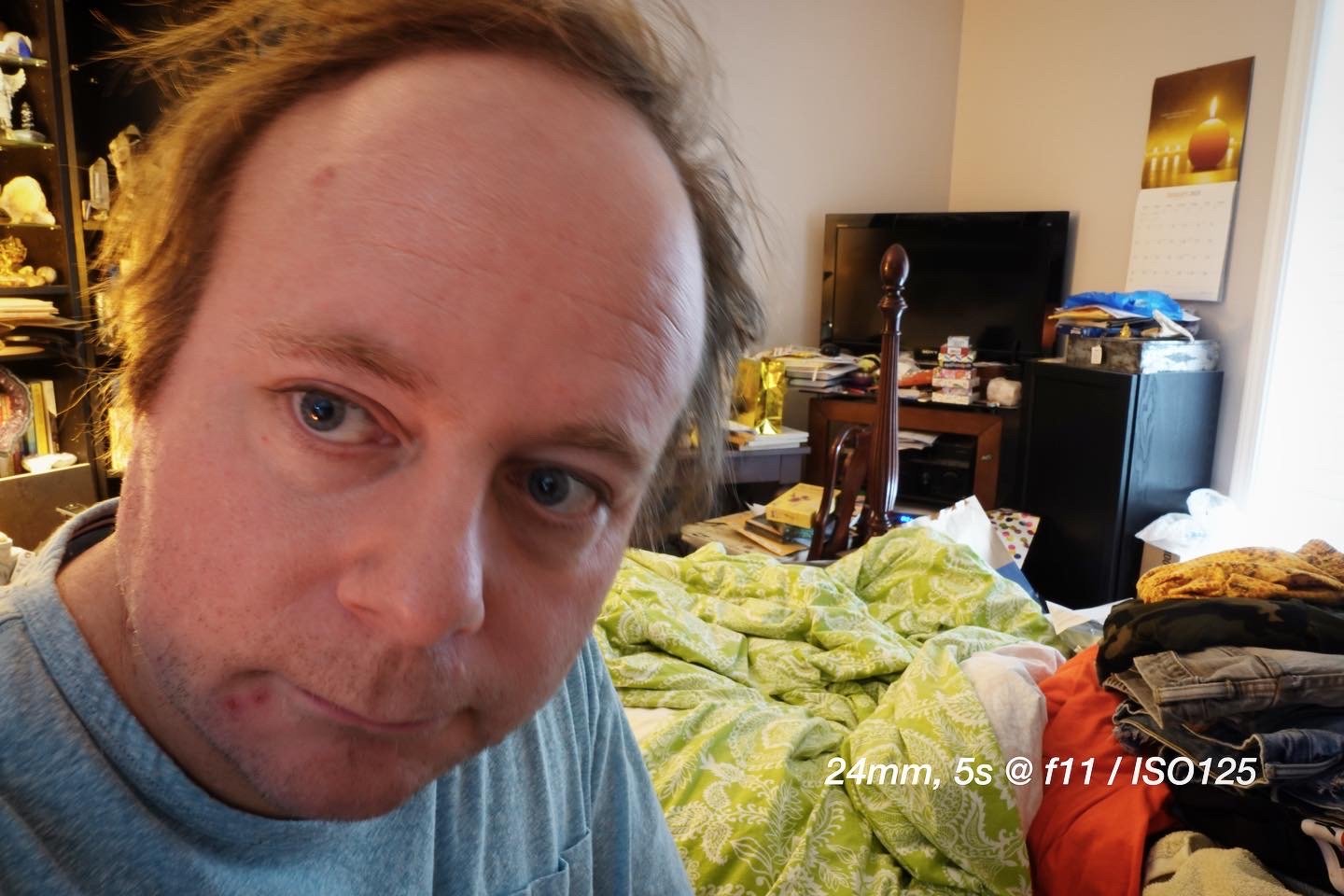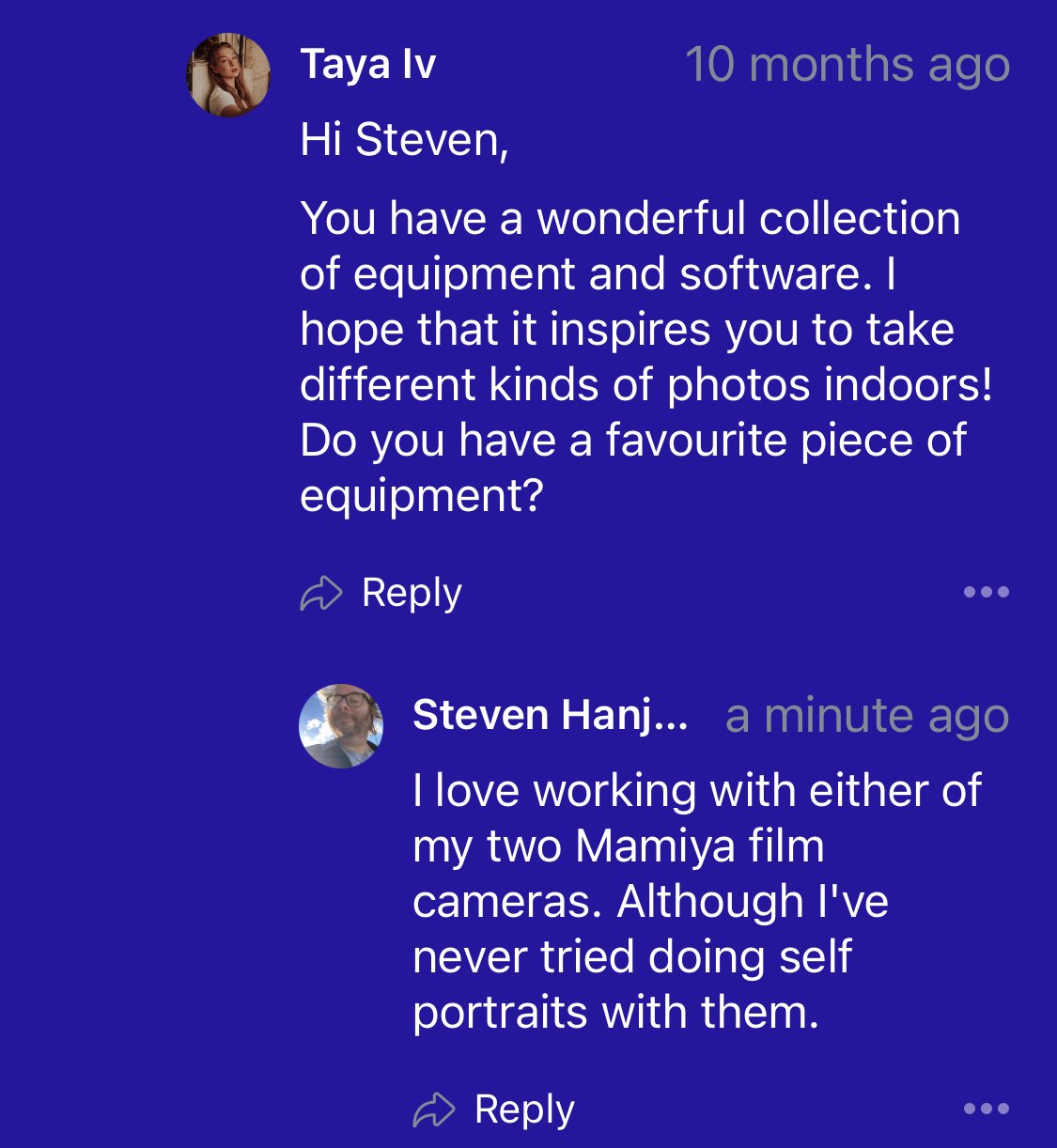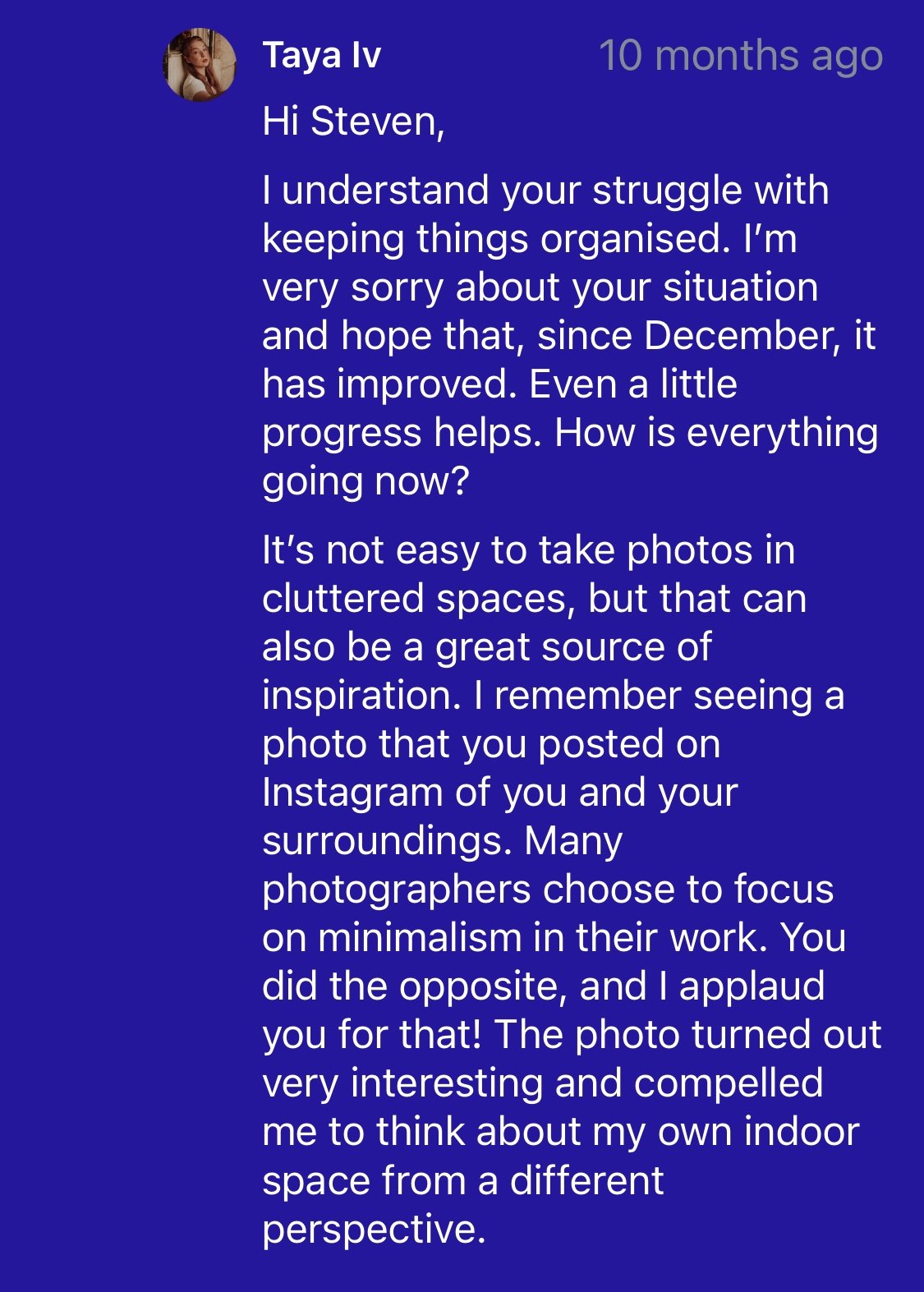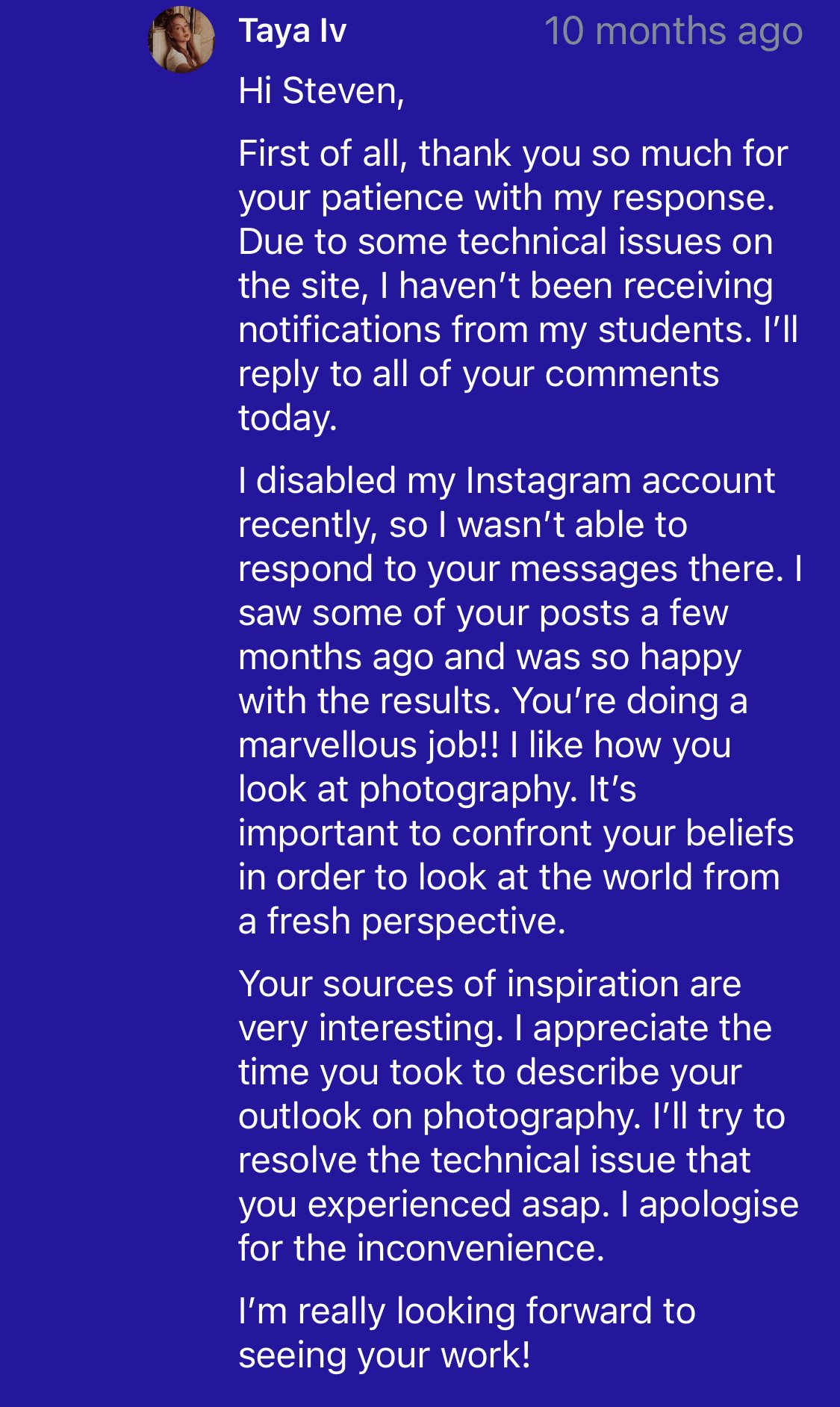In this unit, Taya Iv provided an overview of questions to ask that can help self-portrait photographers to tell meaningful stories about their lives. The following are brief notes I made in response to thinking about what the questions Iv posed might mean…
Questions to Consider…
What kind of a photographer am I? More of a planner or more spontaneous?
Planner: a person who makes plans. An organizer, developer.
Plan: drawings, diagrams. A method for achieving an end; a procedure, gold, and; a detailed program; the formulation of a program of action; intentions, to arrange; blueprints.
Spontaneous: performed or occurring as a result of a sudden, inner impulse or inclination, without pre-determination, or external stimulus; not contrived or manipulative; natural.
How can you plan your photographs or photo series more, both formally and conceptually? How can you randomly find inspiration and act on it quickly? How can inspiration and spontaneity impact a plan - is there flexibility built into a plan?
How do I want people to feel when they look at my work?
Emotional response? Feeling? General response? What can make something memorable? What can make things standout? Can there be subversive elements?
What story do I want to tell?
This question serves as a starting point, as it’s a foundational question from which everything else flows.
What themes can I explore? What obsessions can I explore?
THEME: the subject of a talk, a piece of writing, a persons, thoughts, or an exhibition, a topic. An idea that recurs in or pervades a work of art or literature. HE MAIN SUBJECT. A unifying idea, motif, repeated, or developed throughout of work.
Examples of themes: family; struggle; the American dream; wealth; in humanity; loneliness; friendship; free will versus fate; hope; culture, time, continuity, and change; people, places, environment; individual development, and identity; individuals, groups, and institutions; power, authority, and governance; science, technology, and society; production, distribution, and consumption; solitude; discovery; political ideologies.
I made the following comment on the discussion forum on the photographycourse.net website for this unit… “I’ve watched the main video a few times now and think that part of the discussion that gets into double exposure answers a separate question that could flow from “WHAT STORY DO I WANT TO TELL?” And that is - “HOW DO I WANT TO TELL THIS STORY?” So it would help one pick apart the various formal and technical choices one could make to help explore the themes one brainstorms and discovers in the first question. For example, I identified wanting to explore the theme or idea of how anxiety and depression have impacted my life. How I explore this theme could be by creating photographs that utilize chiaroscuro lighting to emphasize how alone I feel. Or I could use double exposures to contrast how I appear to the world versus how I feel inside.”
How do I want to tell this story?
My answers to the questions posed…
WHAT STORY DO I WANT TO TELL?
Right now, I want to continue my exploration of my anxiety and my major depressive disorder. I want to explore how they have wrecked havoc on my life. But, more importantly, I want to explore ways that I am working to overcome all of this.
HOW DO I WANT TO TELL THE STORY?
I want to continue trying all of the techniques being explored in this course. I want to continue to expand and grow as a photographer by being able to use and have at my disposal. A large took care of creative techniques that I can play with in my photography.
HOW DO I WANT PEOPLE TO FEEL WHEN THEY LOOK AT MY WORK?
I want people to empathize with what individuals experience when they suffer from mental illness. But I don’t want to push them away either. I want to challenge people, but I also want to give them a chance to breathe.
WHAT KIND OF PHOTOGRAPHER AM I? AM I A PLANNER OR AM I SPONTANEOUS?
Like Iv, I am a bit of both, but I usually lean to be more spontaneous, especially when it comes to being open to change due to unforeseen circumstances. Planning is good, especially if it is an ongoing process of reflection and exploration. Using Pinterest, for example, can be a creative way of arranging and organizing, inspiring photos, that service ways of finding a direction, or for sharing a vision or style to others, who might be helping on a shoot.
INSTRUCTOR FEEDBACK…
Photo Exercise…
As one example of how one could tell a story, Iv discussed how some cameras have the ability to create double exposures in-camera. My #Sony @sony @sonyalpha #a7rii does have this function so I tried it out… having said that I didn’t keep track of which photo used which available style, although I think it was as follows:
PHOTOS 1 & 2: “Easy Silhouette”
PHOTO 3: “Texture”
PHOTO 4: Either “Rotate” or “Soft Filter”
PHOTO 5: “Sky”
I’m going to play with my in-camera apps more in the weeks to come and will keep better notes at that time.
I also found with my red shirt and the red tablecloth, the final images felt saturated, and high contrast, which sometimes I don’t mind but I toned it down here.
These photos were also posted to Instagram.
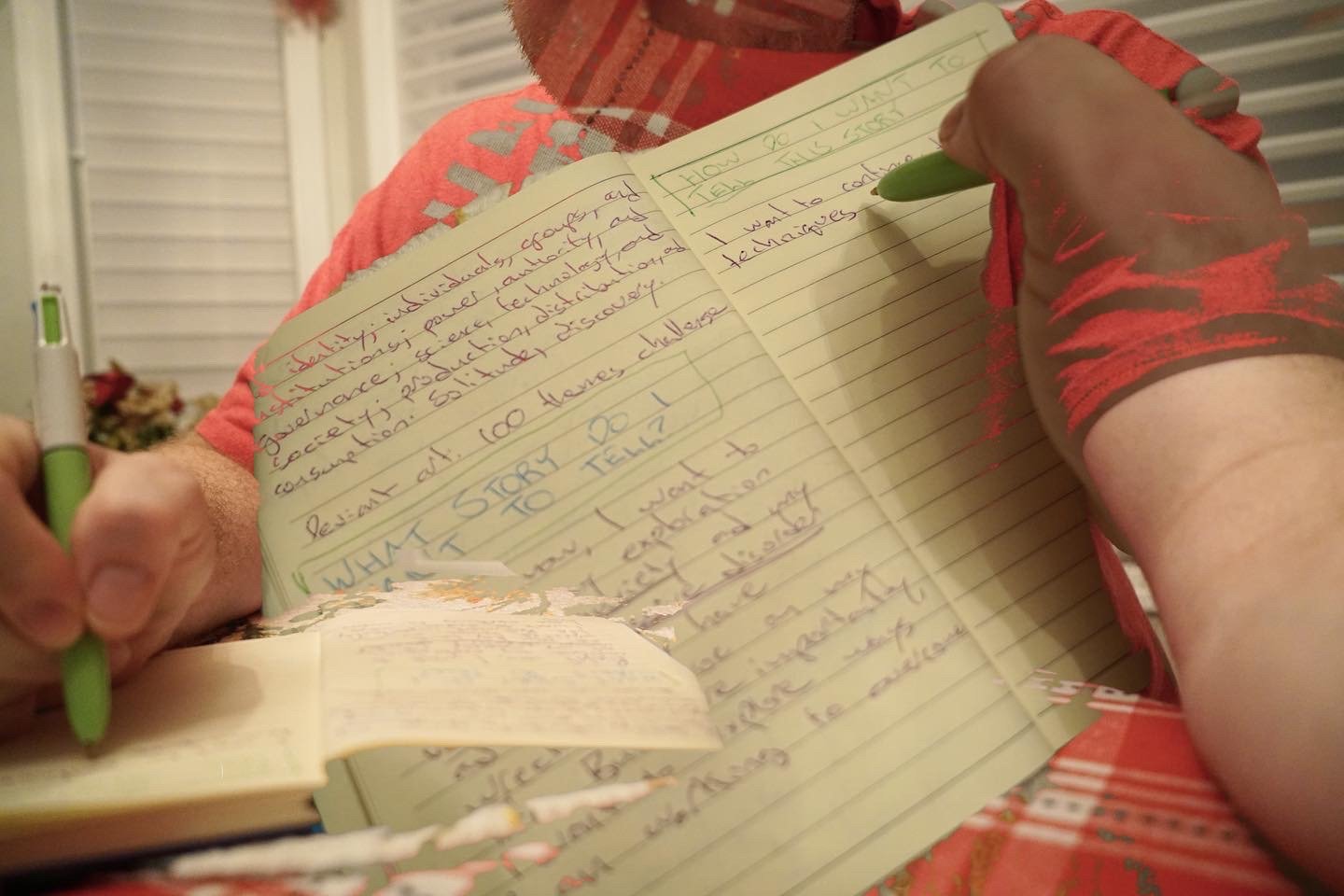
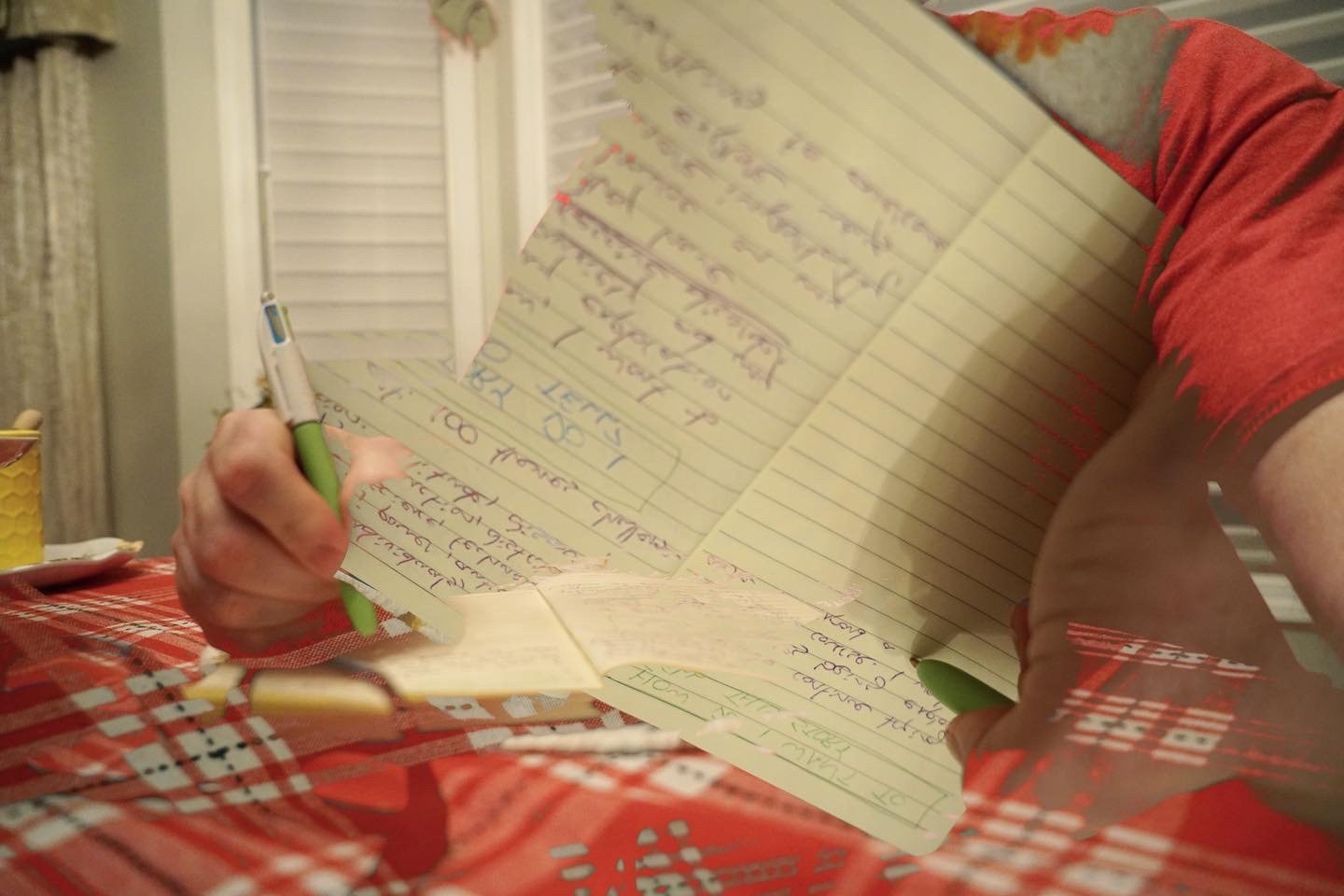
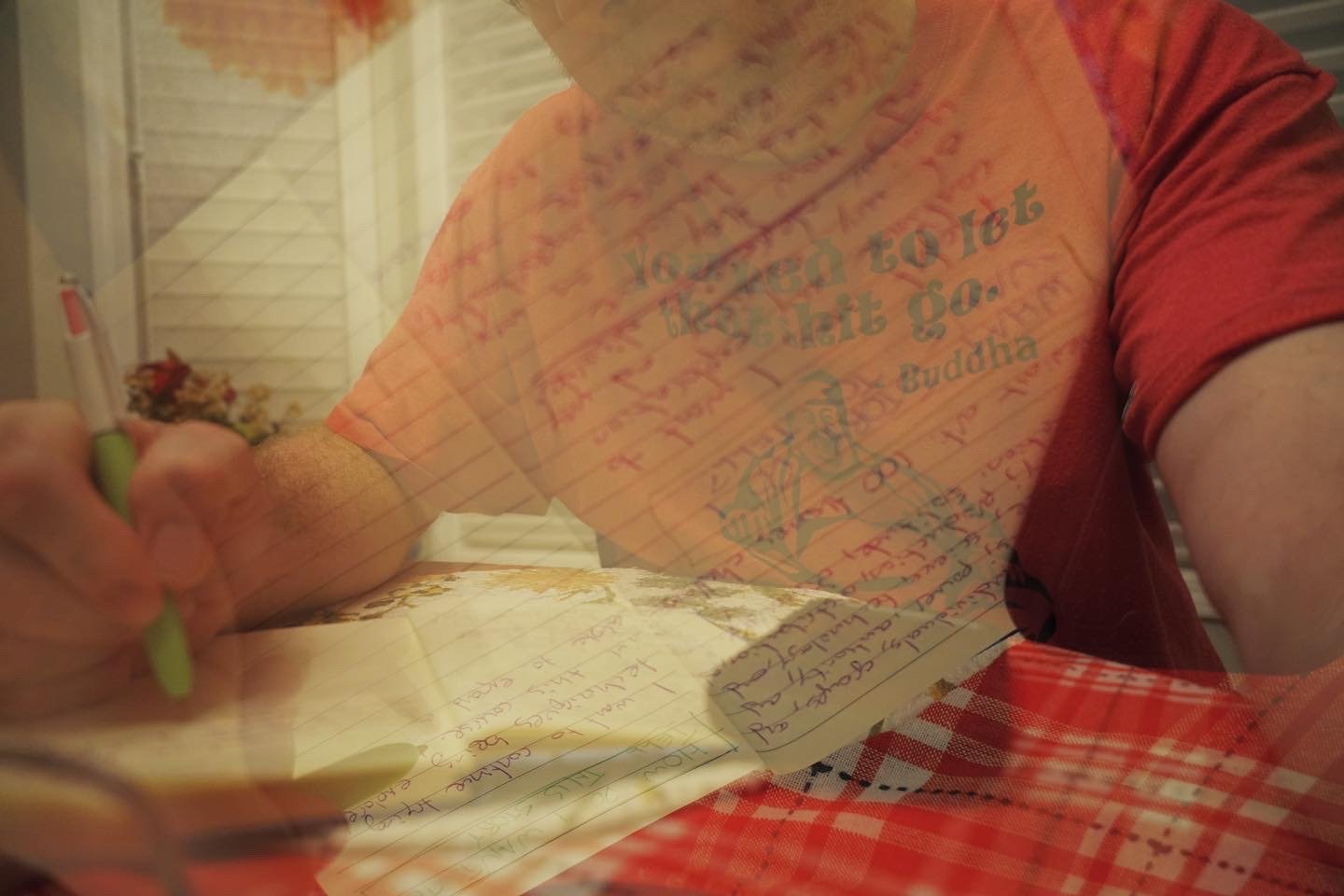
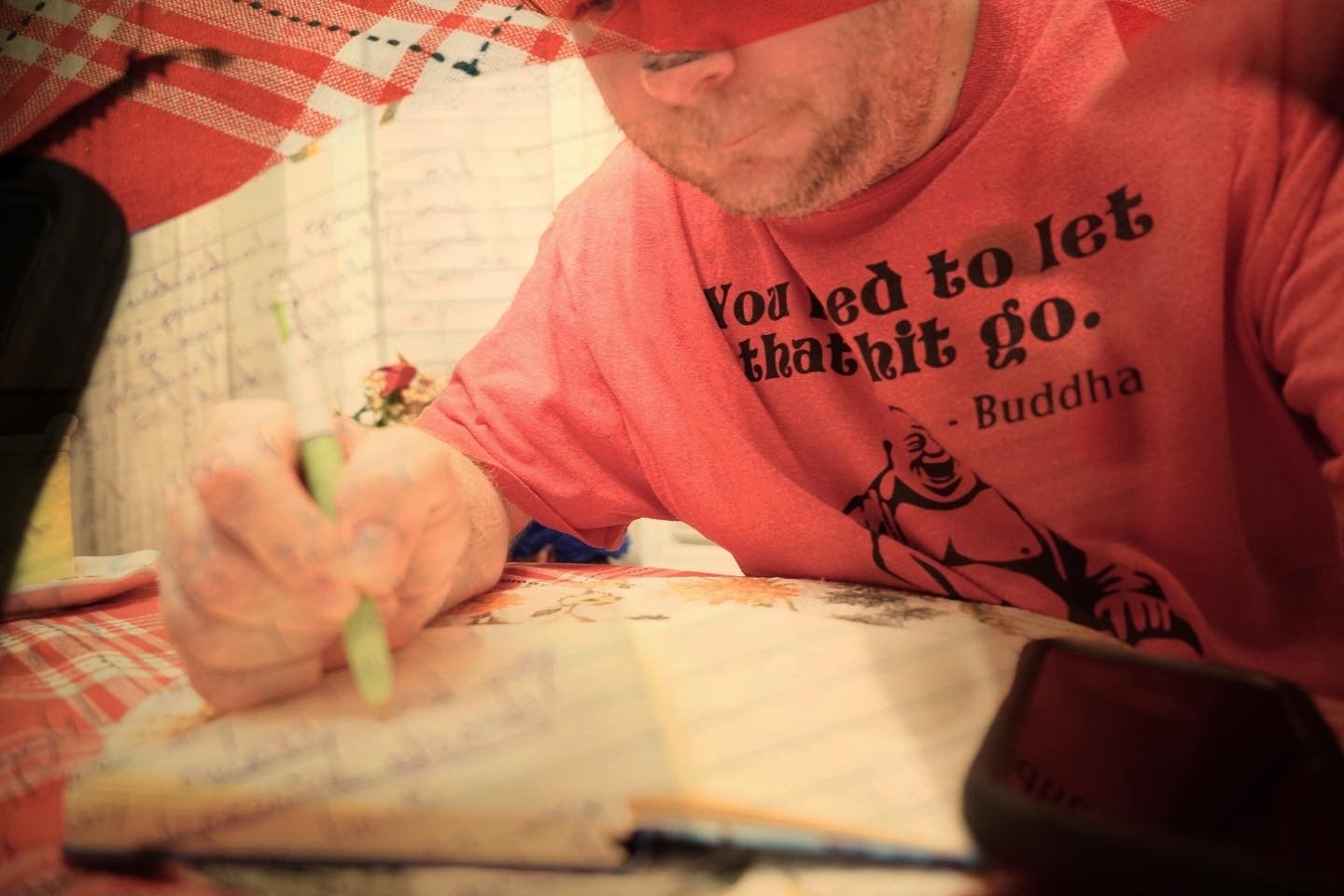
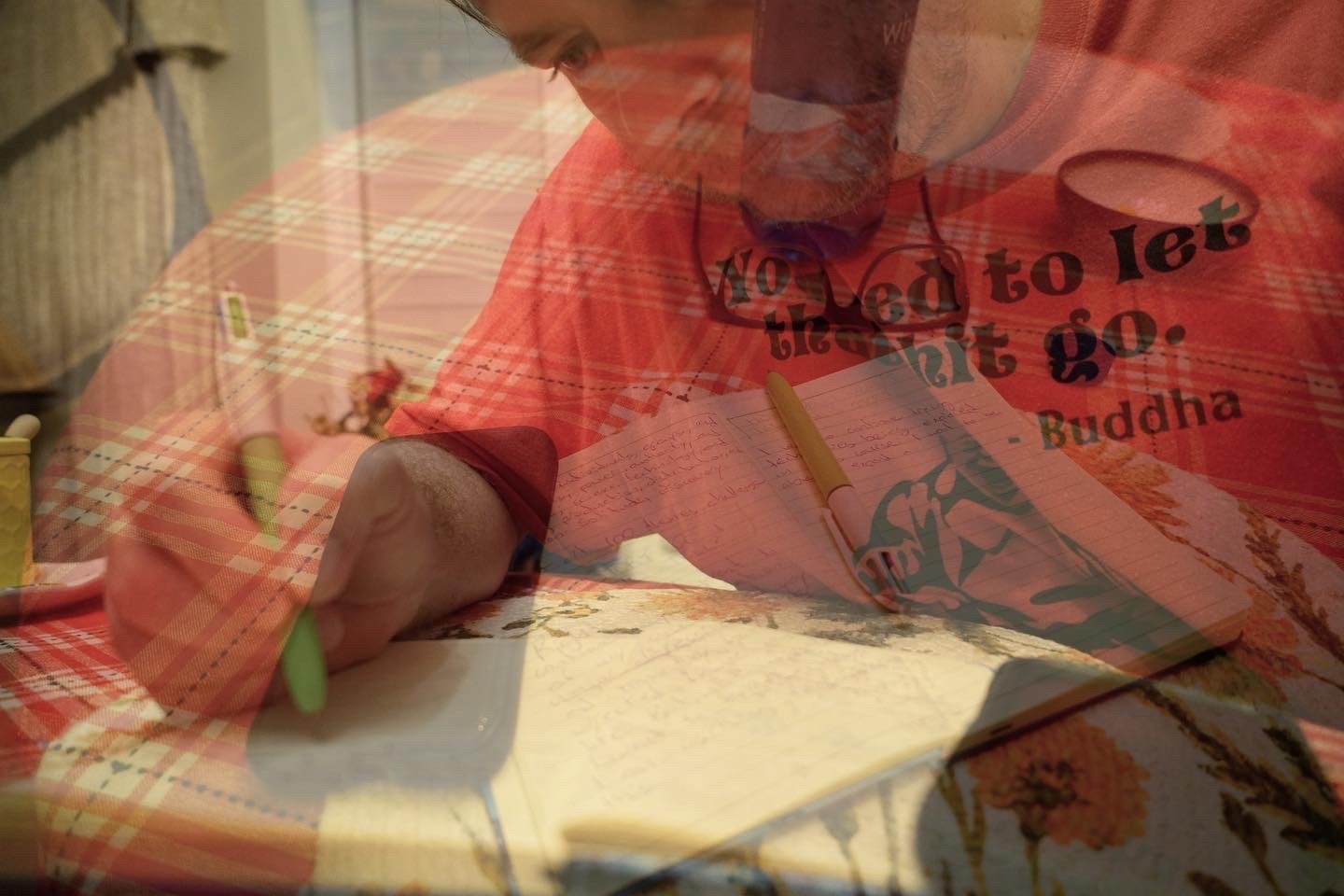
Instructor Feedback…
Extras…
The following is a post I made on the discussion board for this unit Taya Iv’s SELF PORTRAIT course…
“I’m also studying writing and there’s an excellent book on writing by Natalie Goldberg, called WRITING DOWN THE BONES, and she has many others including a direct follow up called WILD MIND. And while she looks at the creative process through the lens of writing, what she discusses is applicable to any creative process such as photography (she also paints and has a book about that as well and being about painting, a visual medium, that might have insights closer to photography). Anyway in crafting stories she brings up the idea of thinking about our obsessions as a place of inspiration for writing. And I think as you brainstorm about ideas for stories related to things you might want to consider looking at your obsessions as being something you want to photograph, especially since we are talking about portraying the self. Goldberg’s books are all available on kindle and audible, she reads most of them and she’s wonderful to listen to. She also did a talk with Julia Cameron, author of THE ARTISTS WAY, which was all about the creative process.
On CreativeLive, Joyce Maynard has some great workshops you can listen to, one on memoir, and another on personal essays. Yes, it’s on writing but she has some great ways to reflect internally, and how to process ideas, and I think they can be applicable for finding ways into self portrait photography. She also talks about obsessions!
Anyway attached is a screenshot of Goldberg’s obsessions chapter from WRITING DOWN THE BONES.”
Porter, Evan. How to write a theme statement. Words by Evan Porter, 09 Jun 2017.
